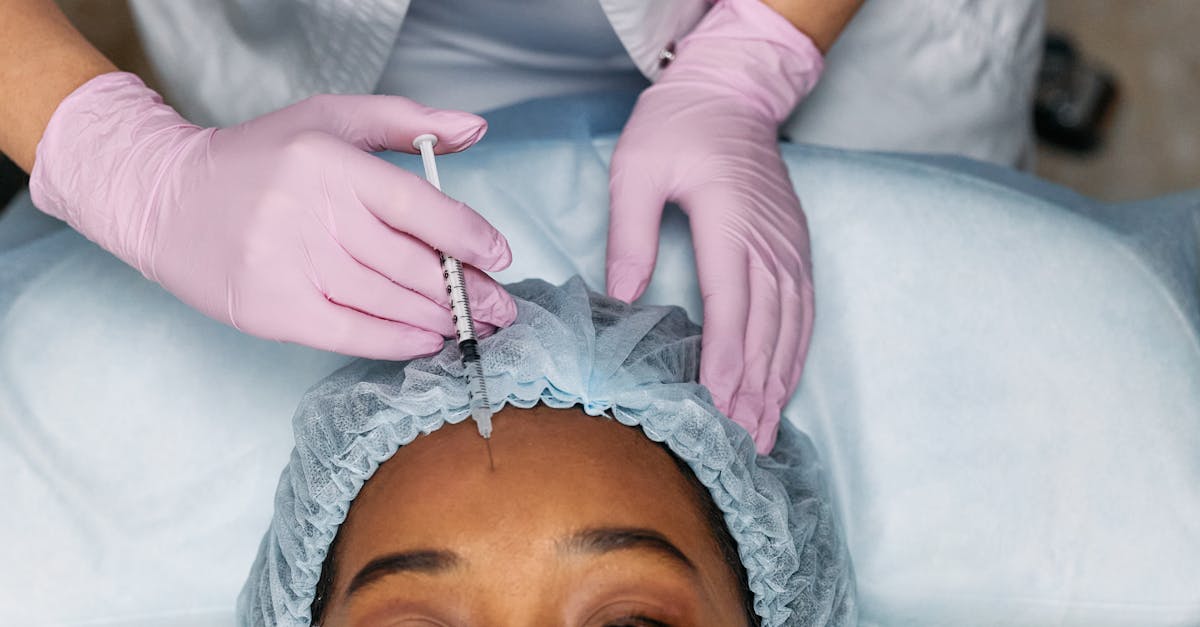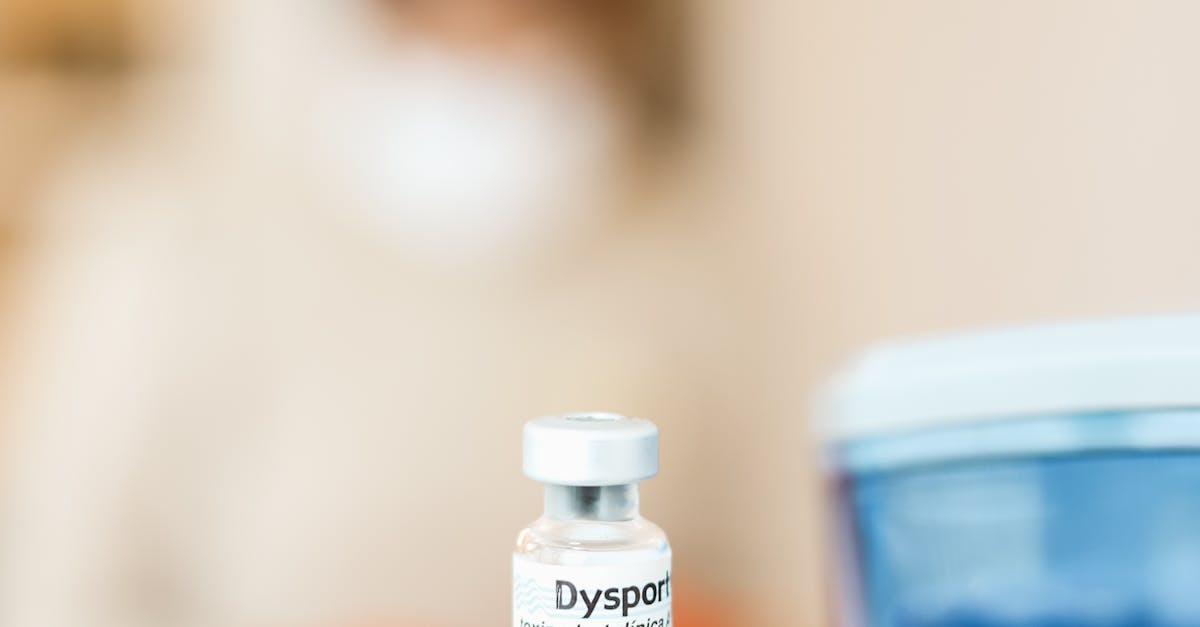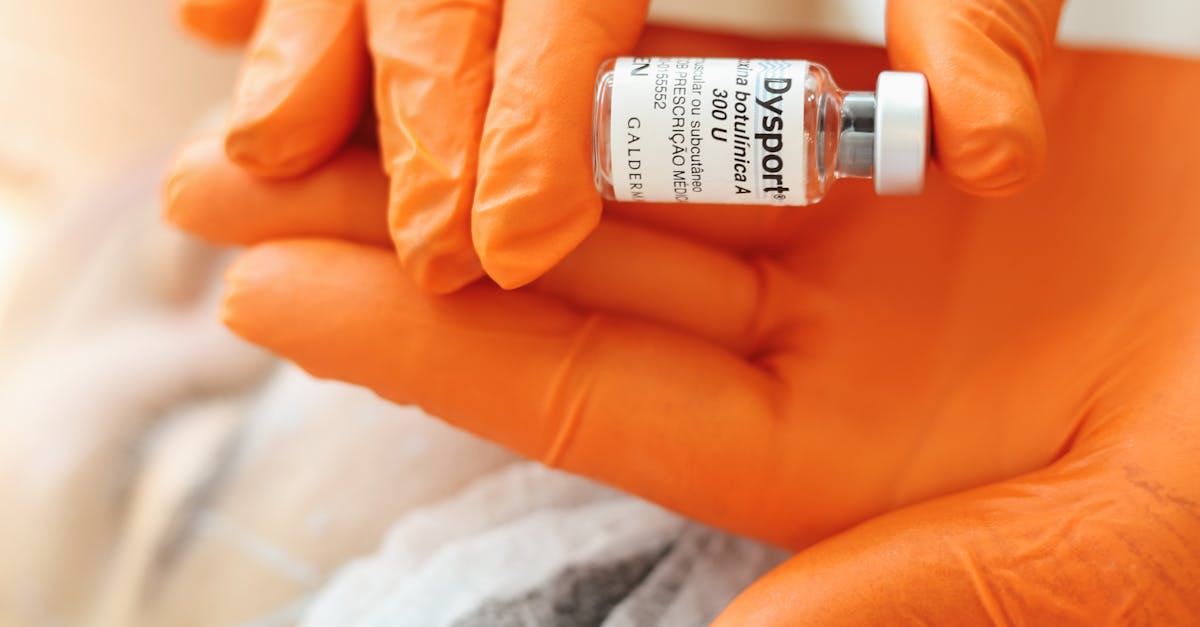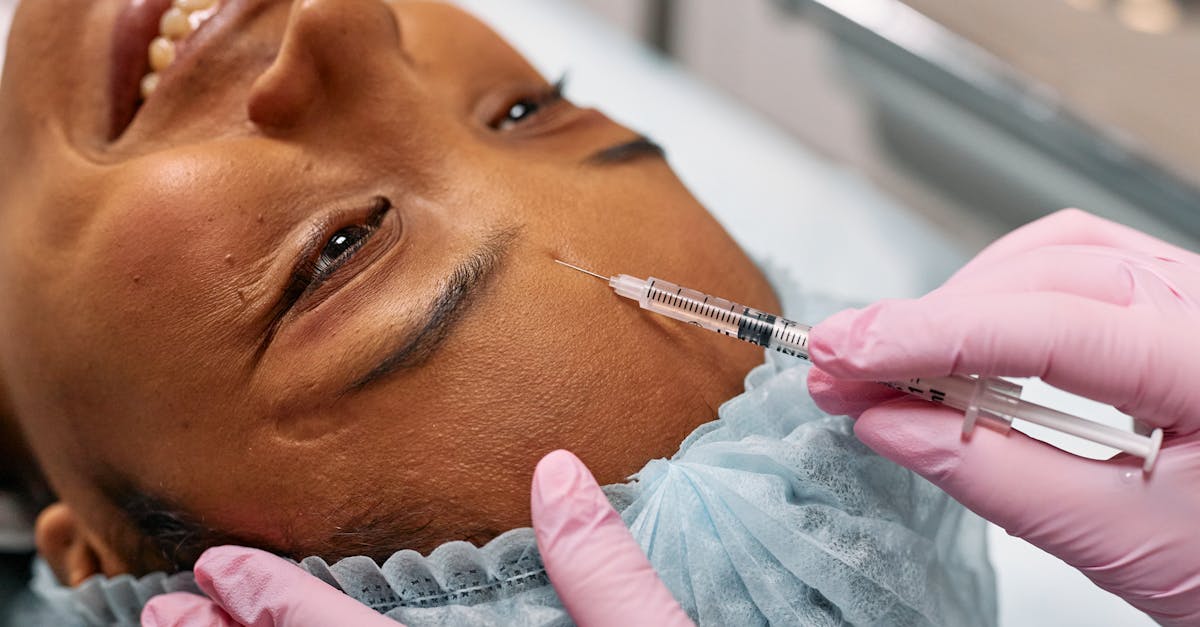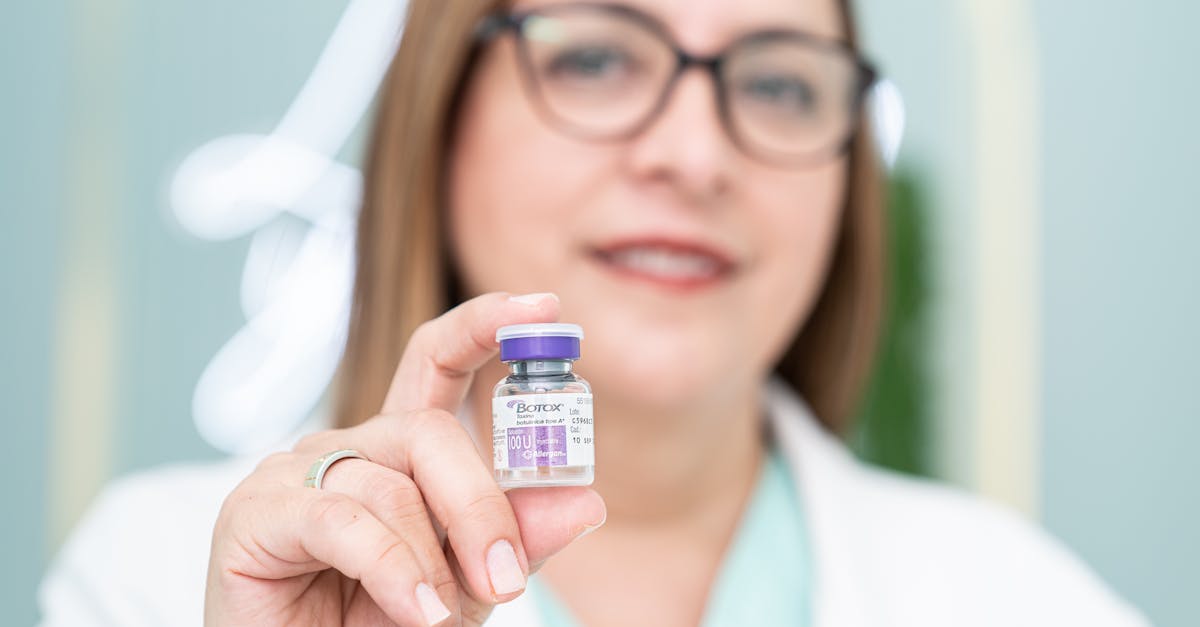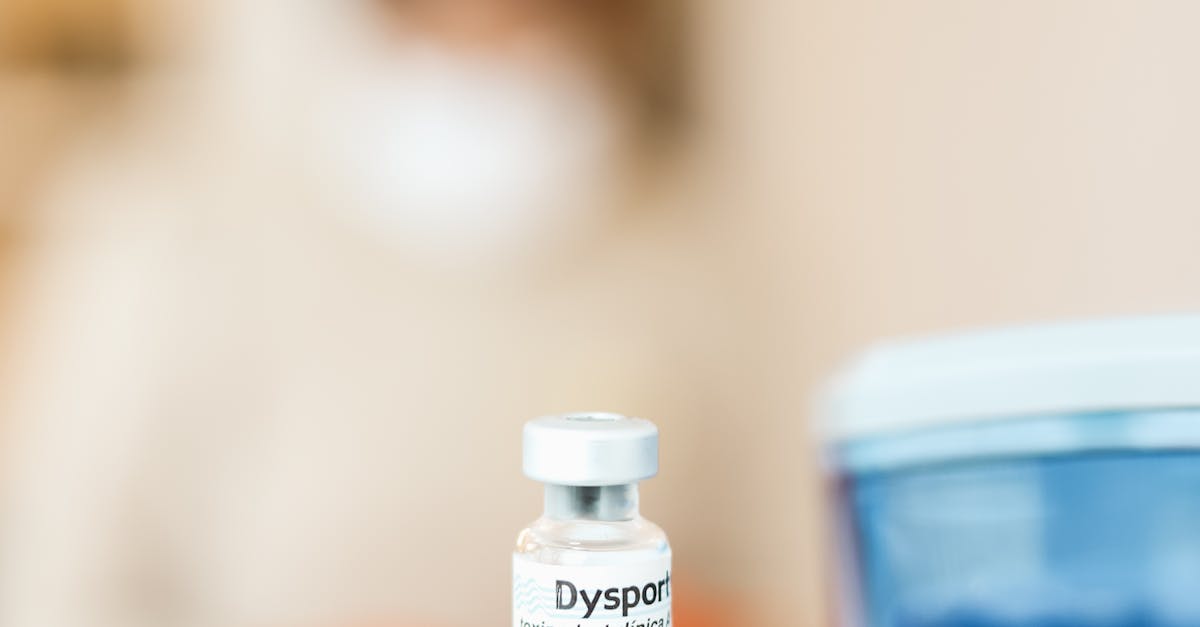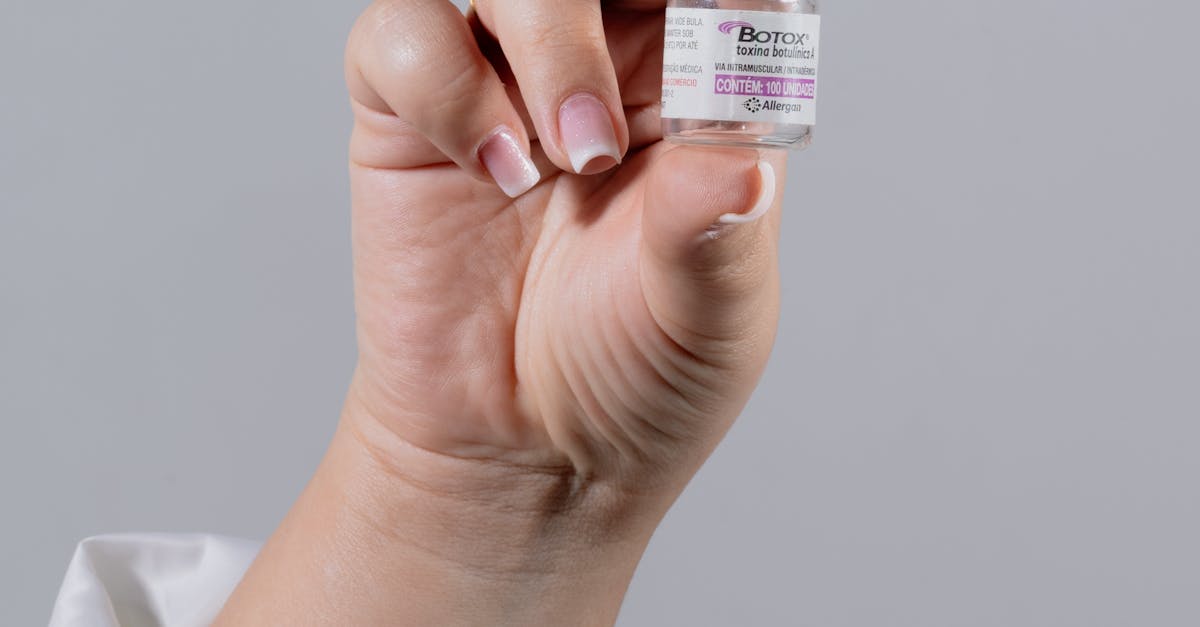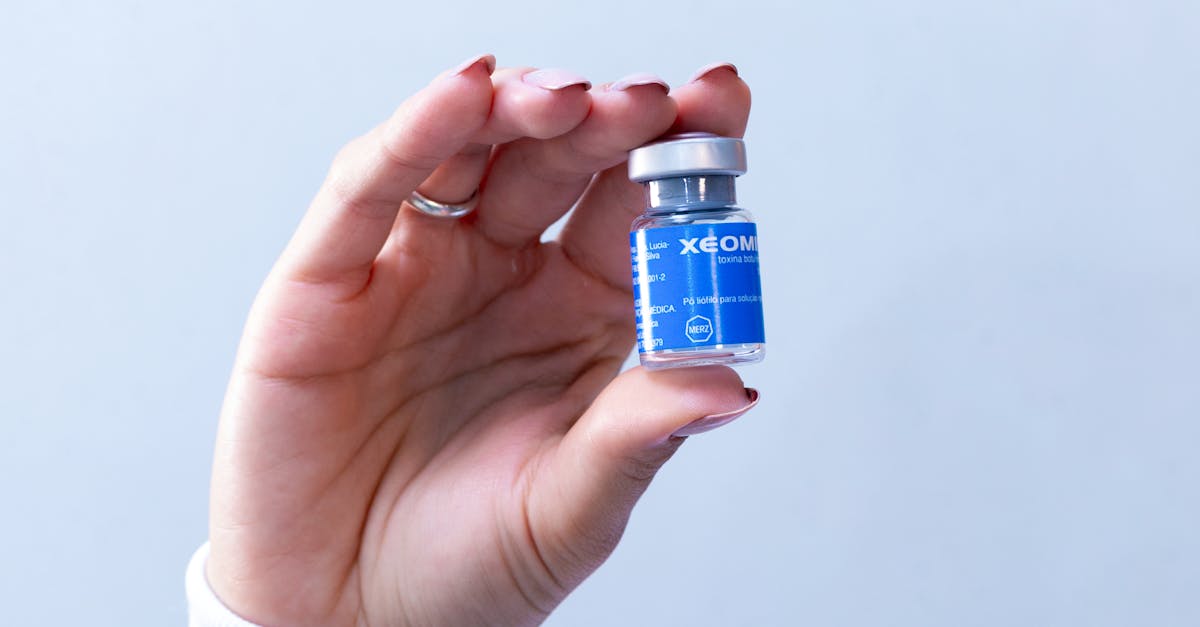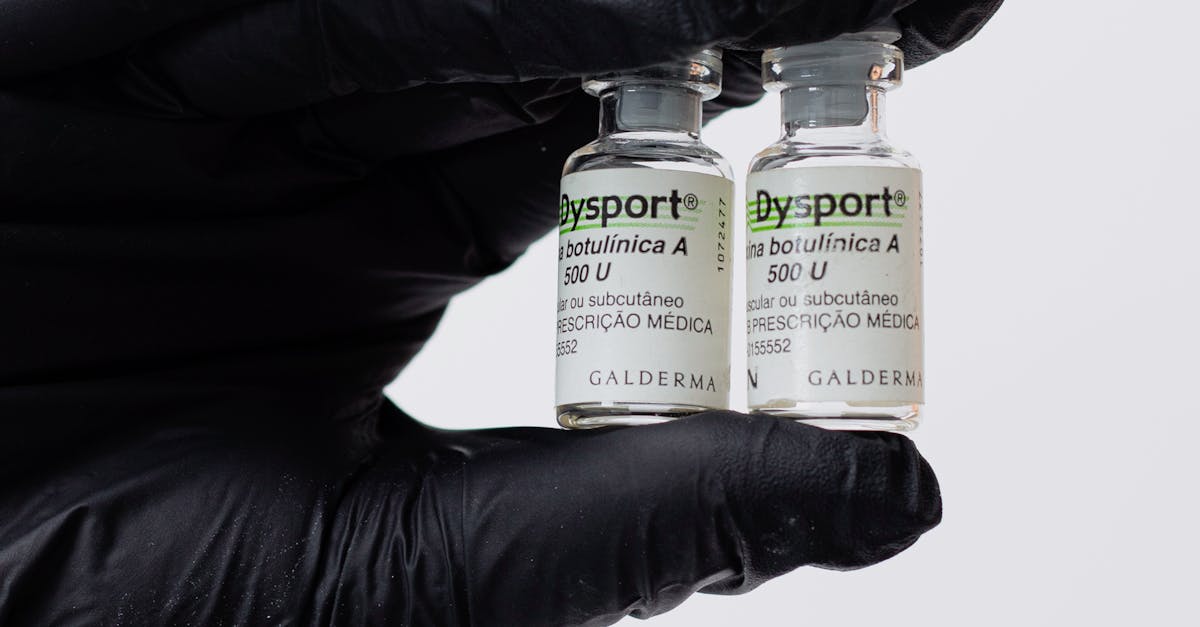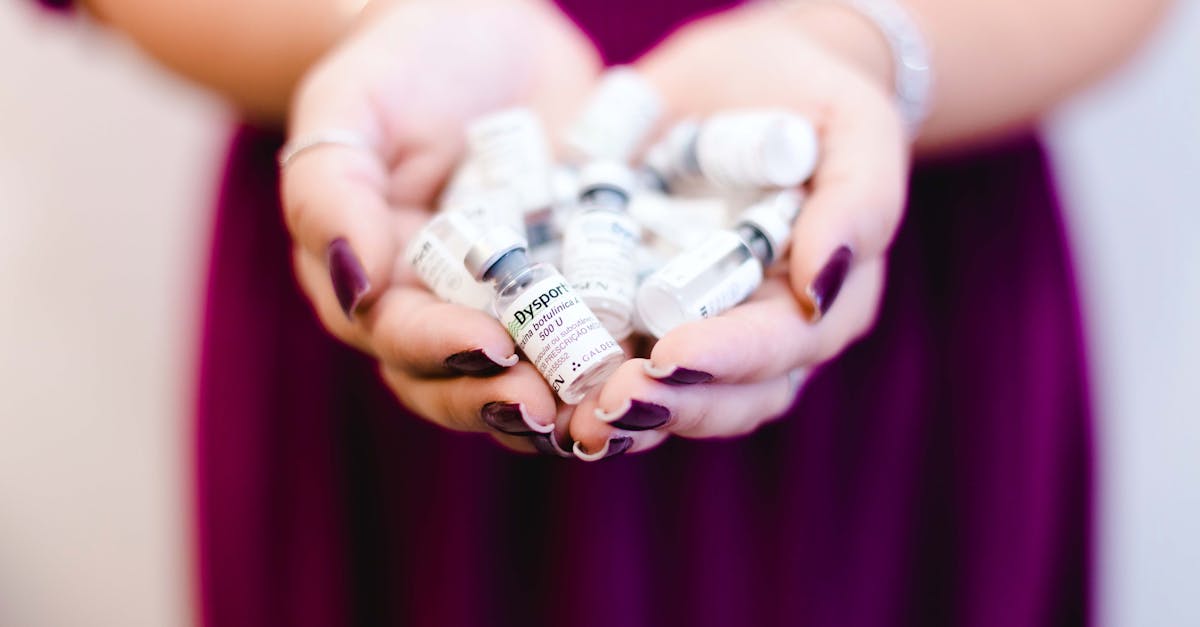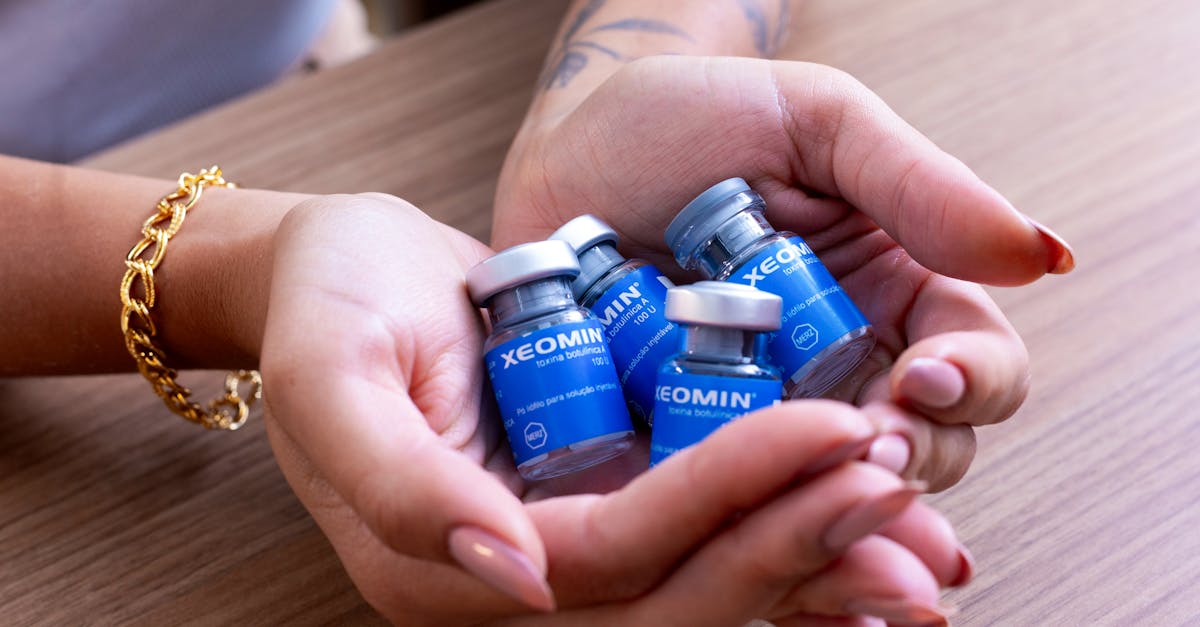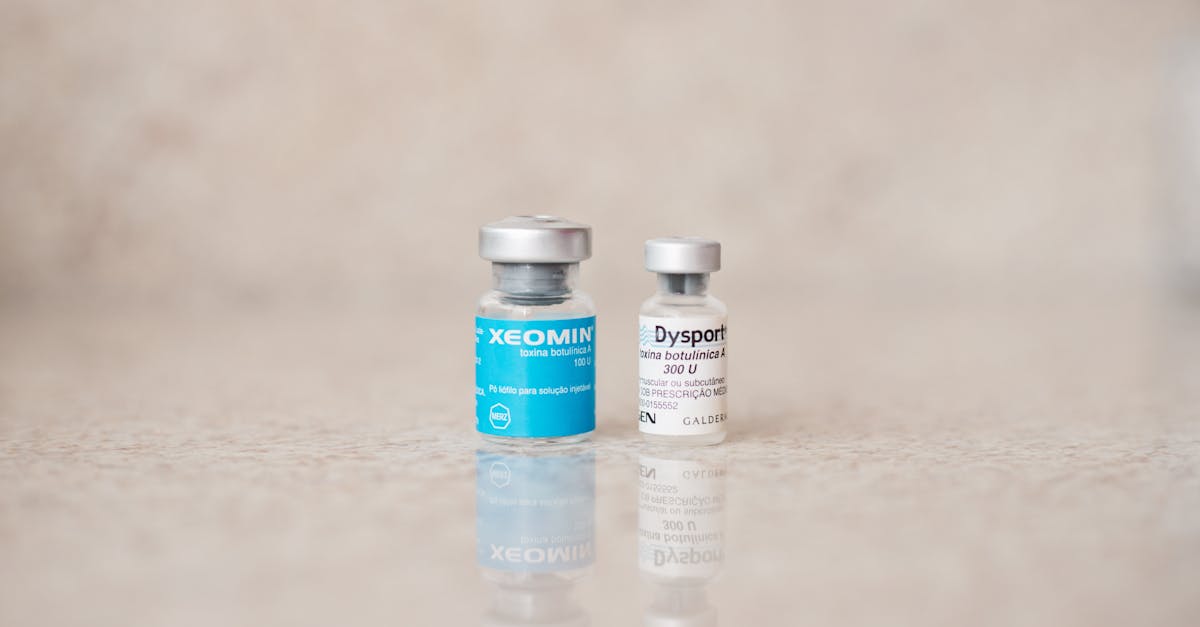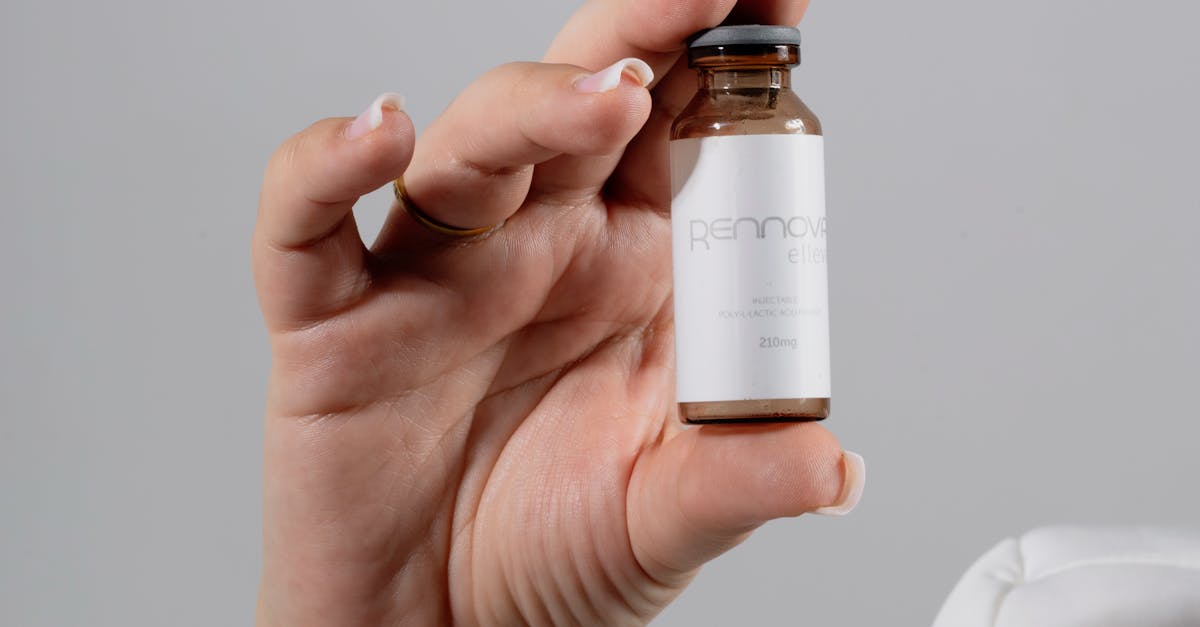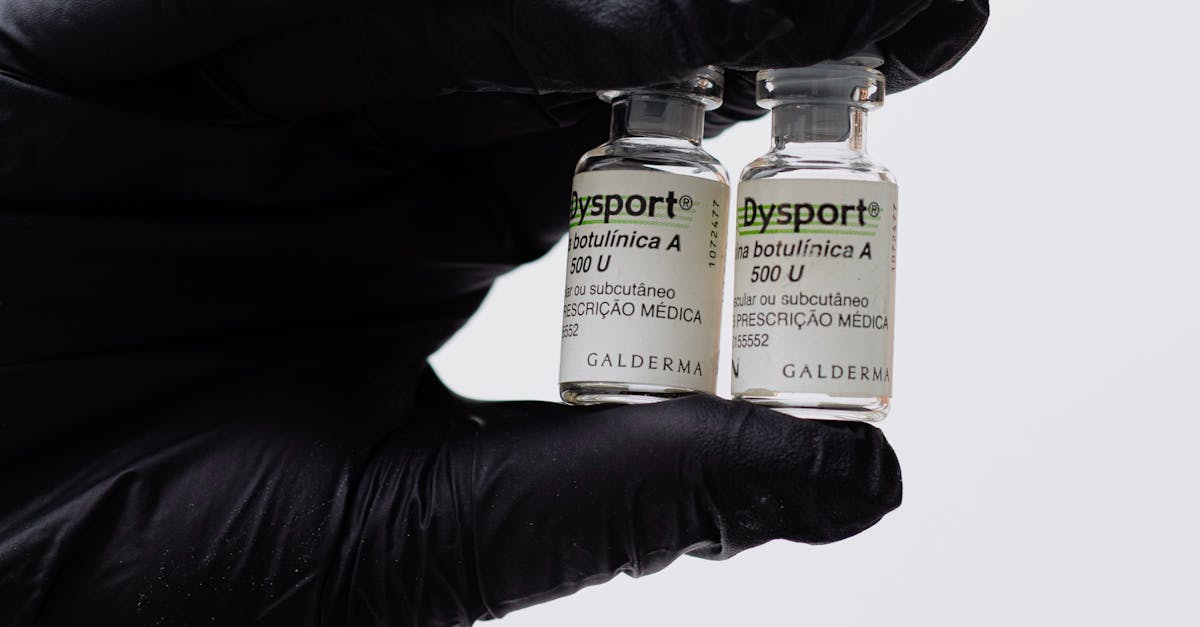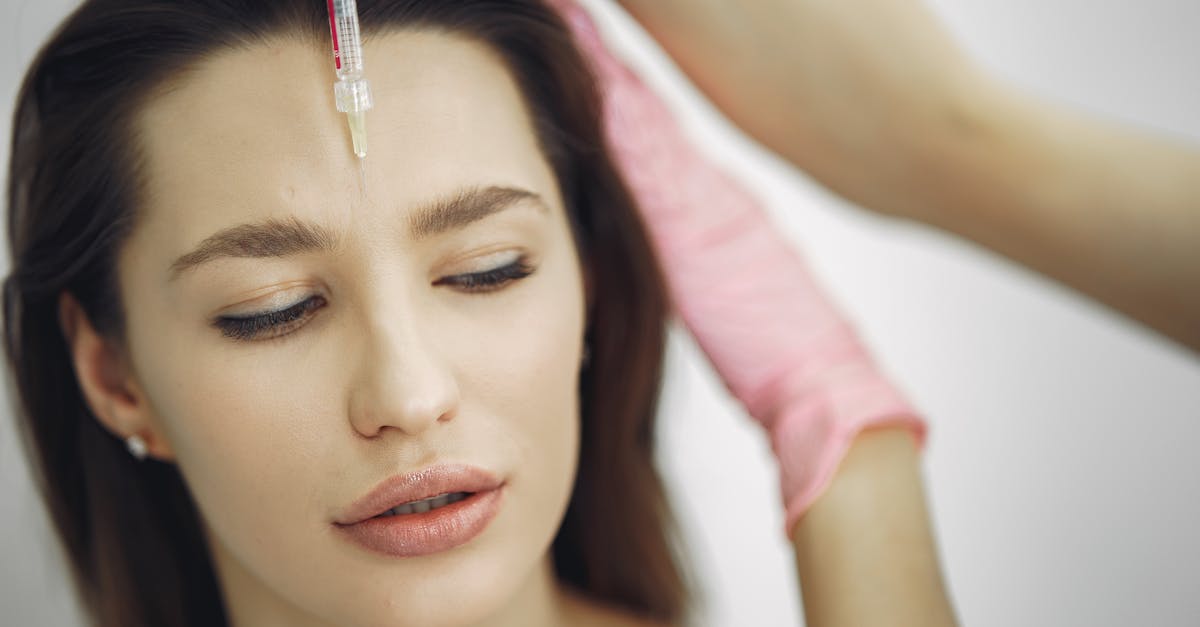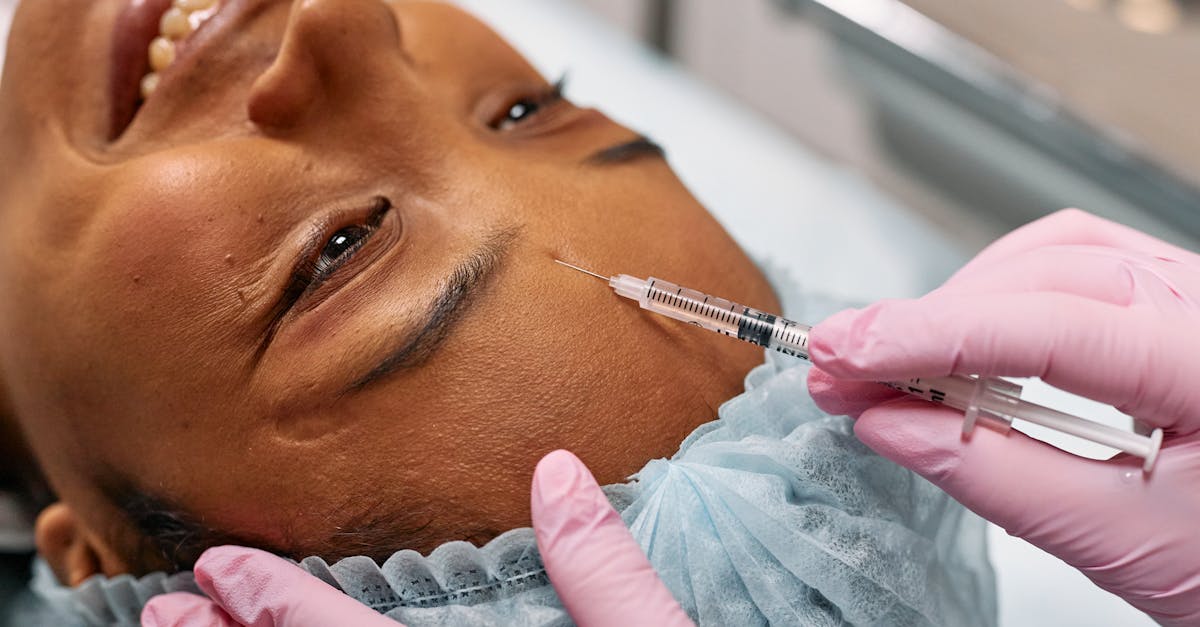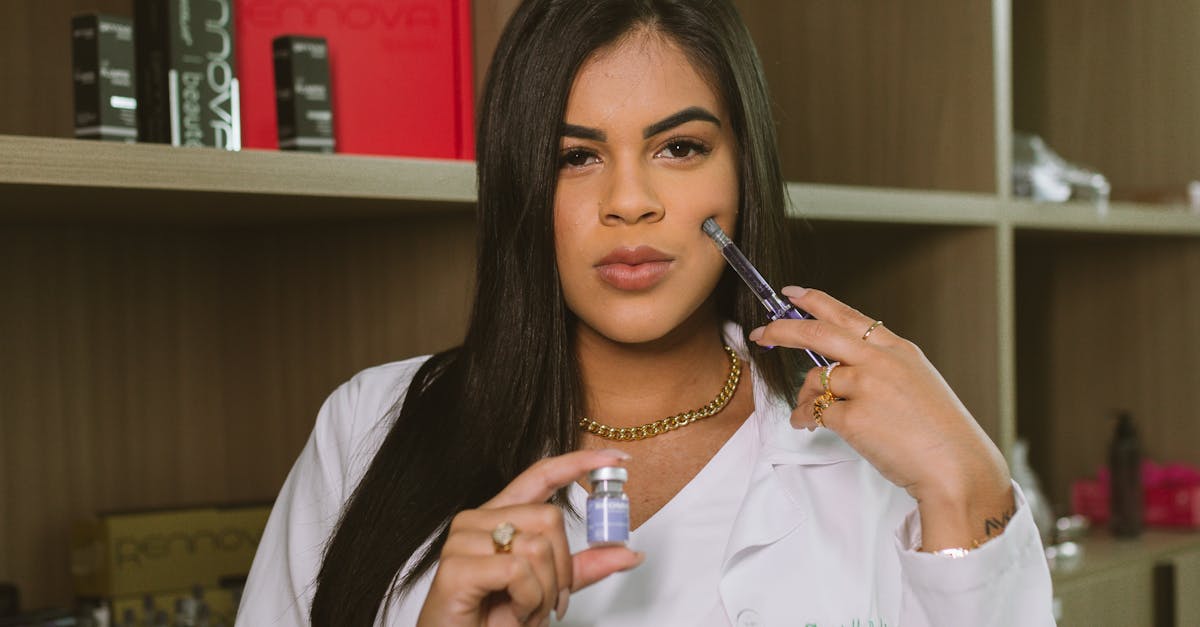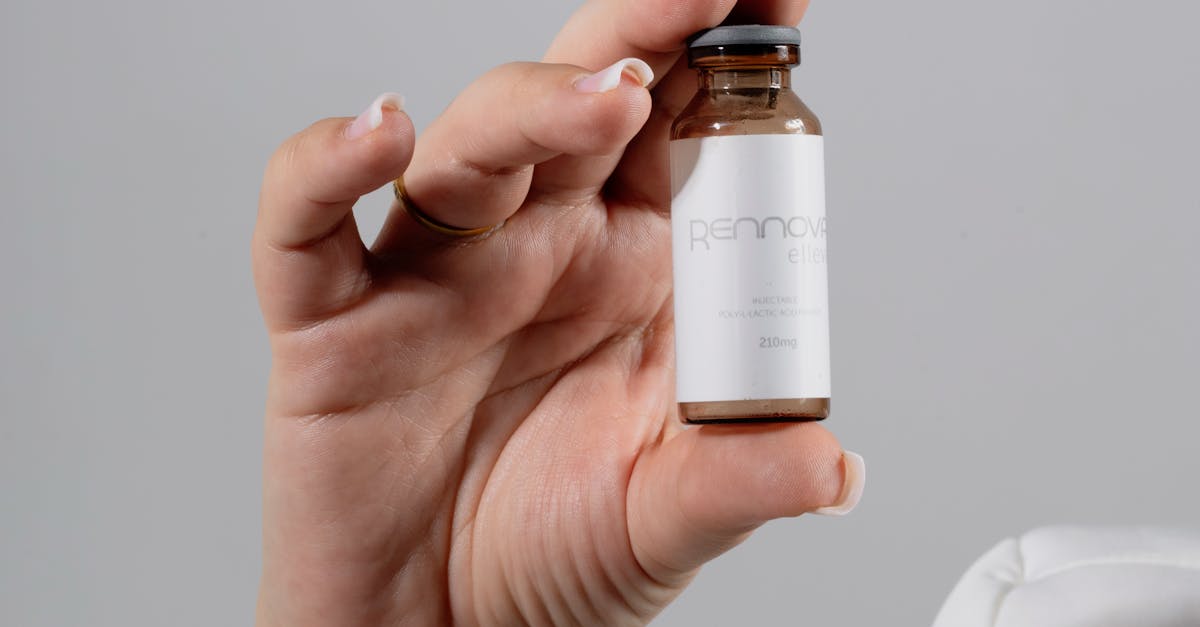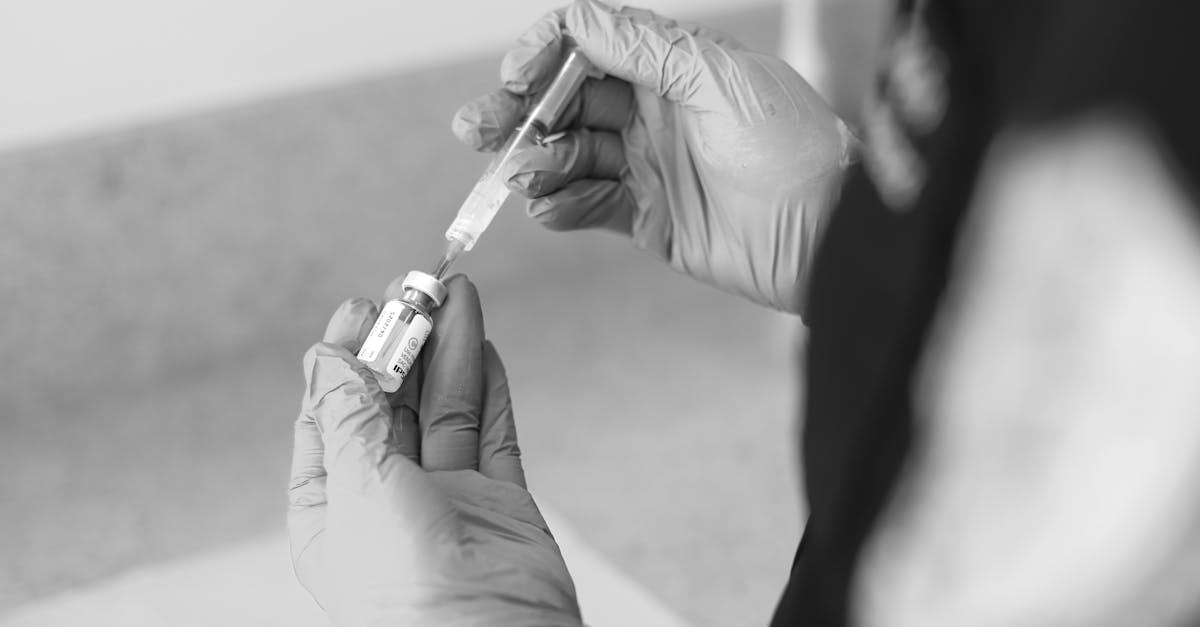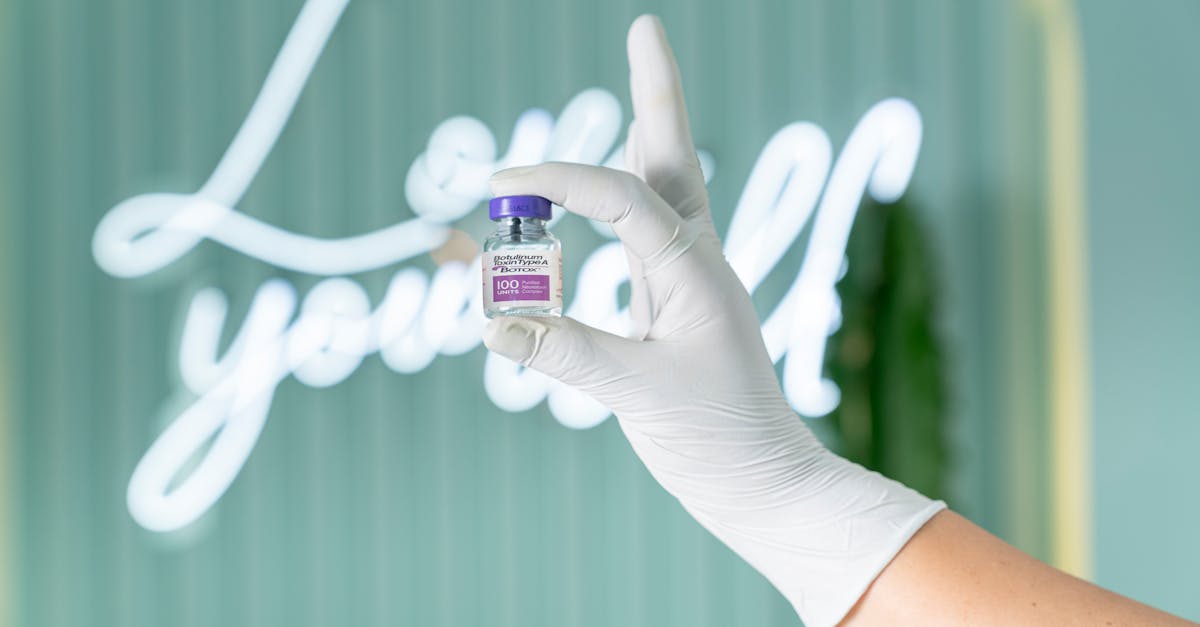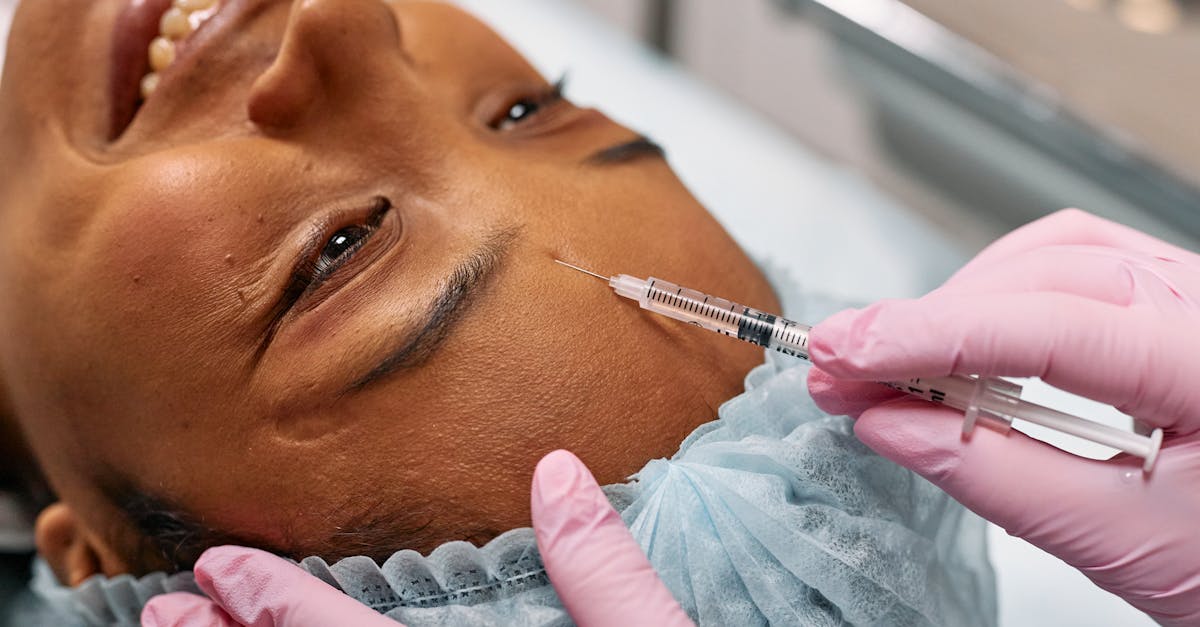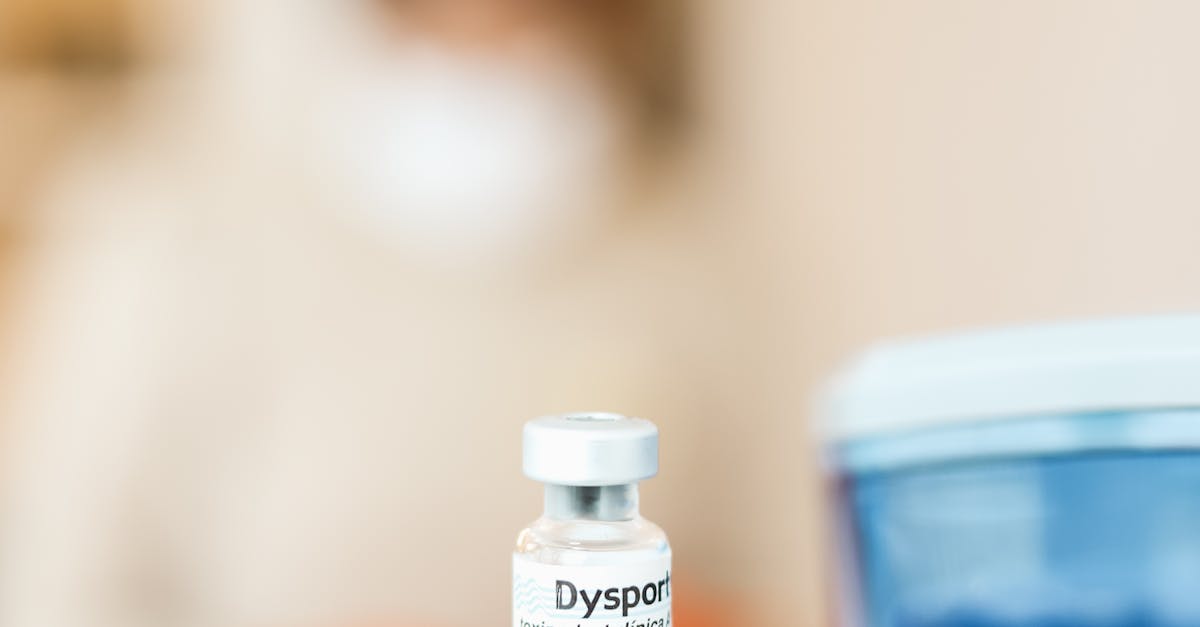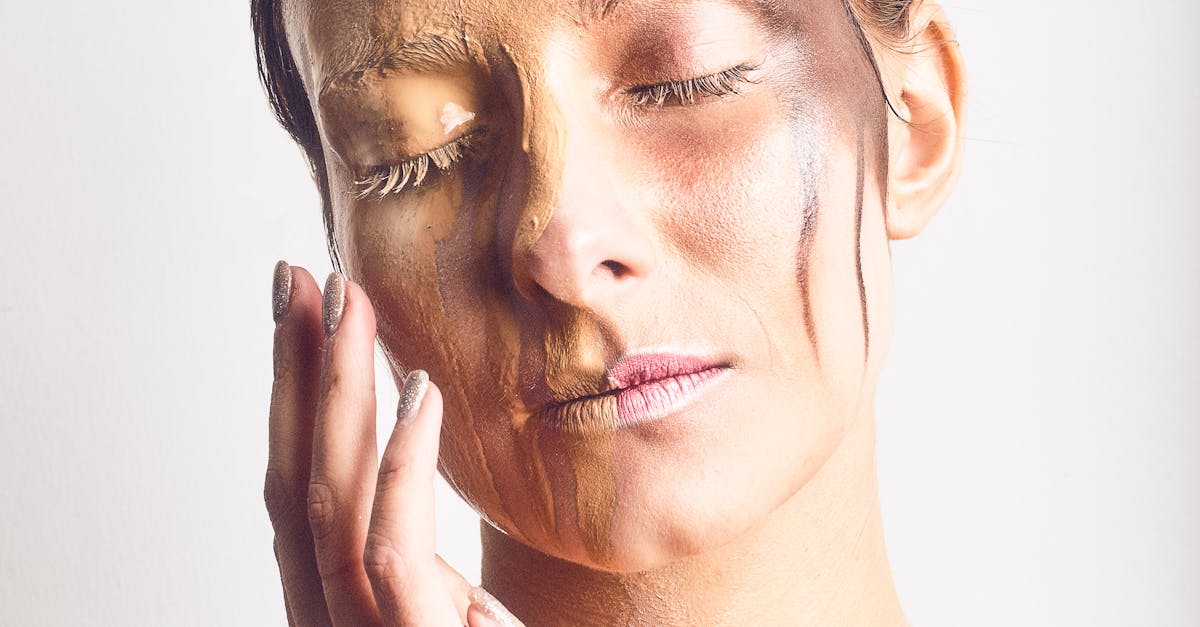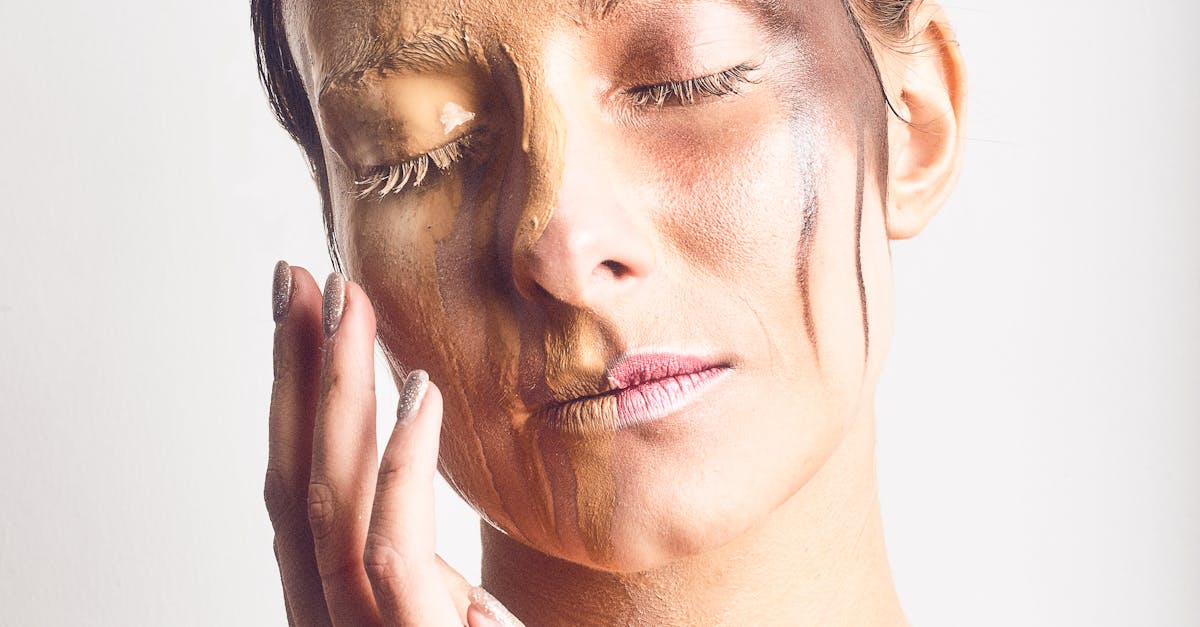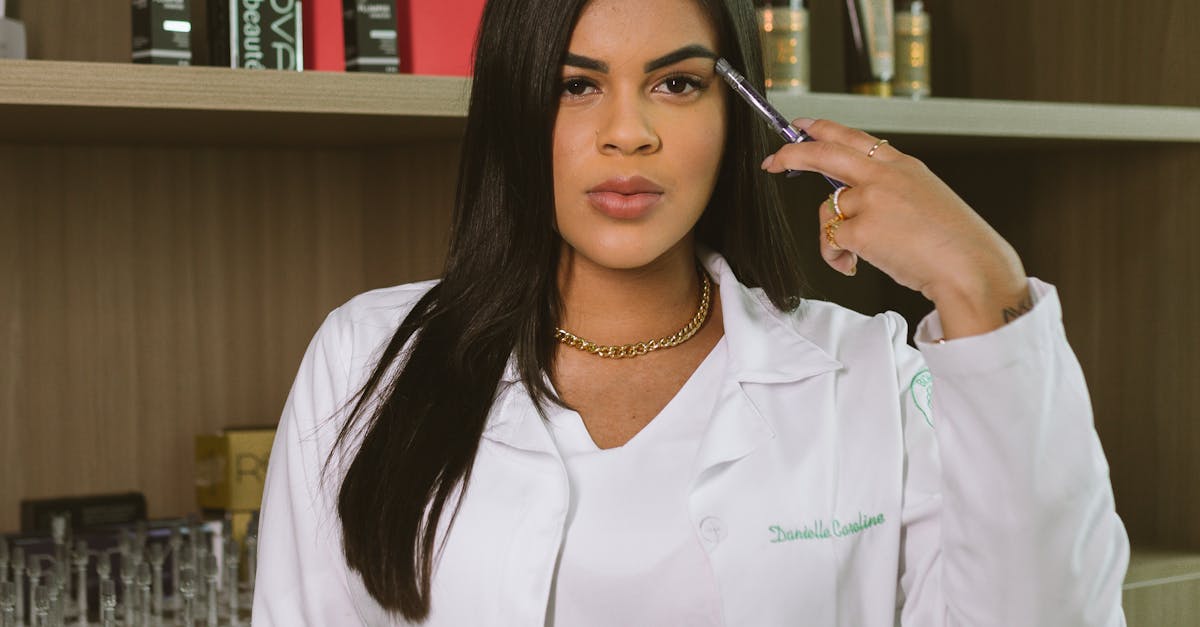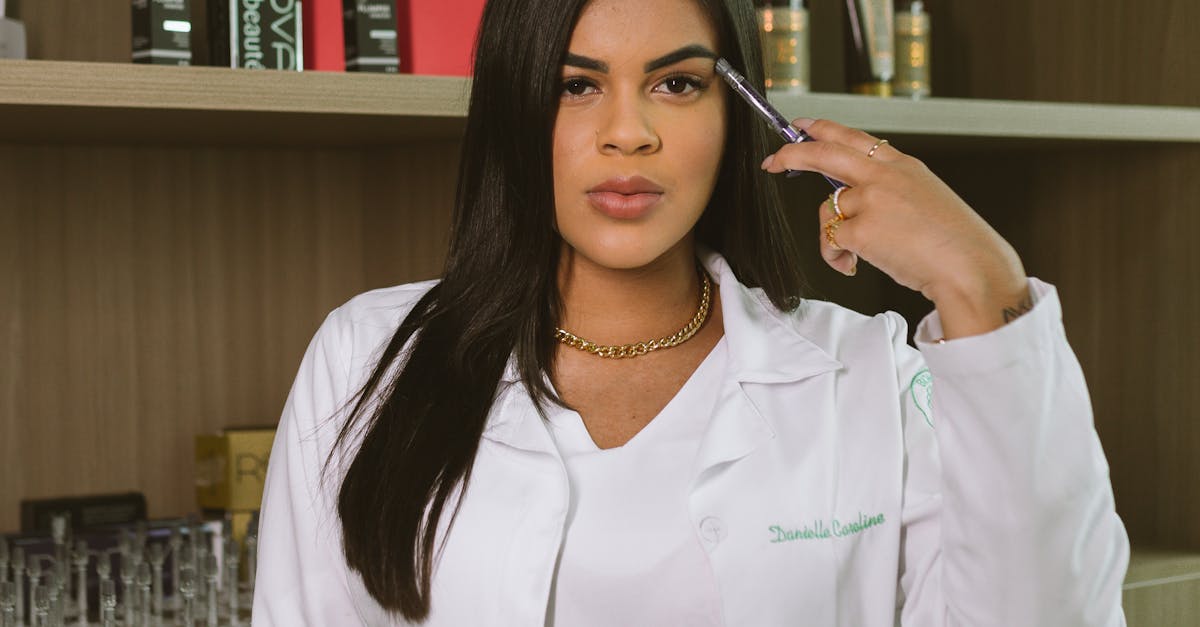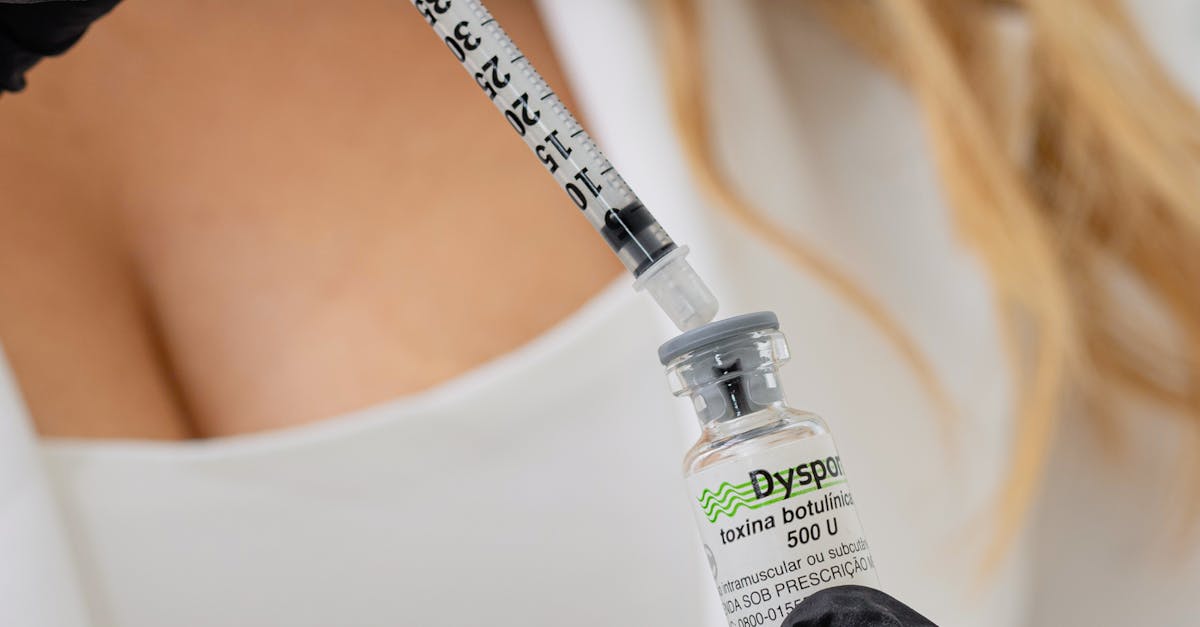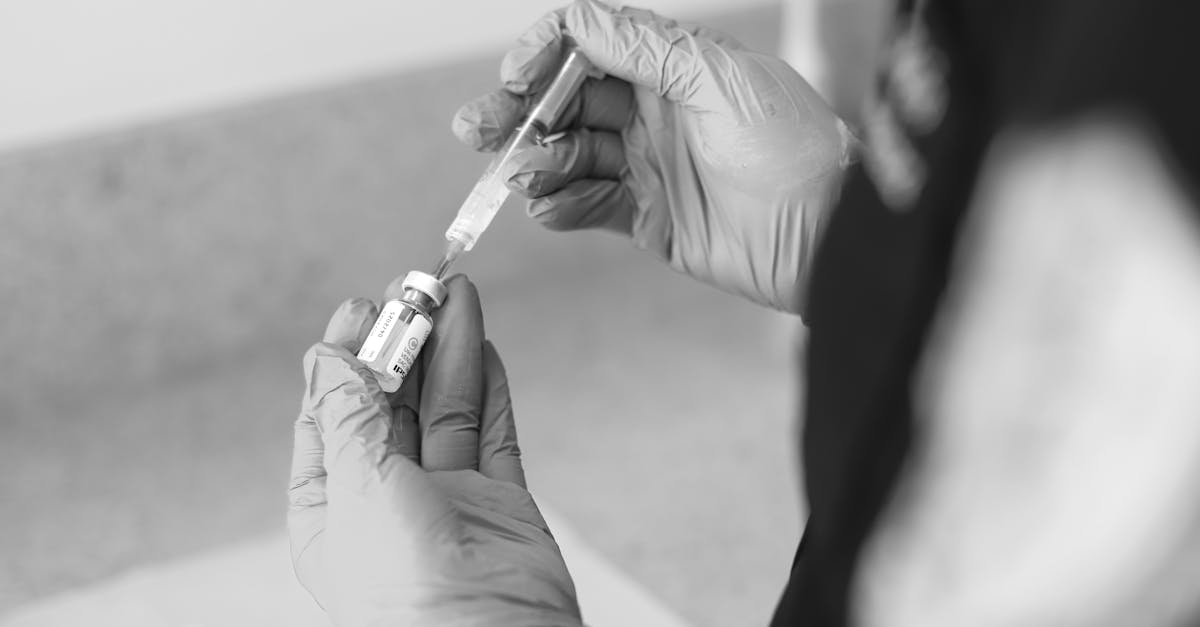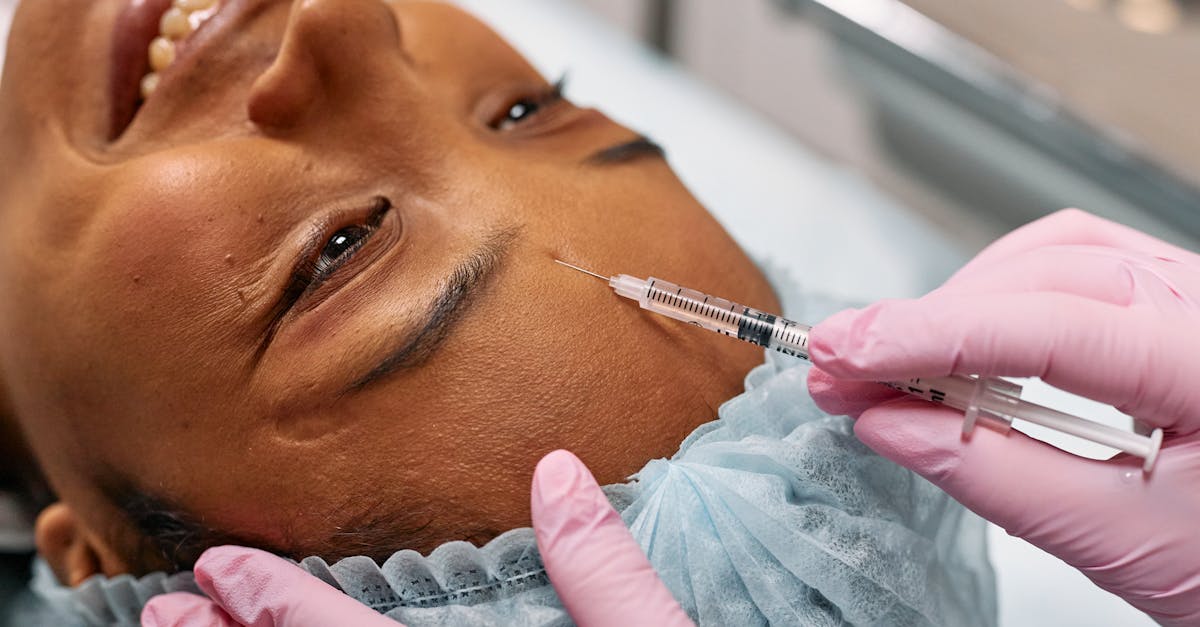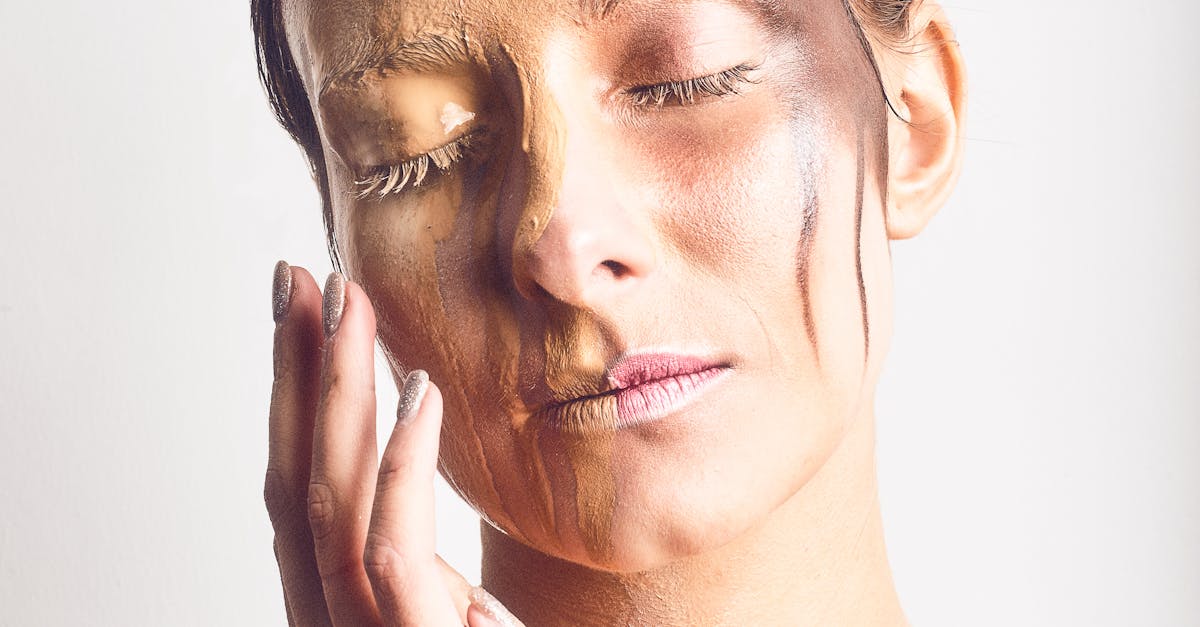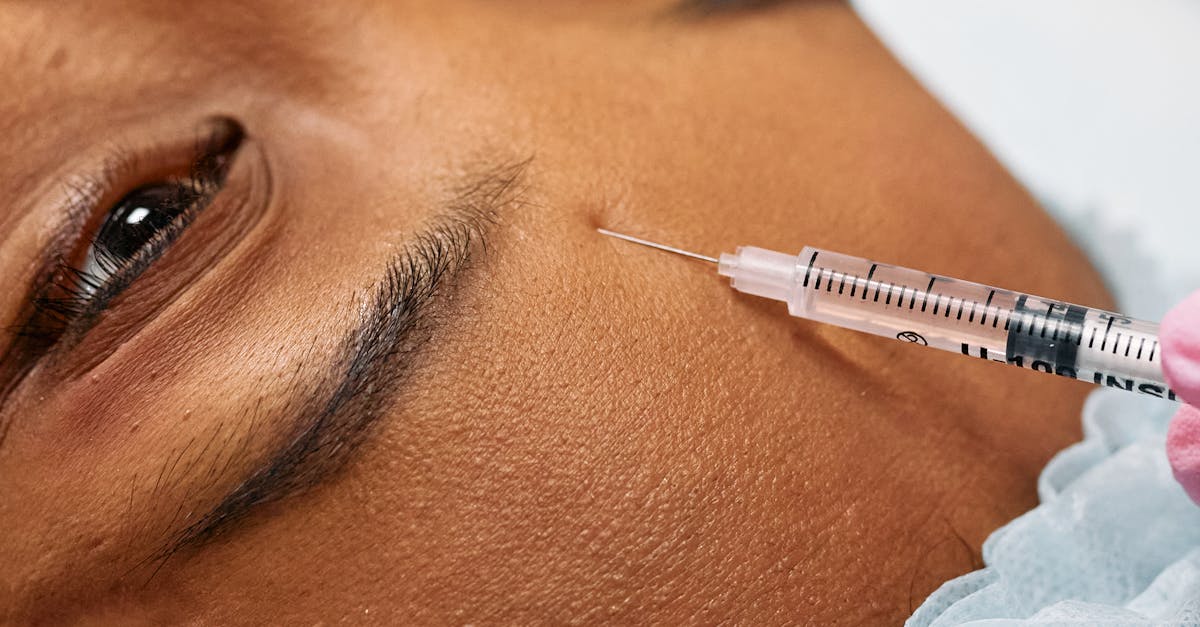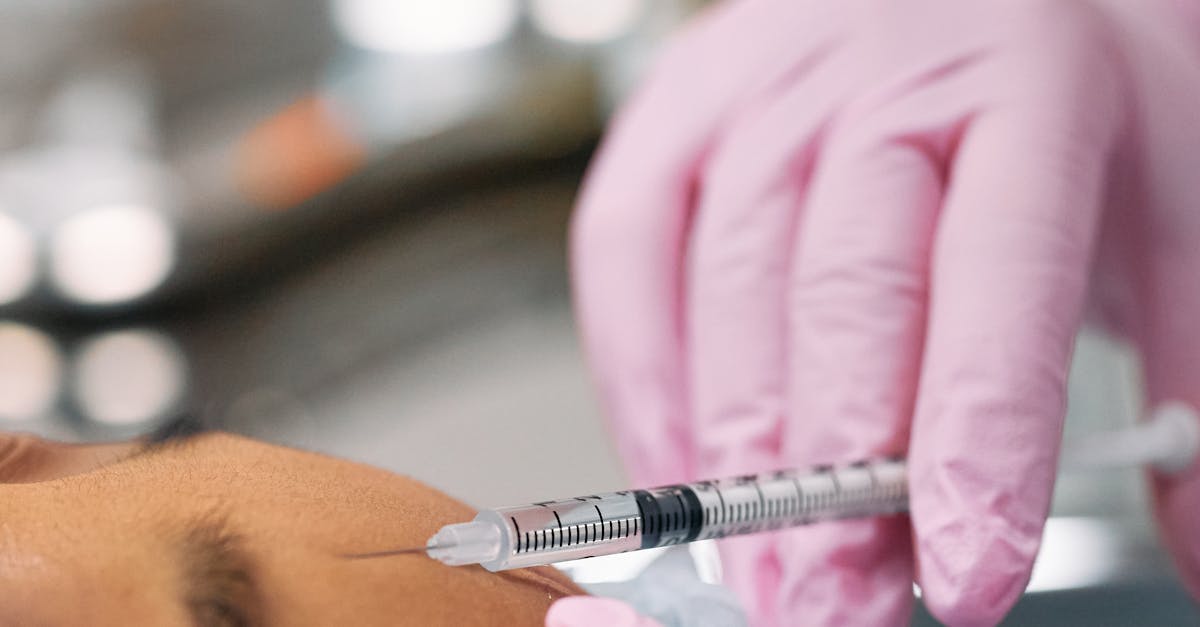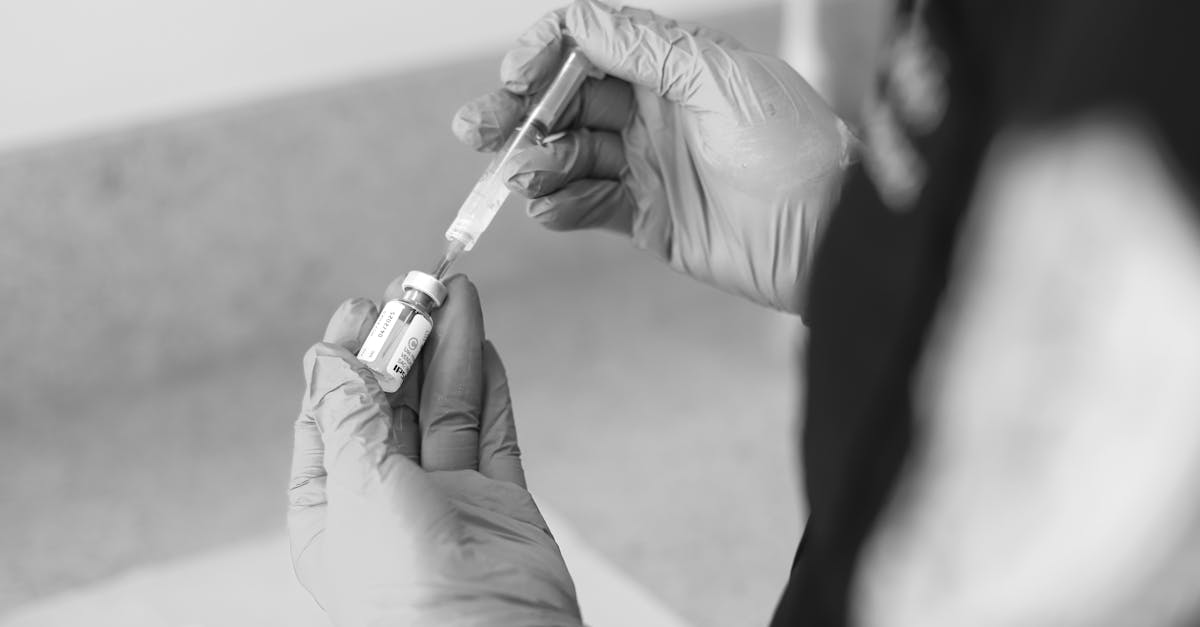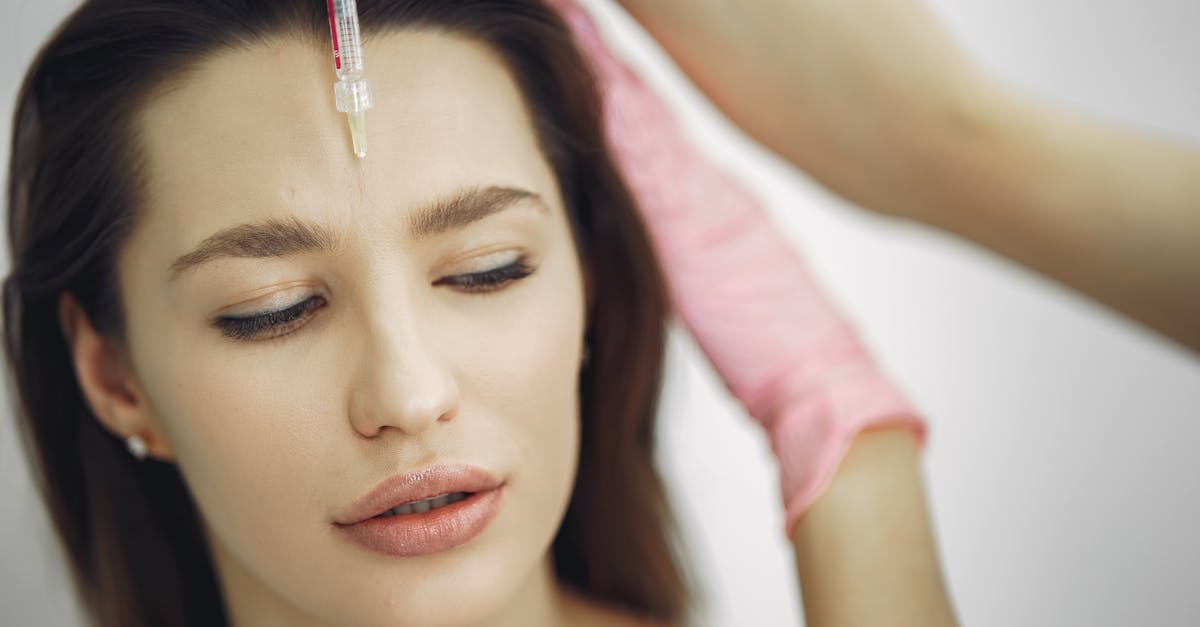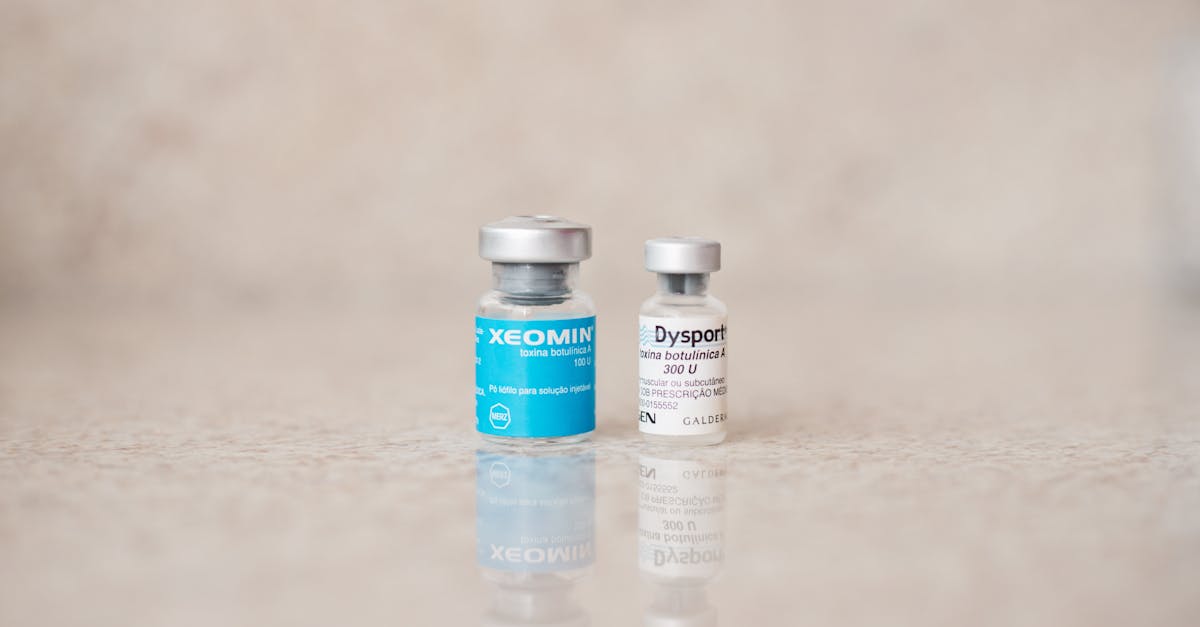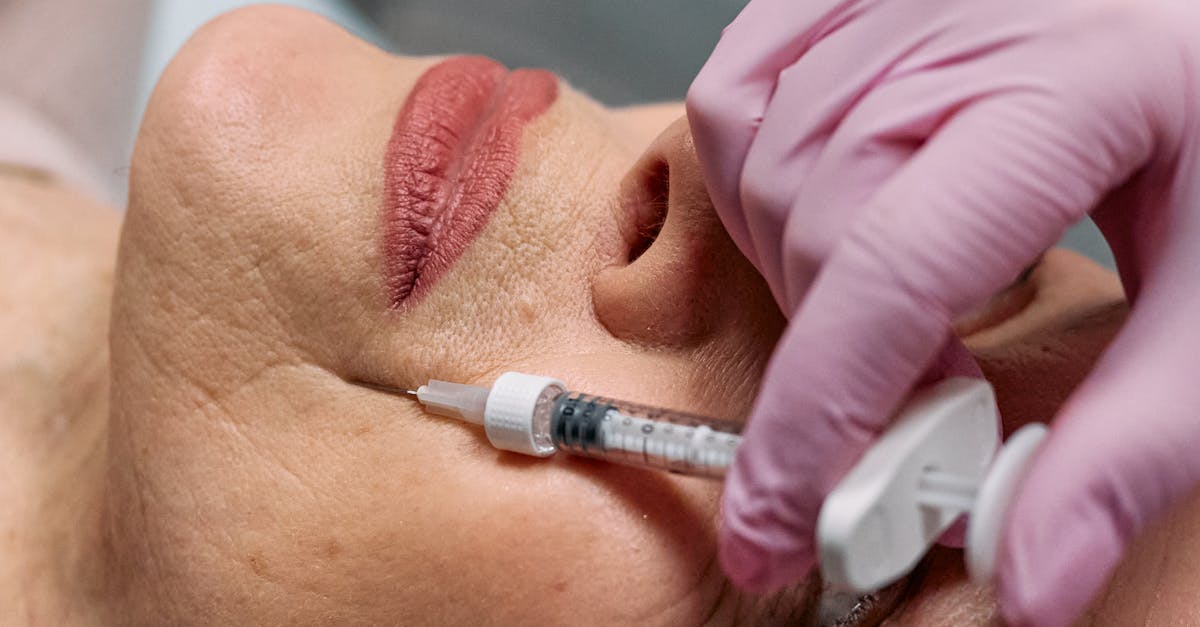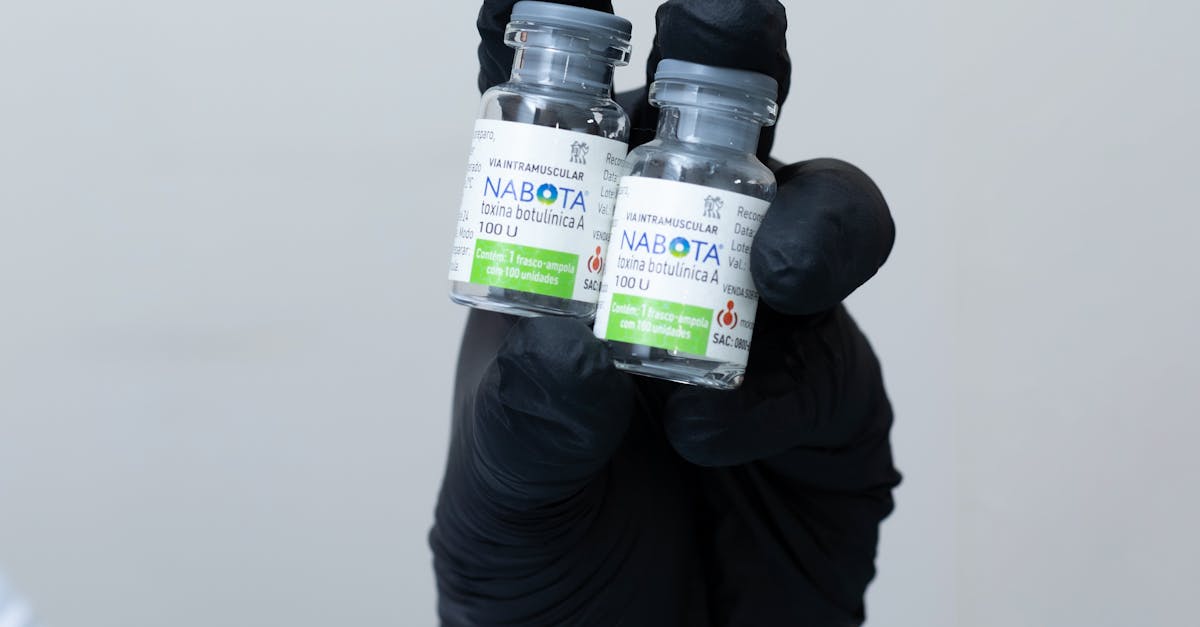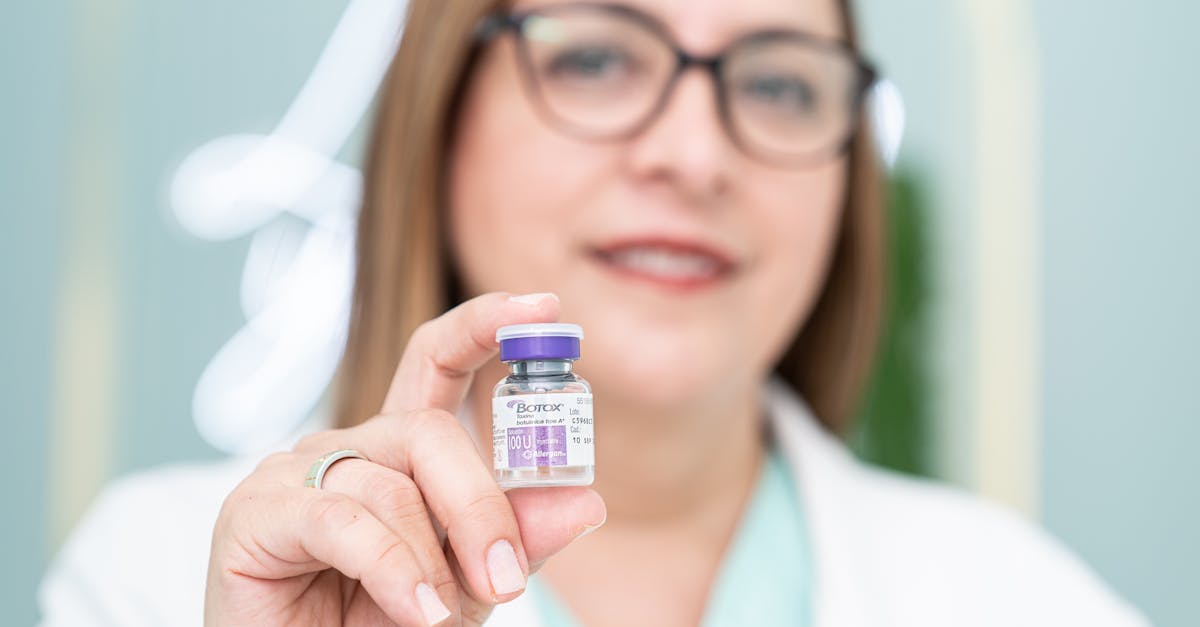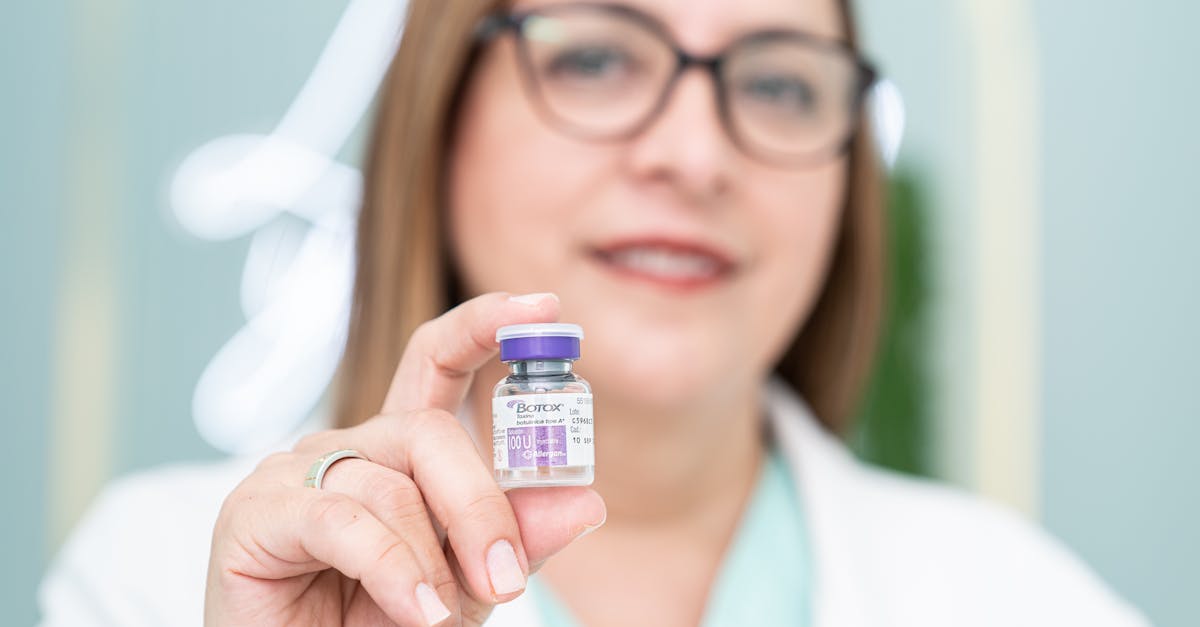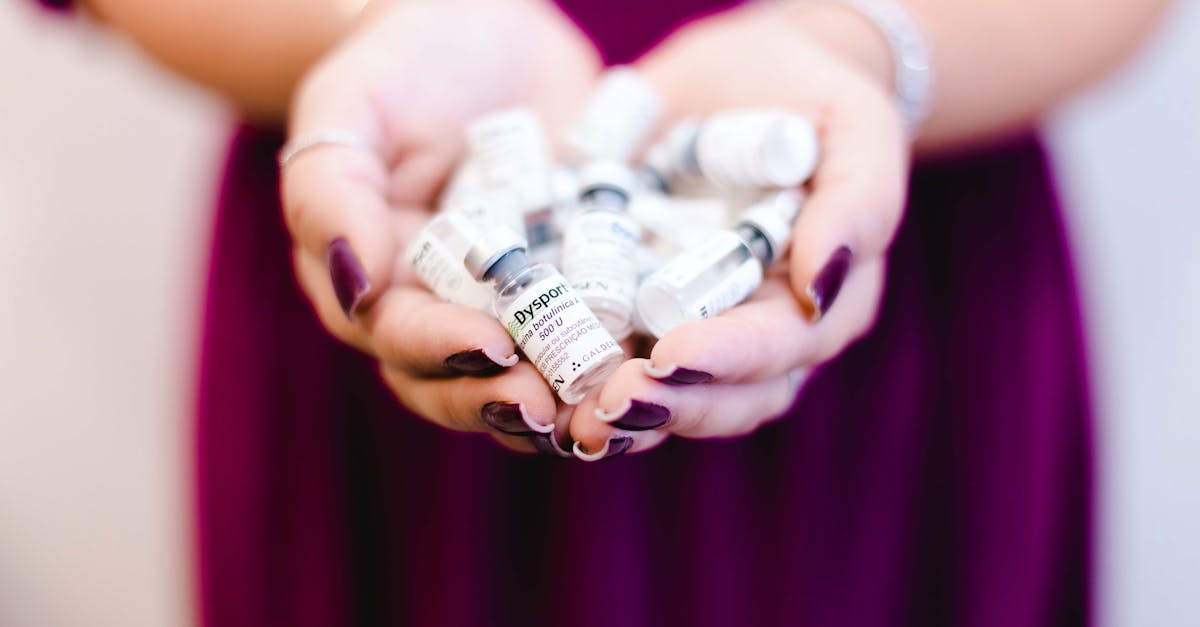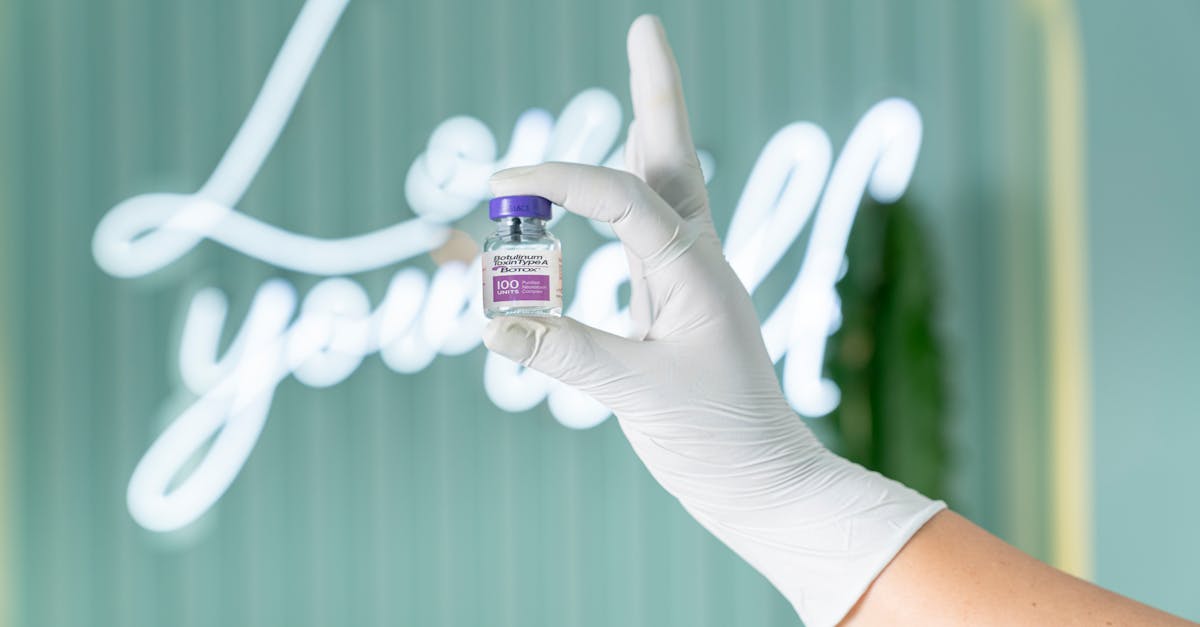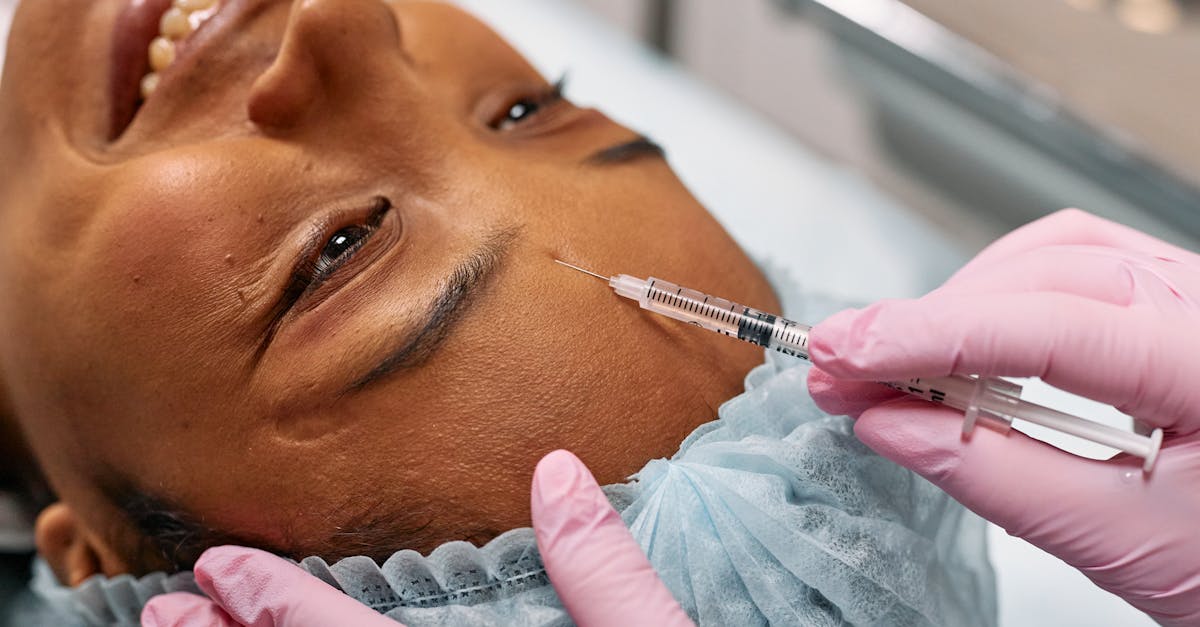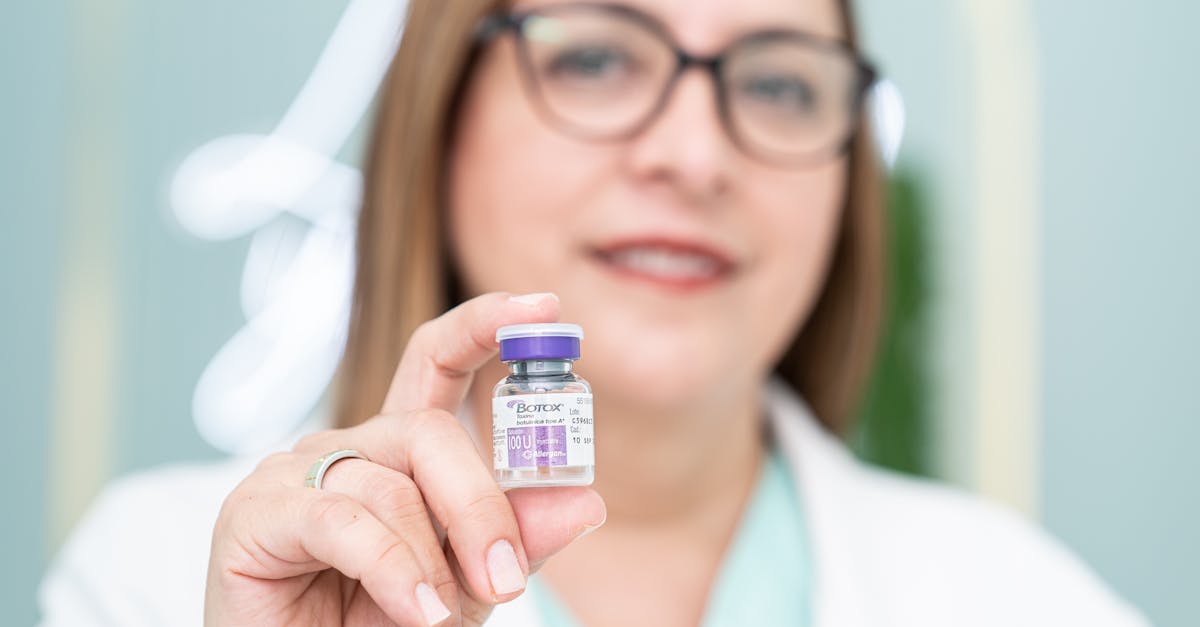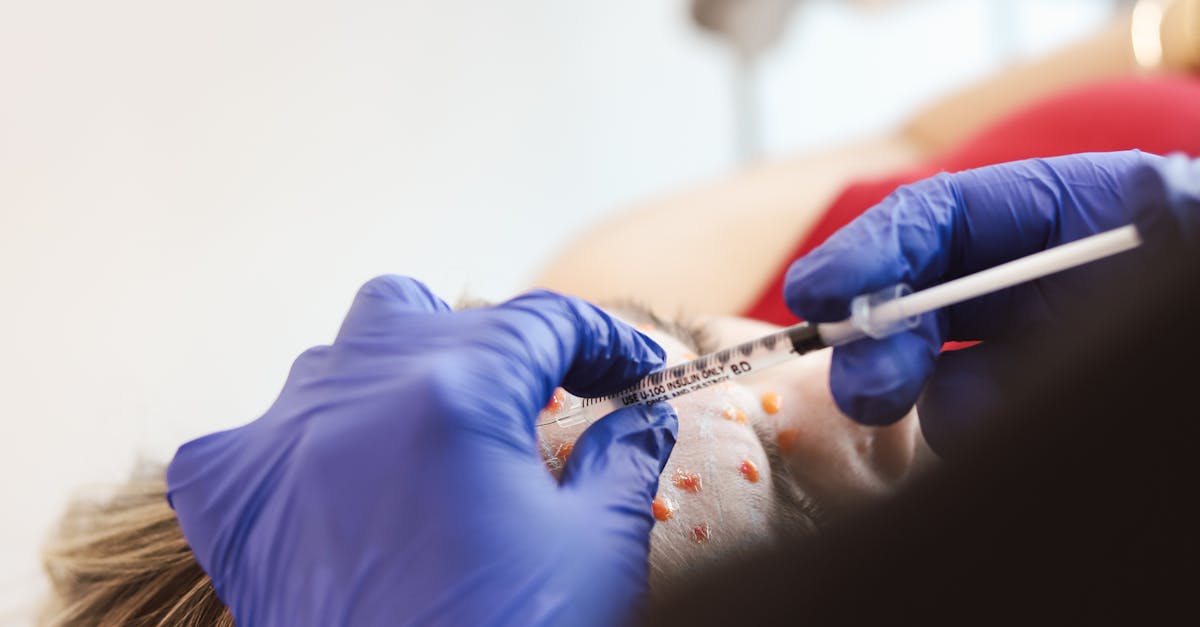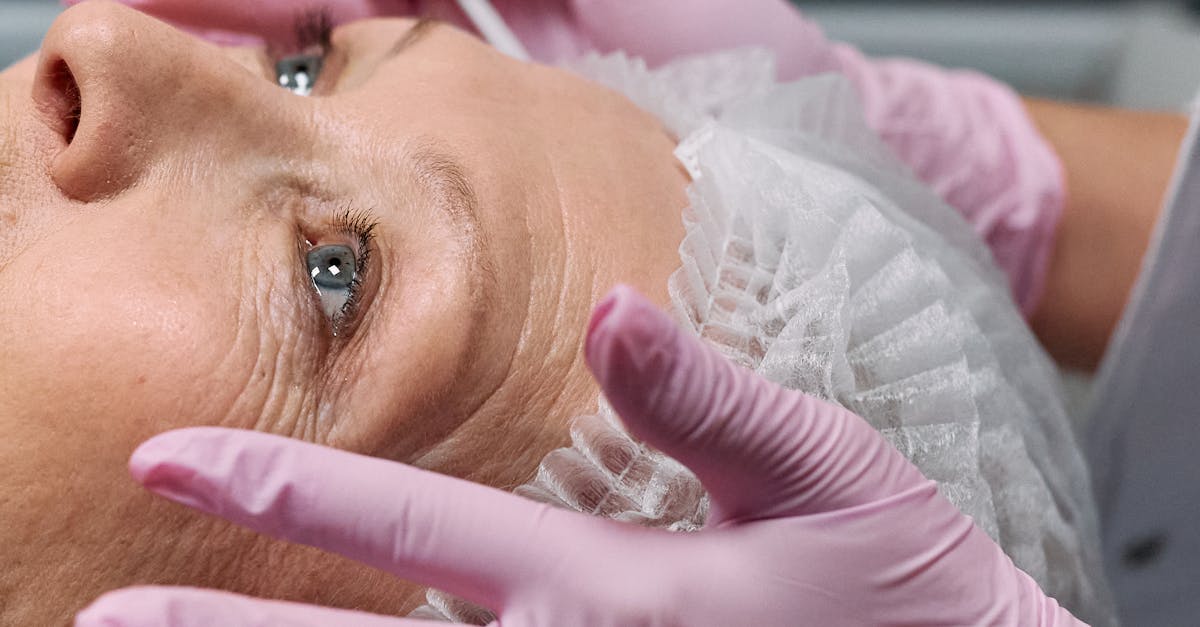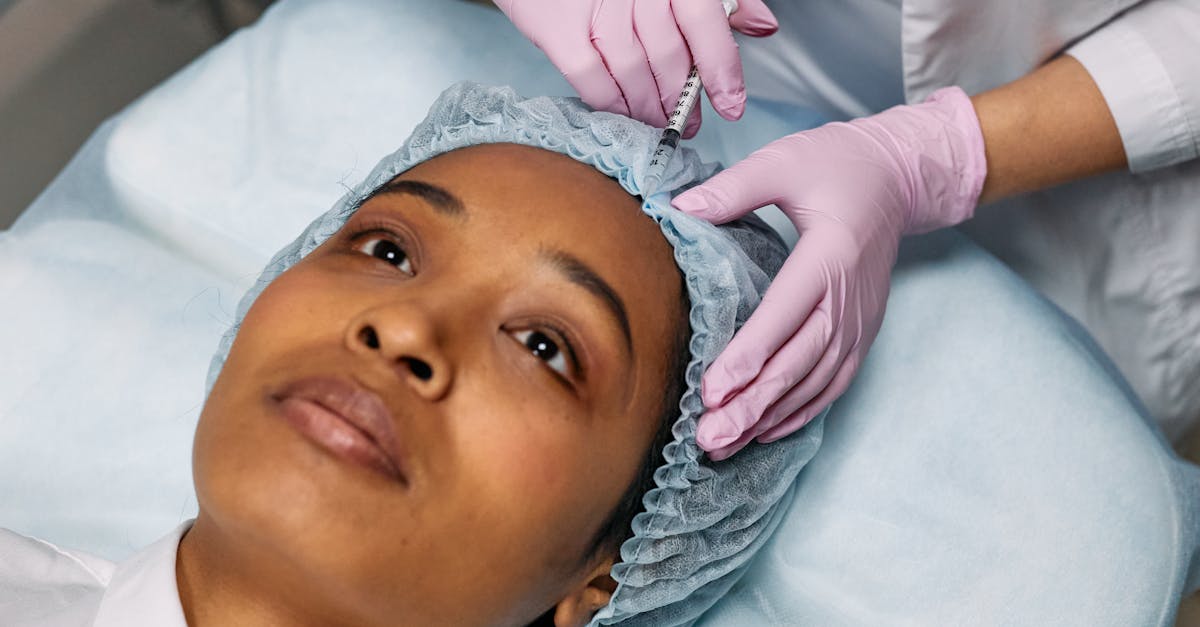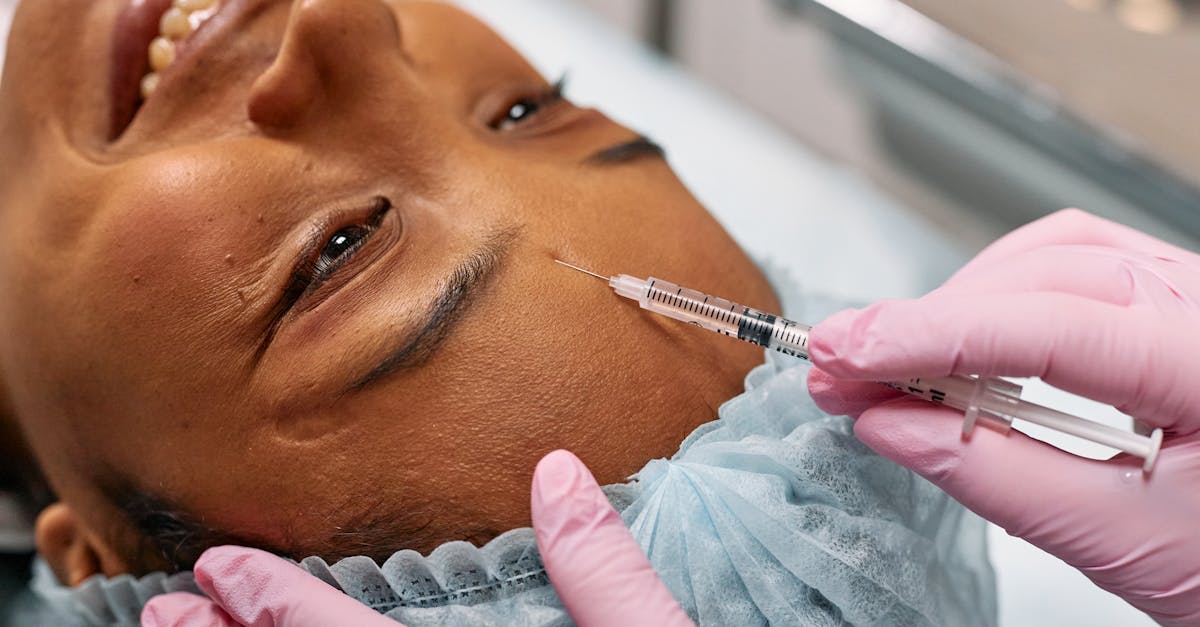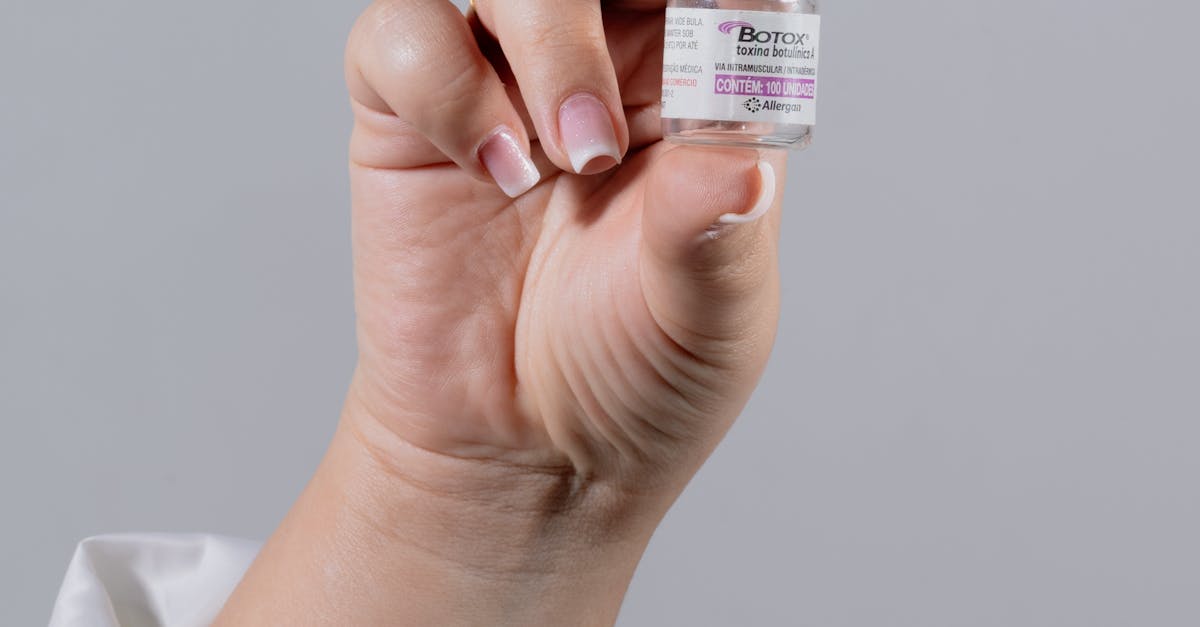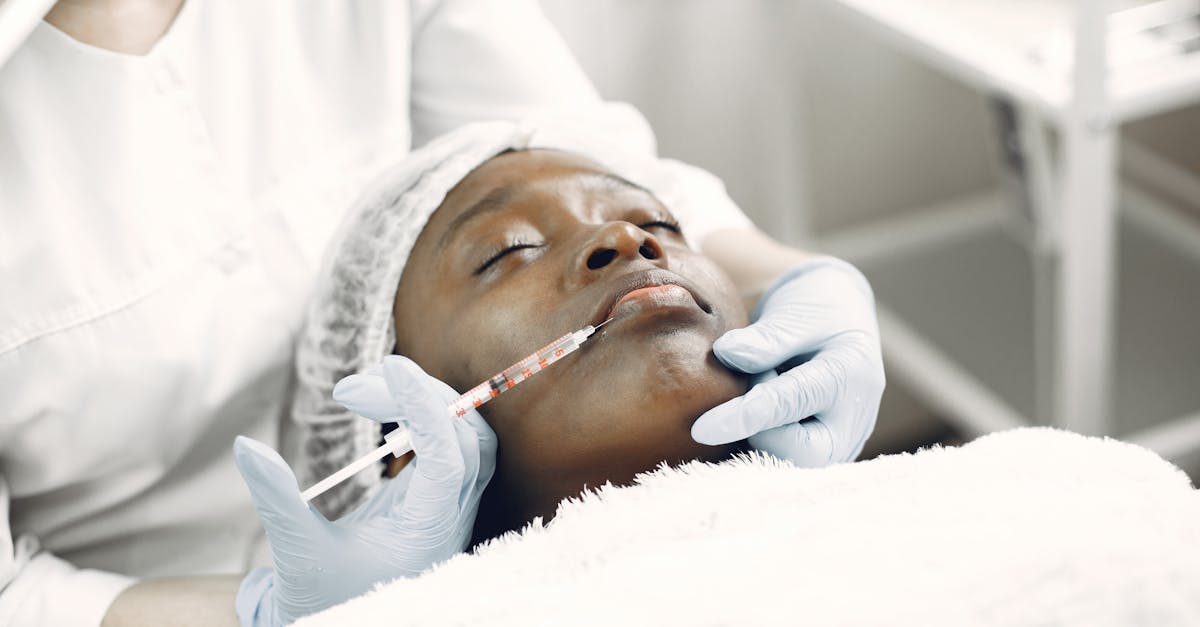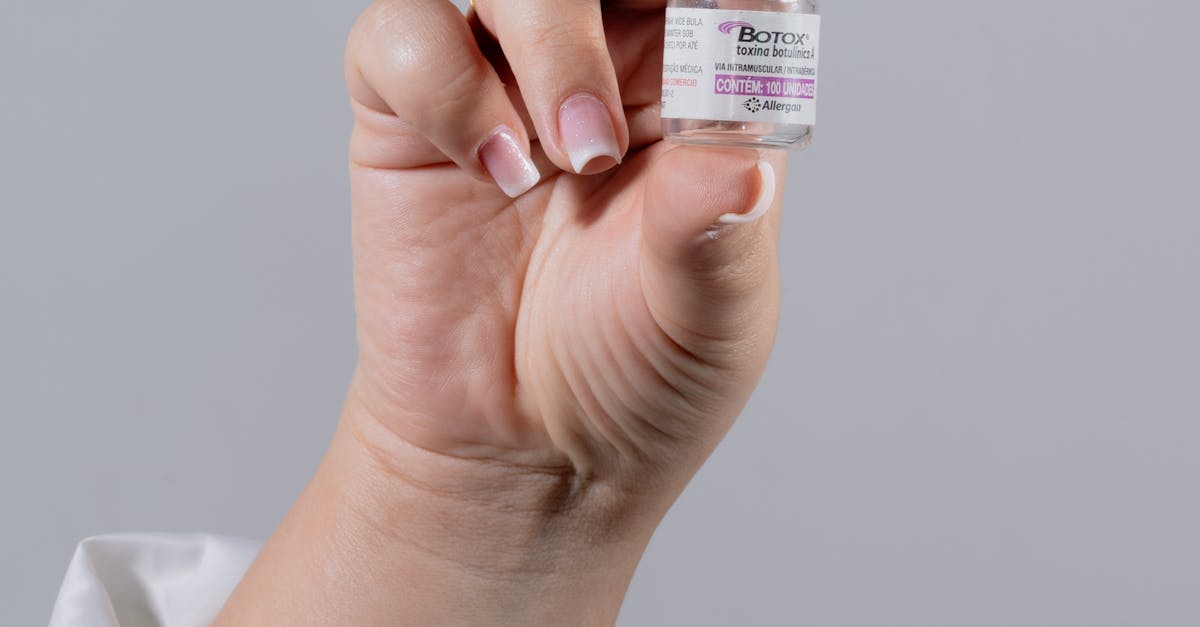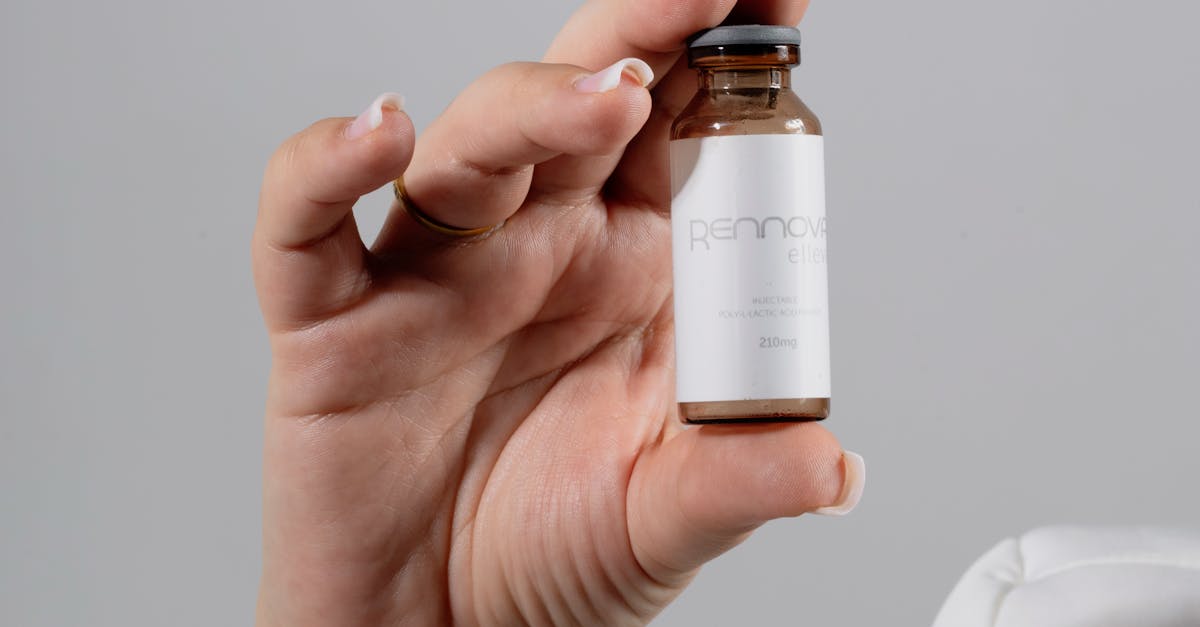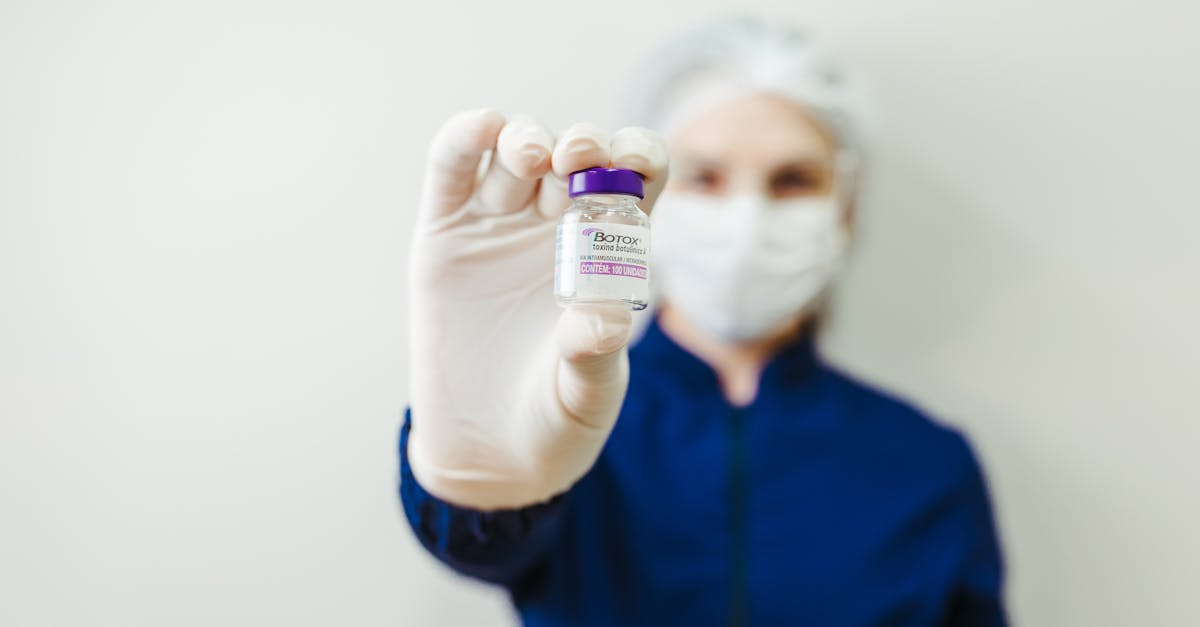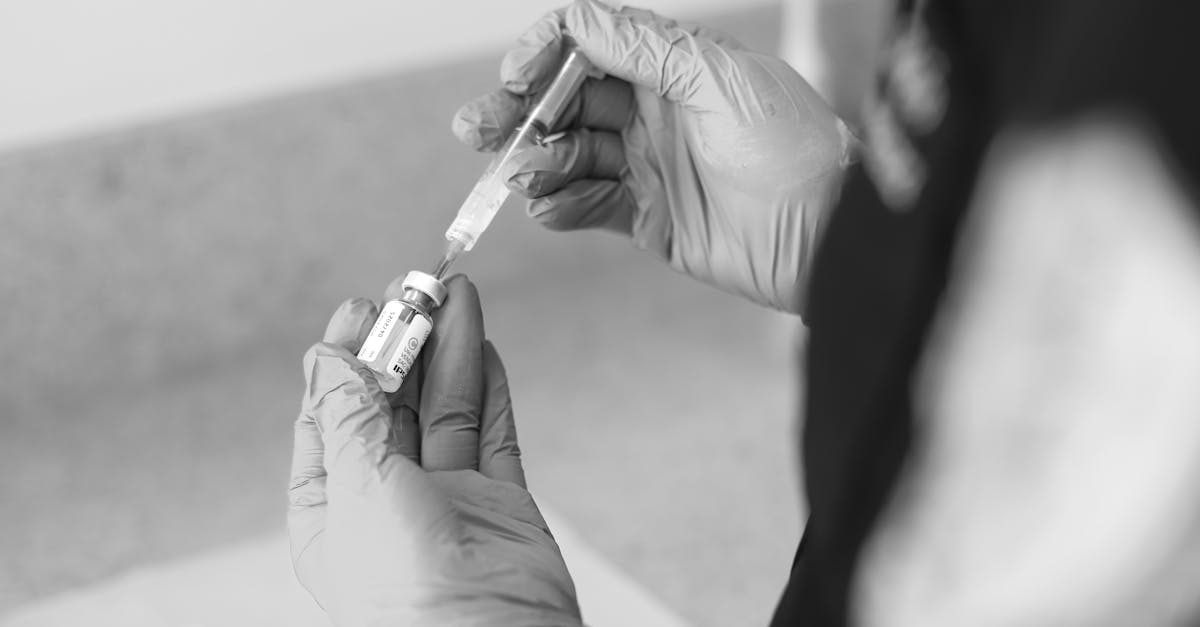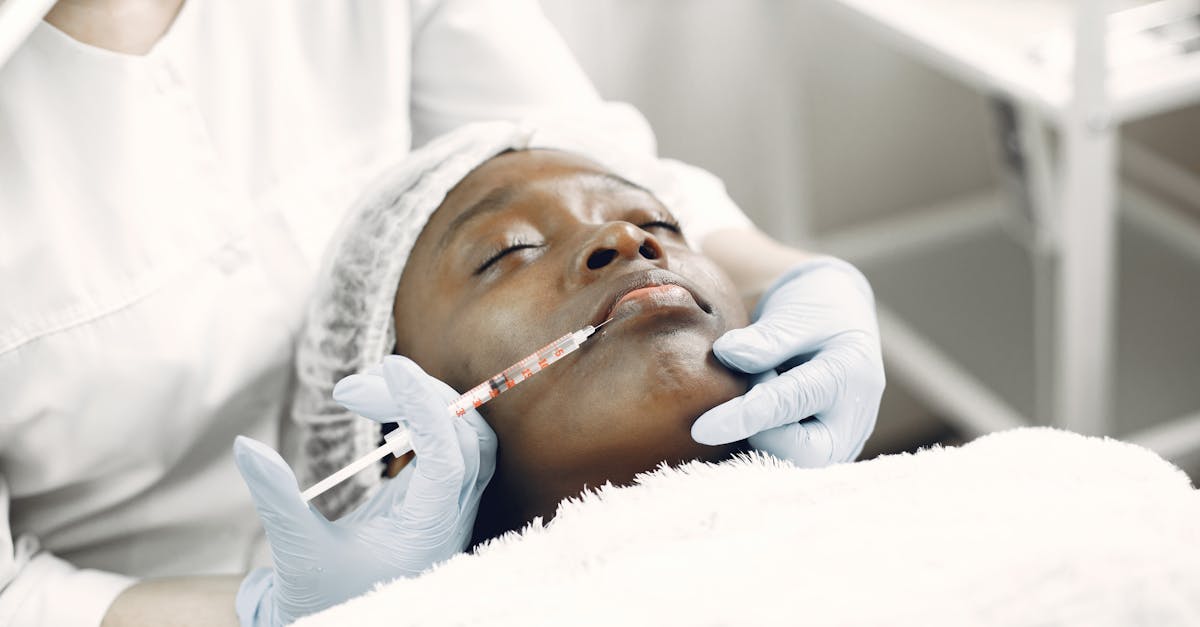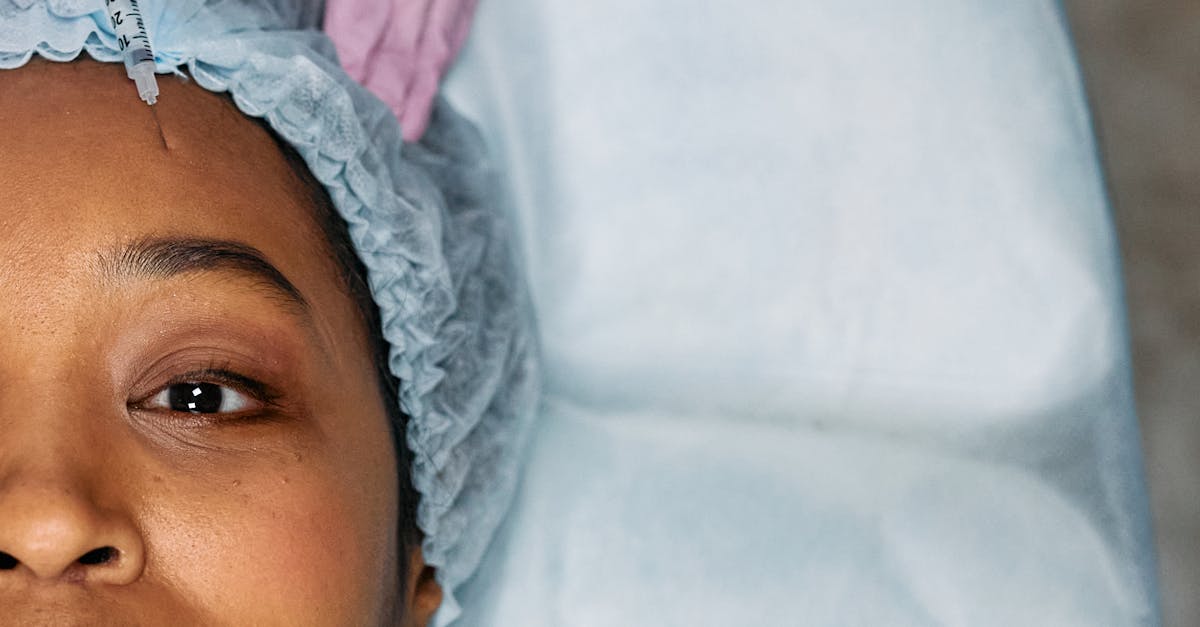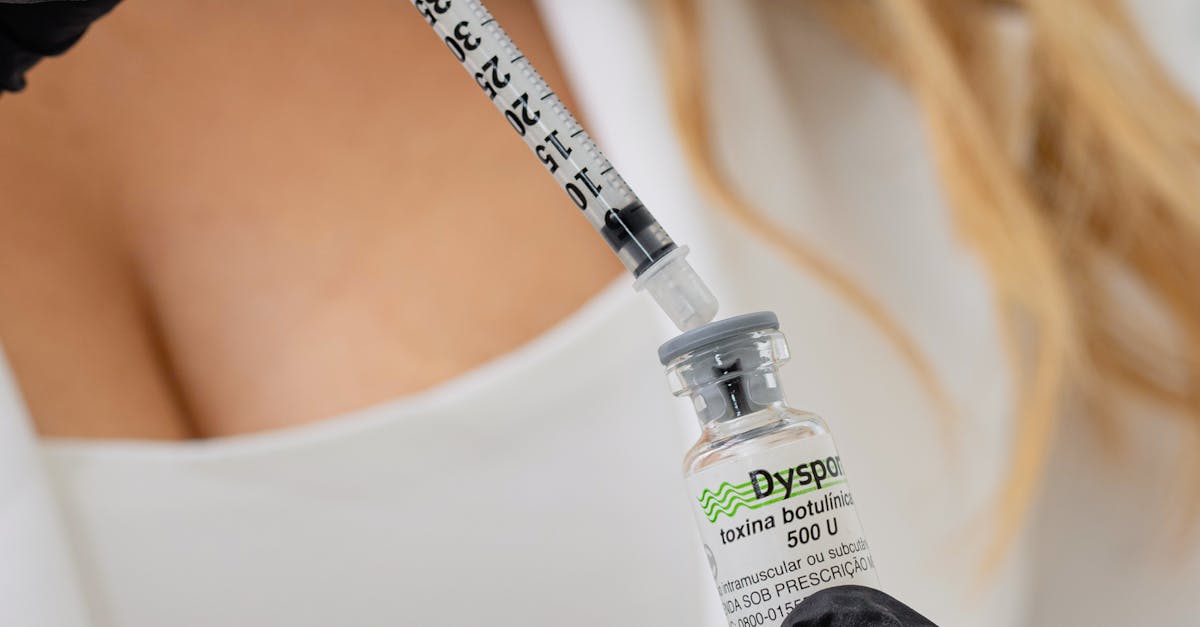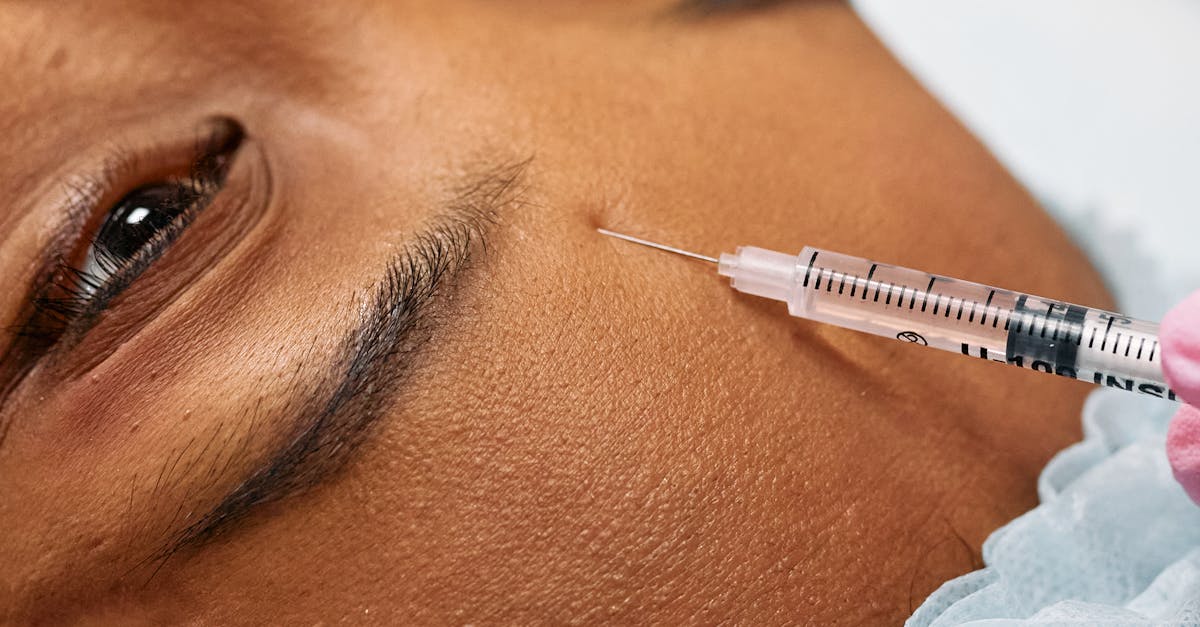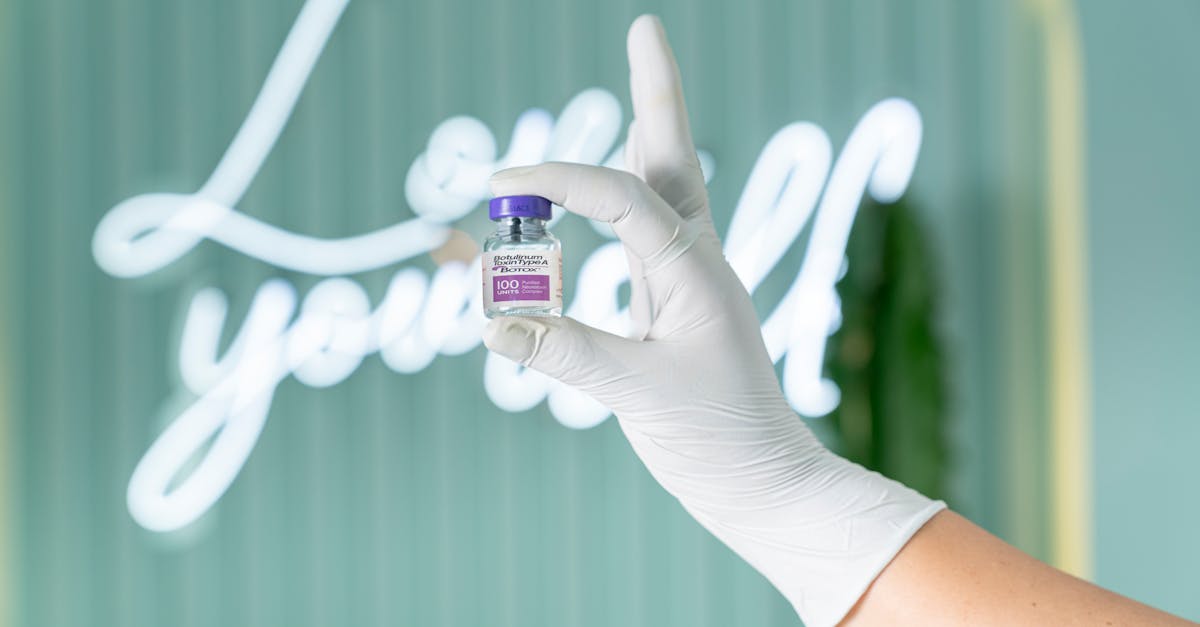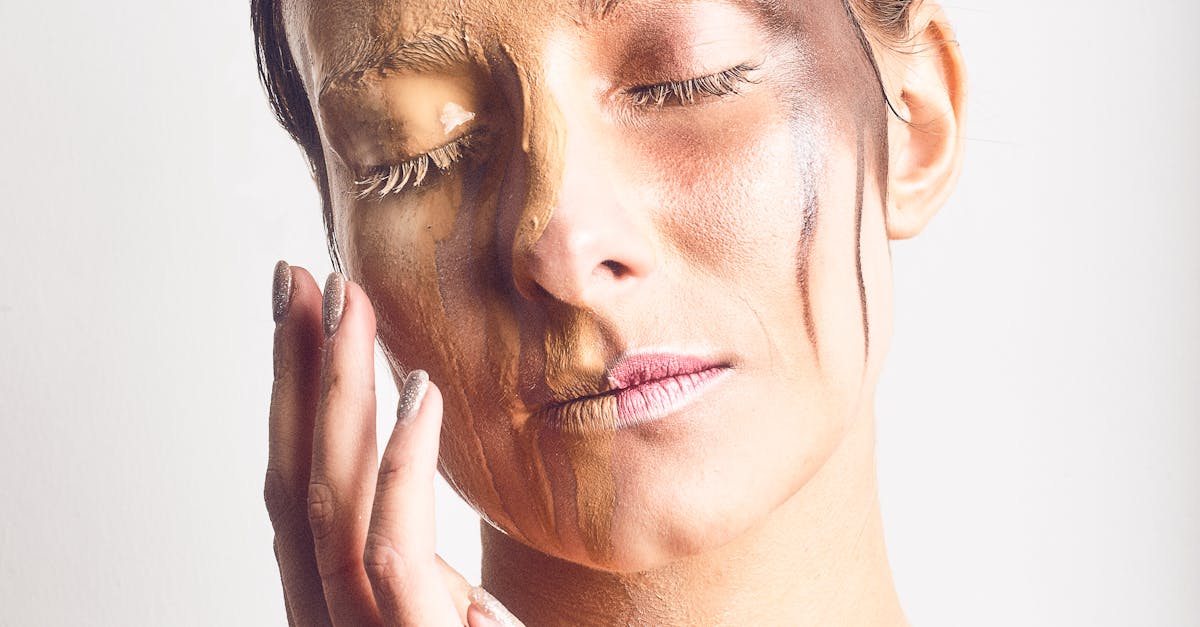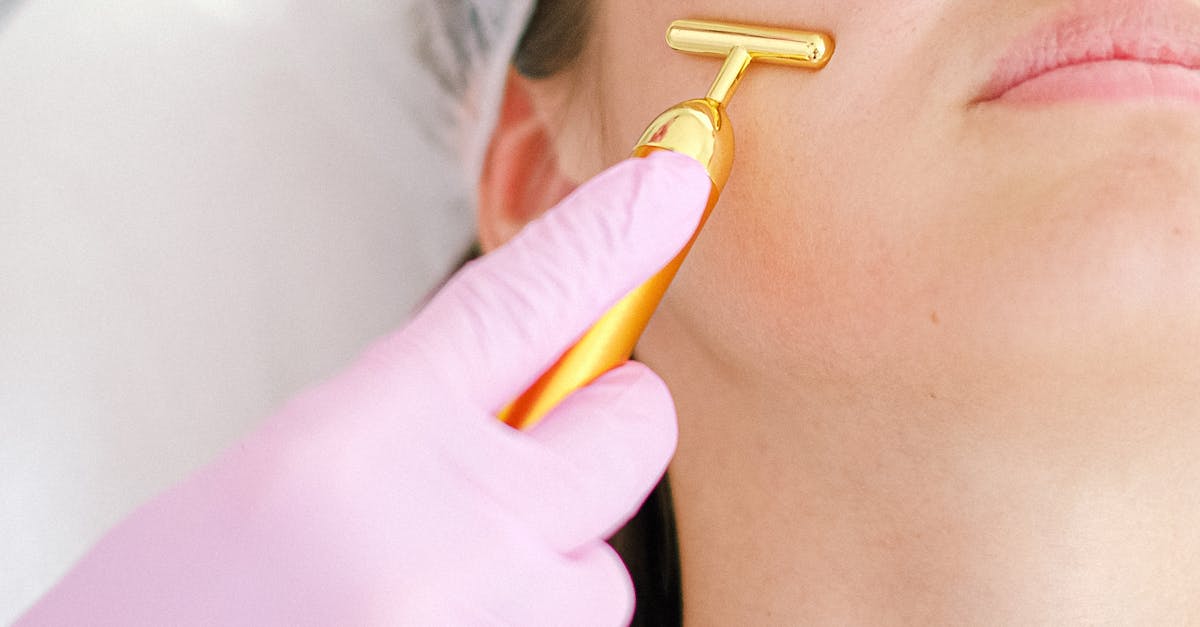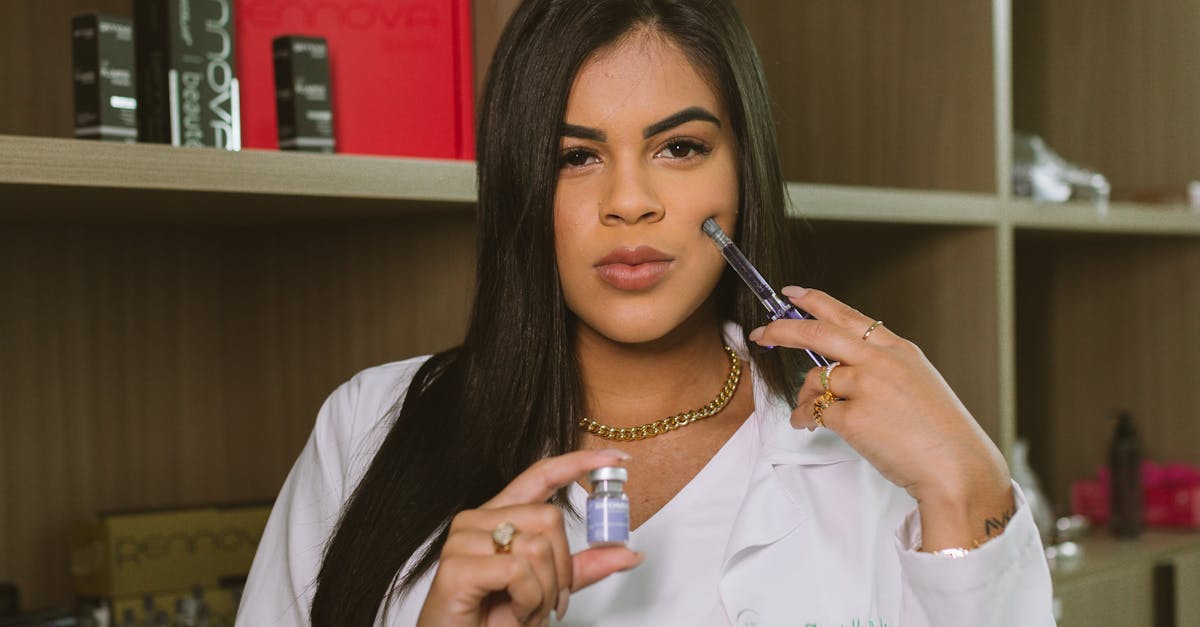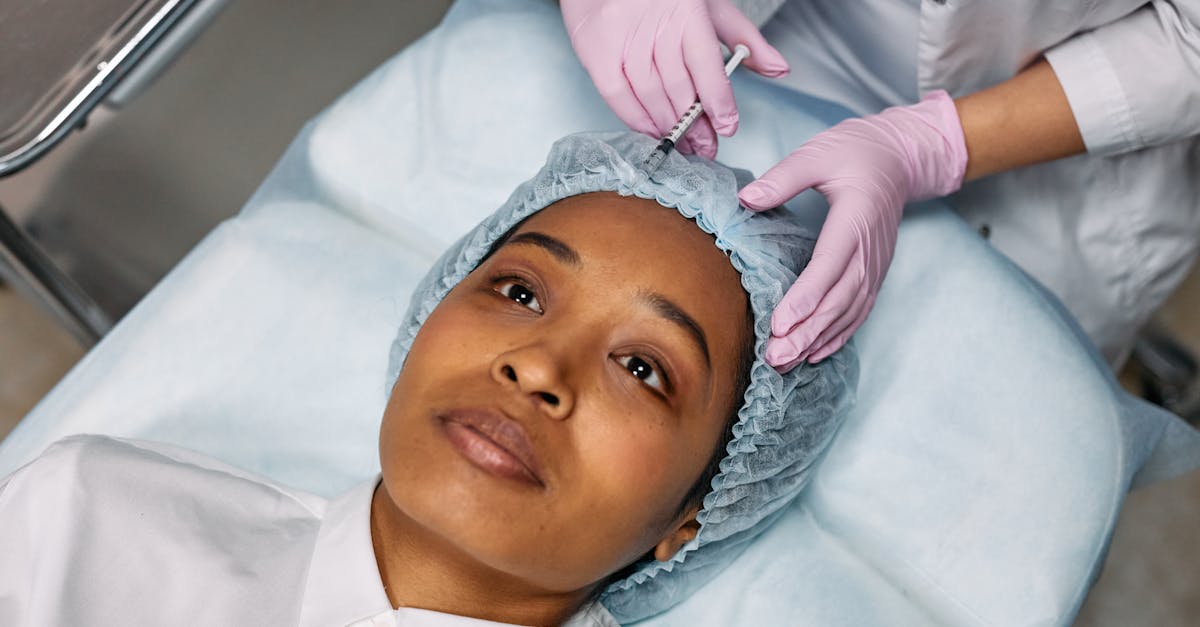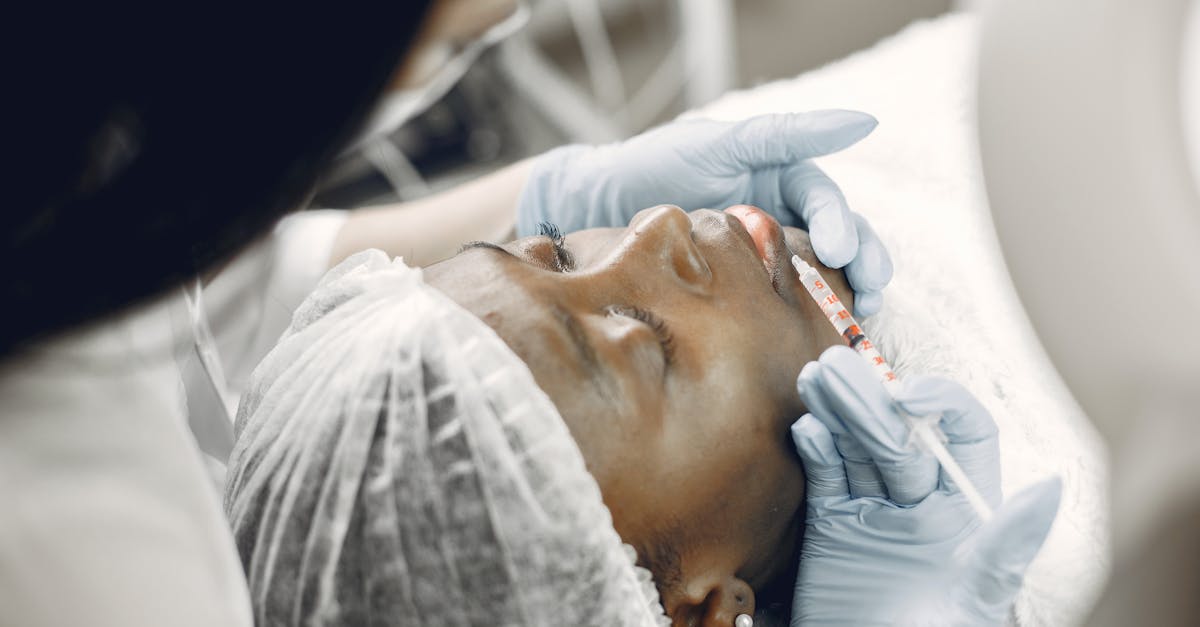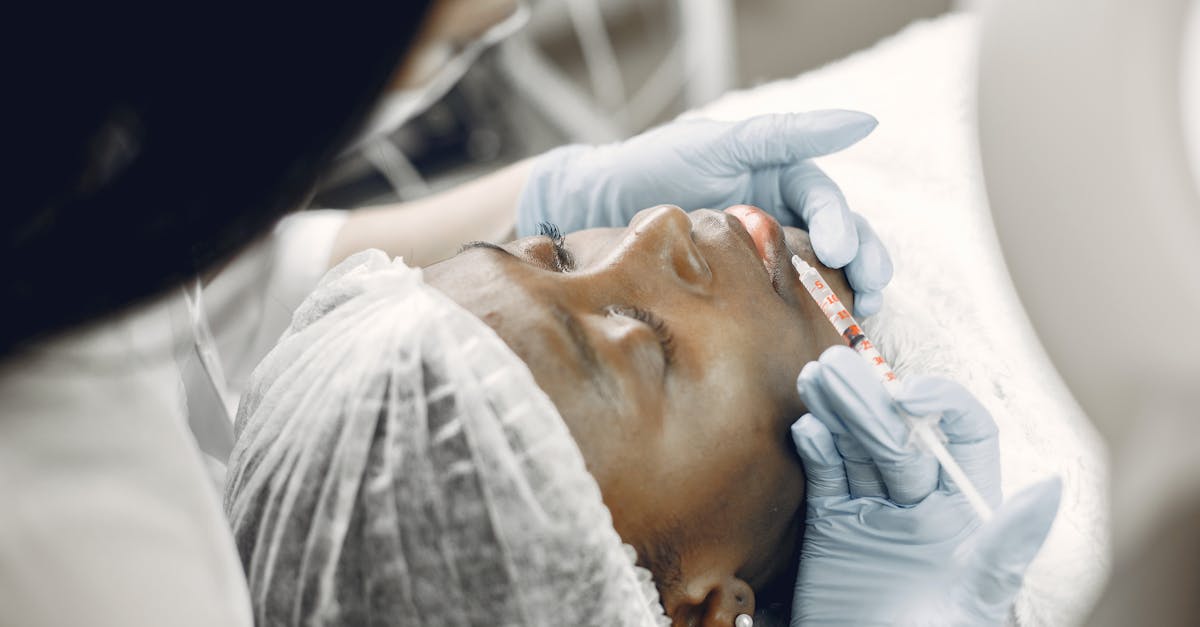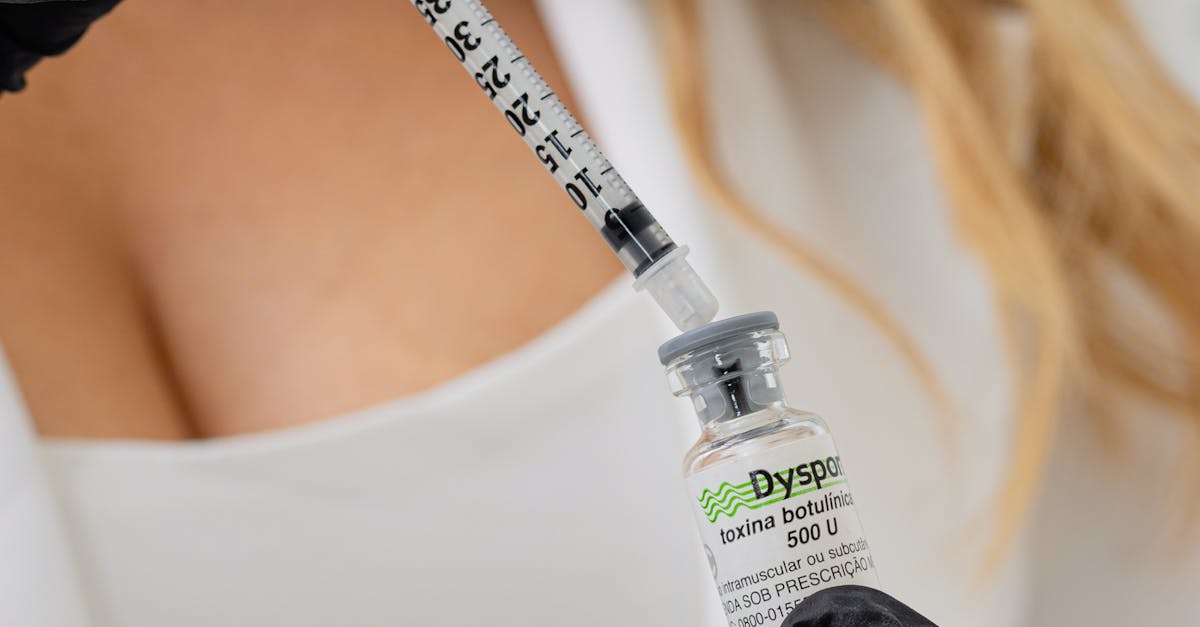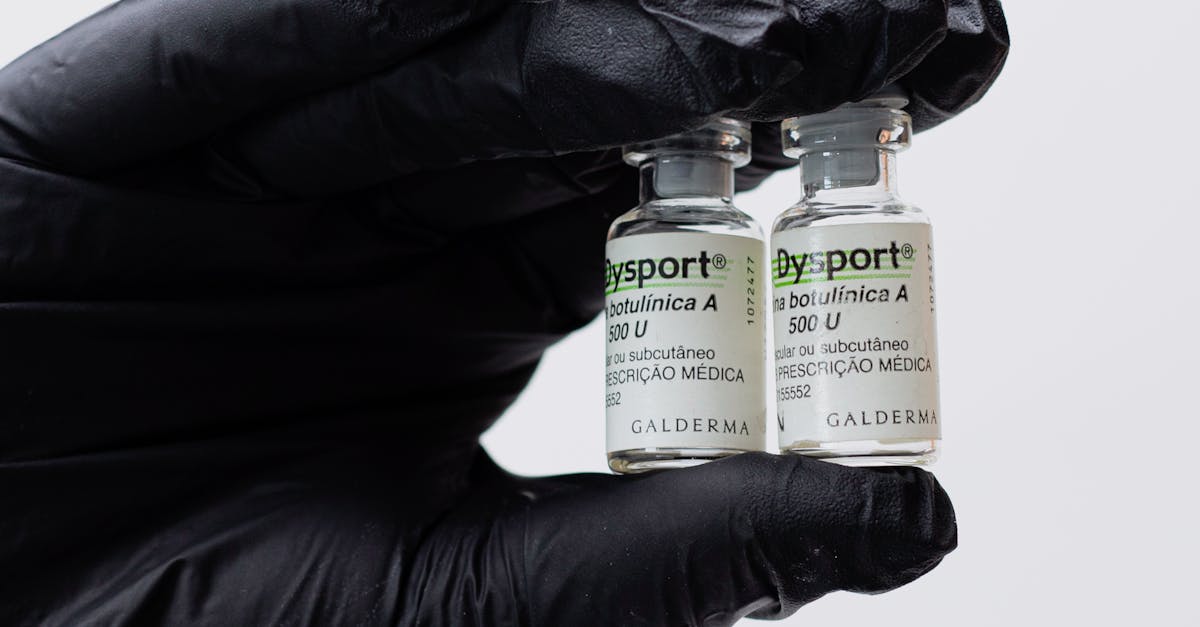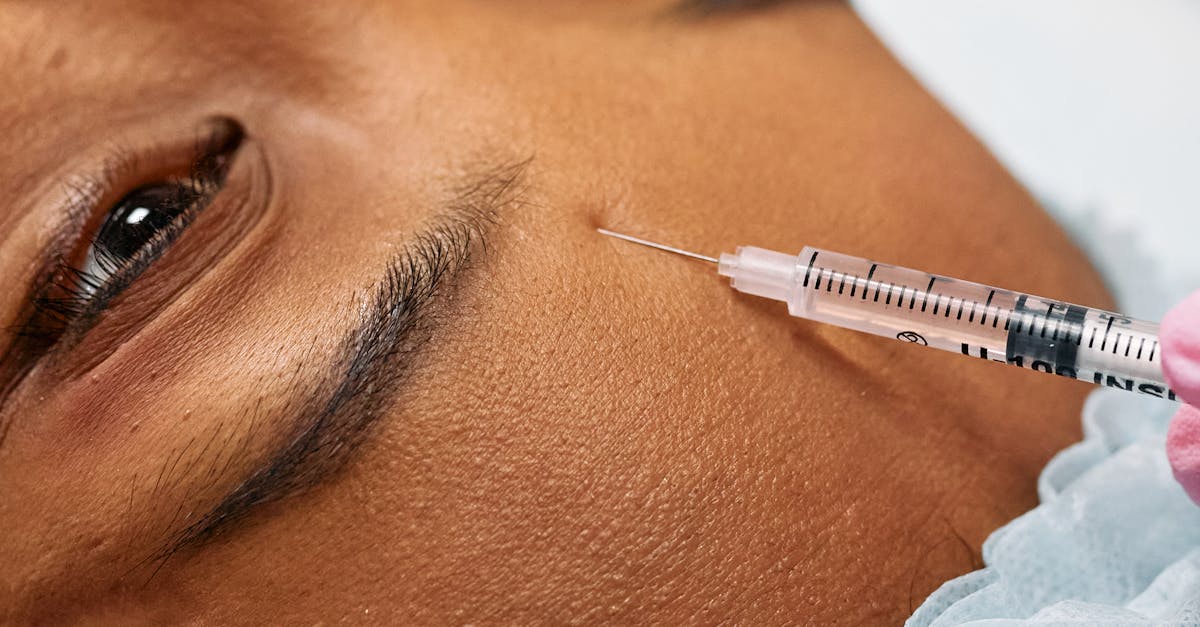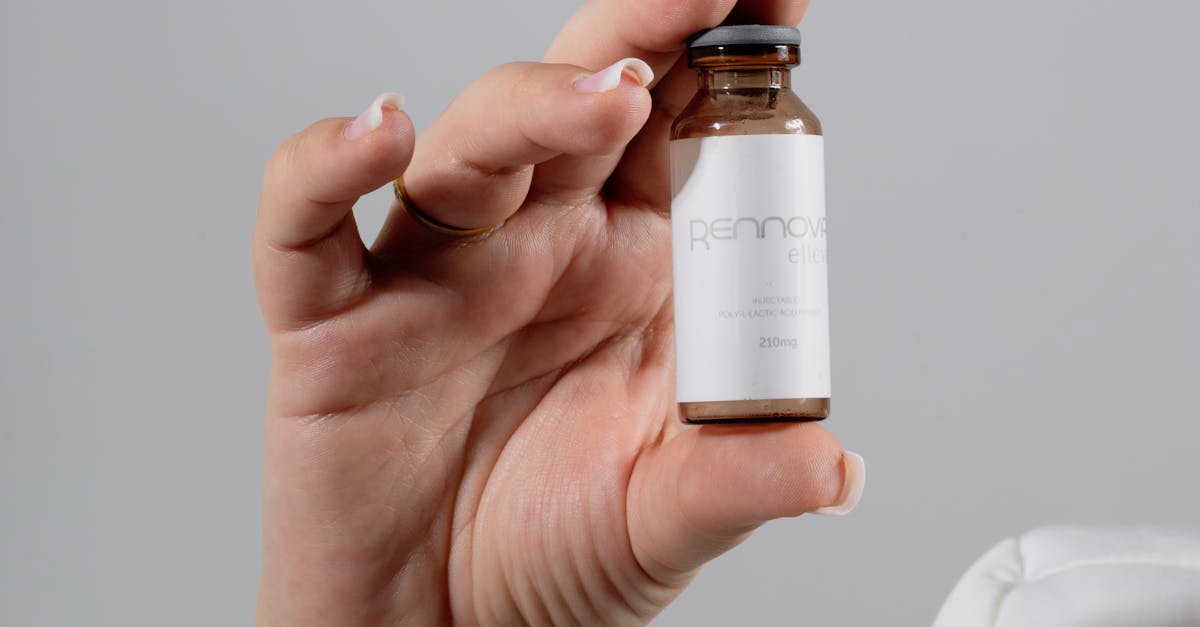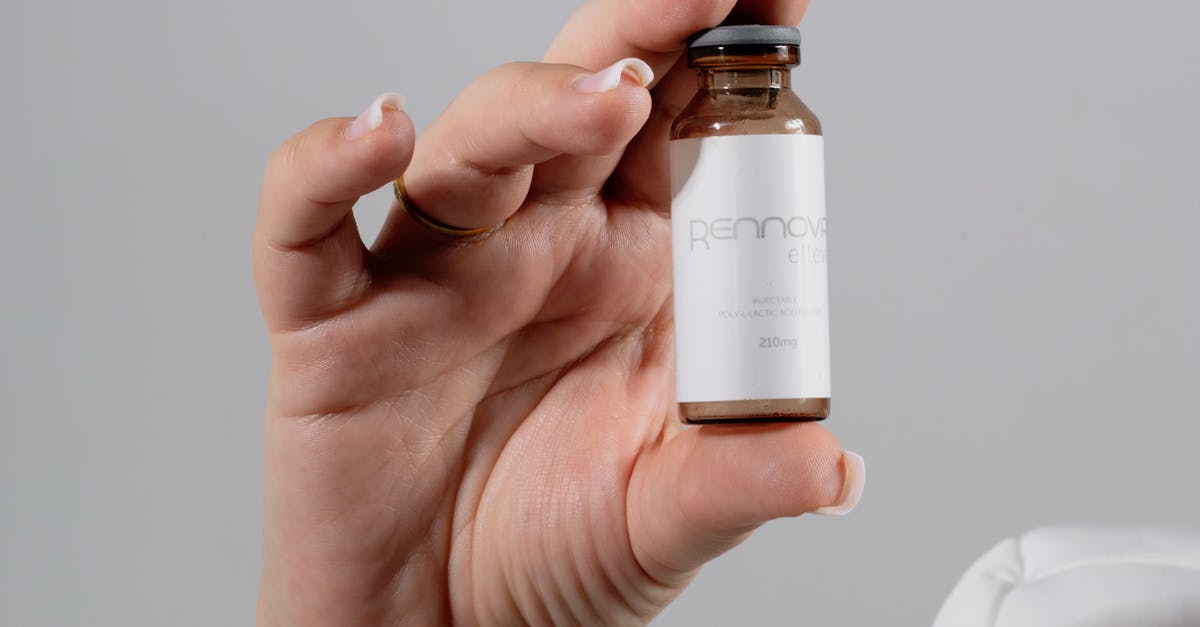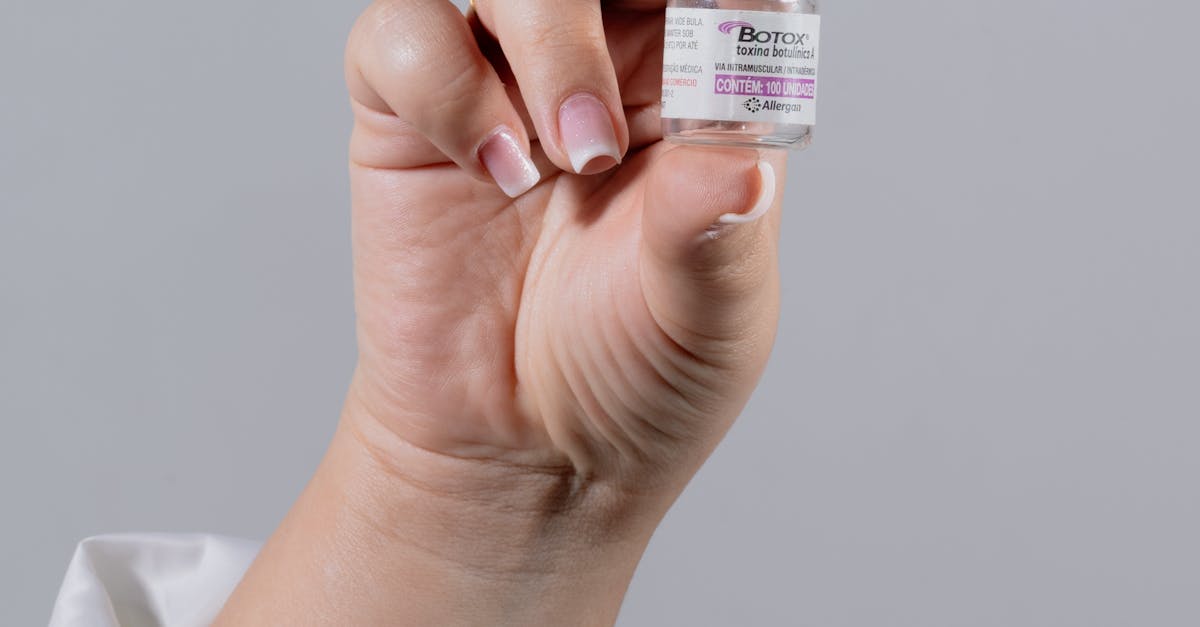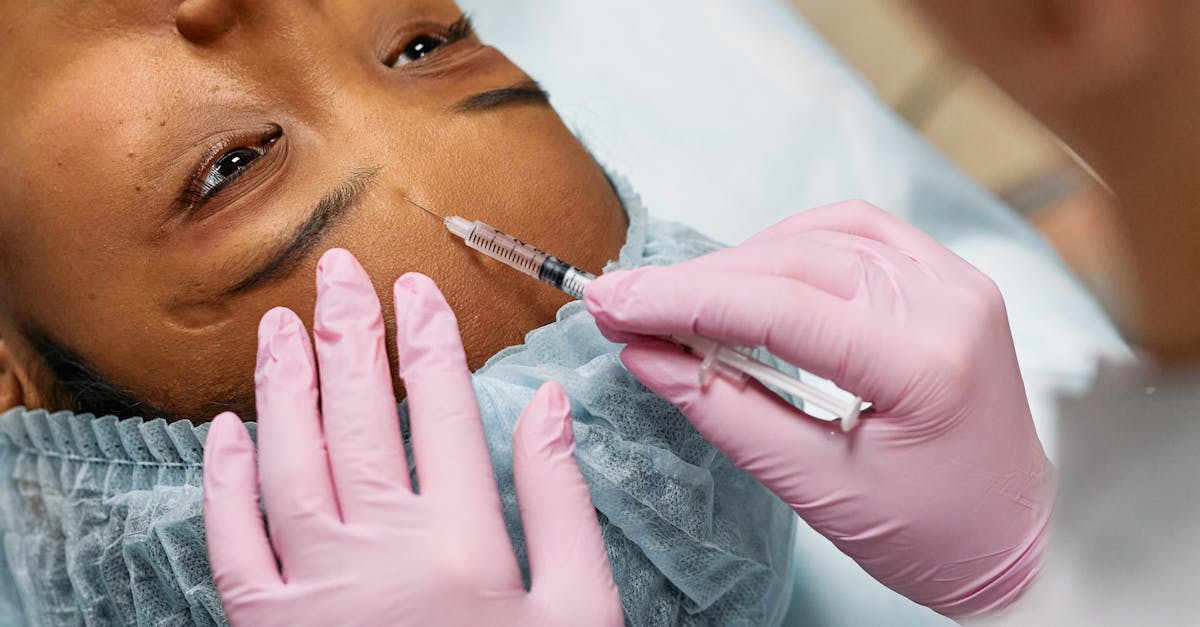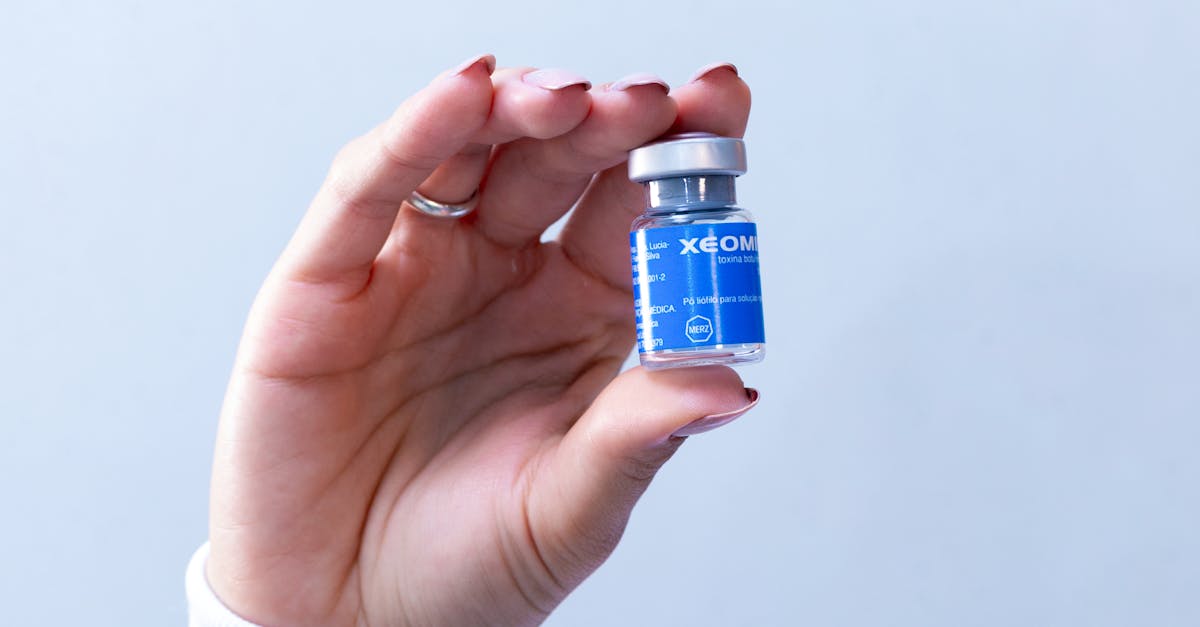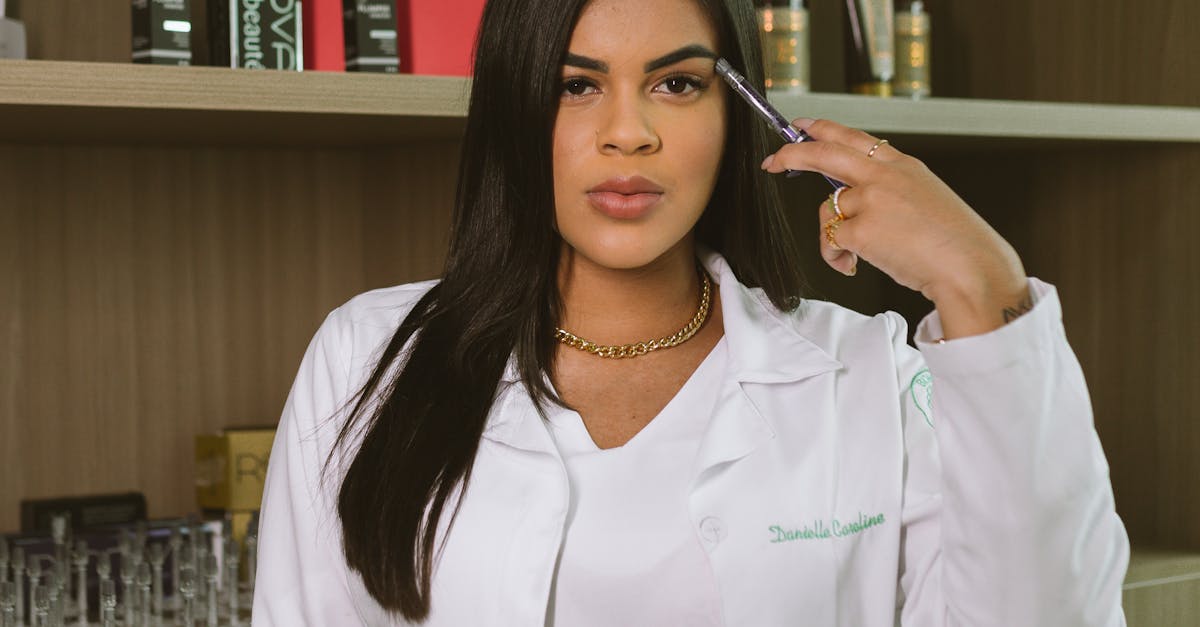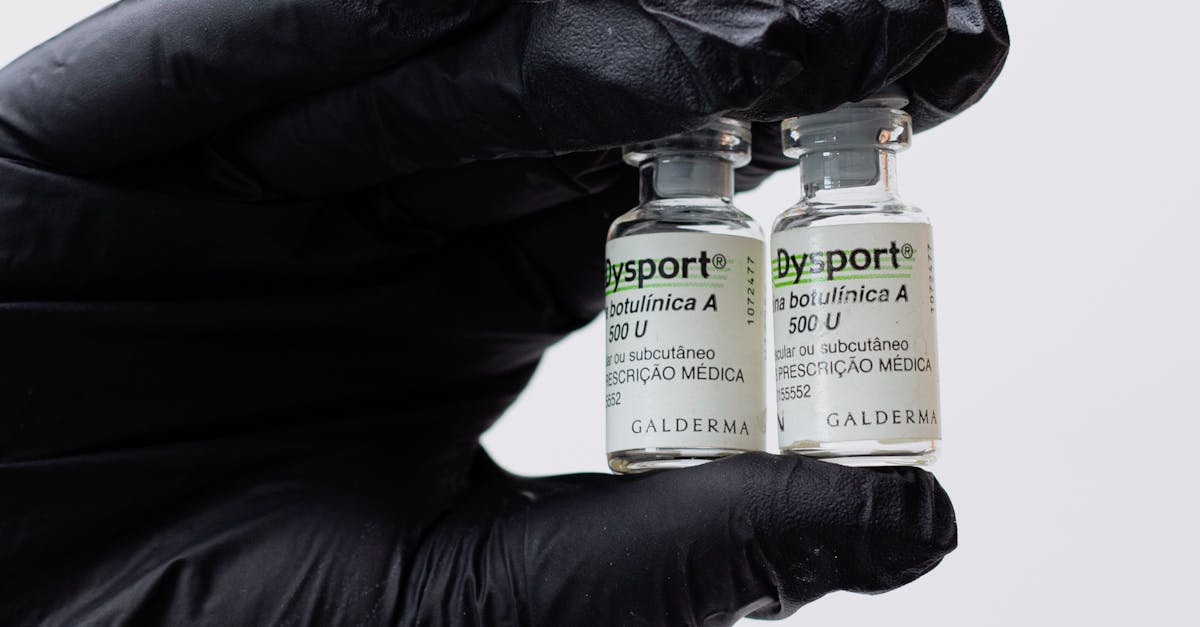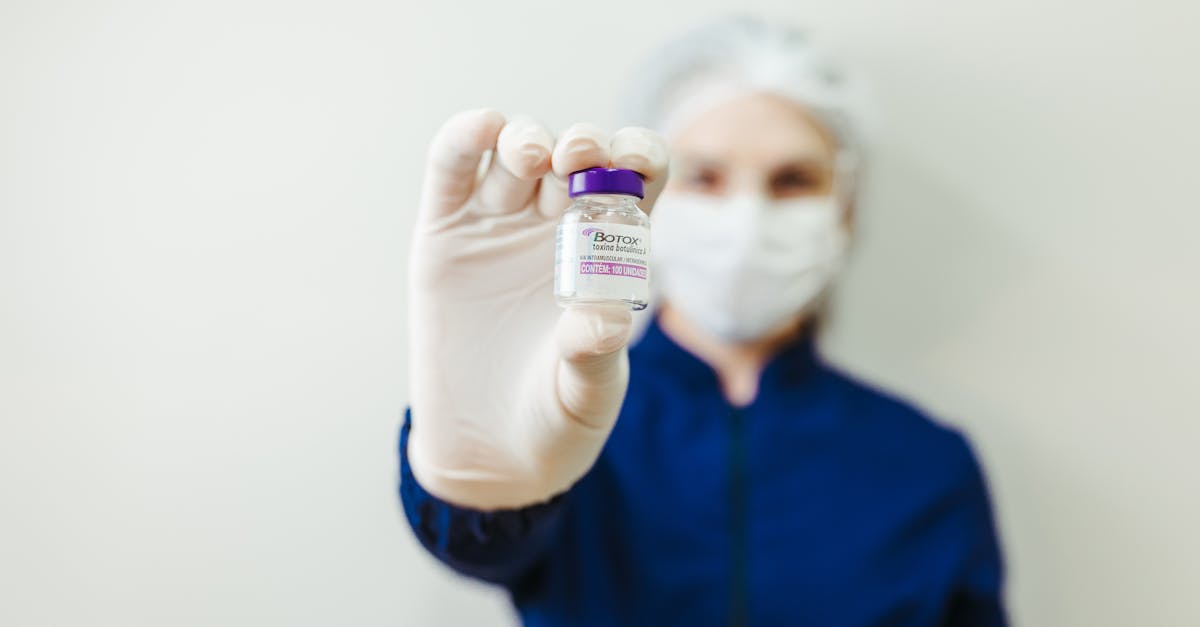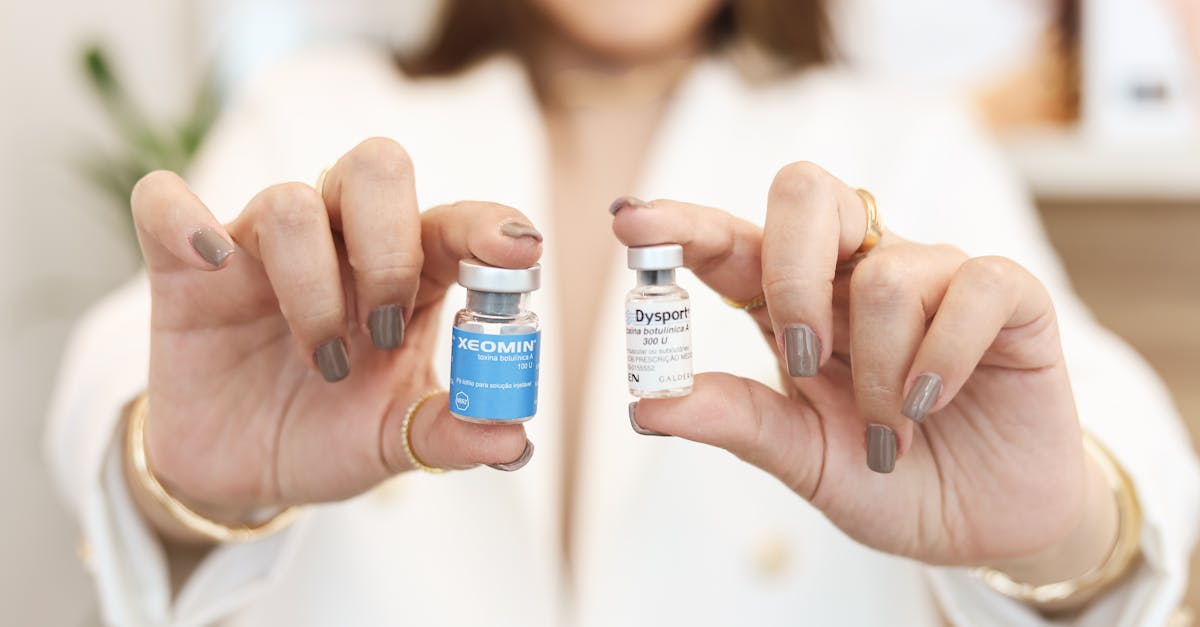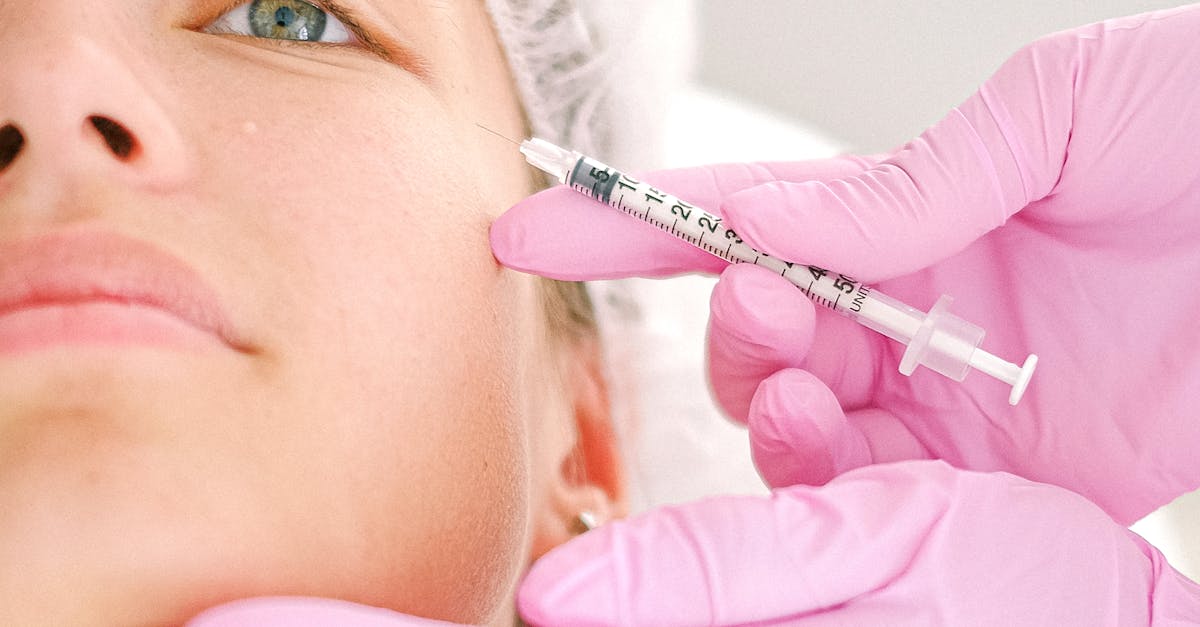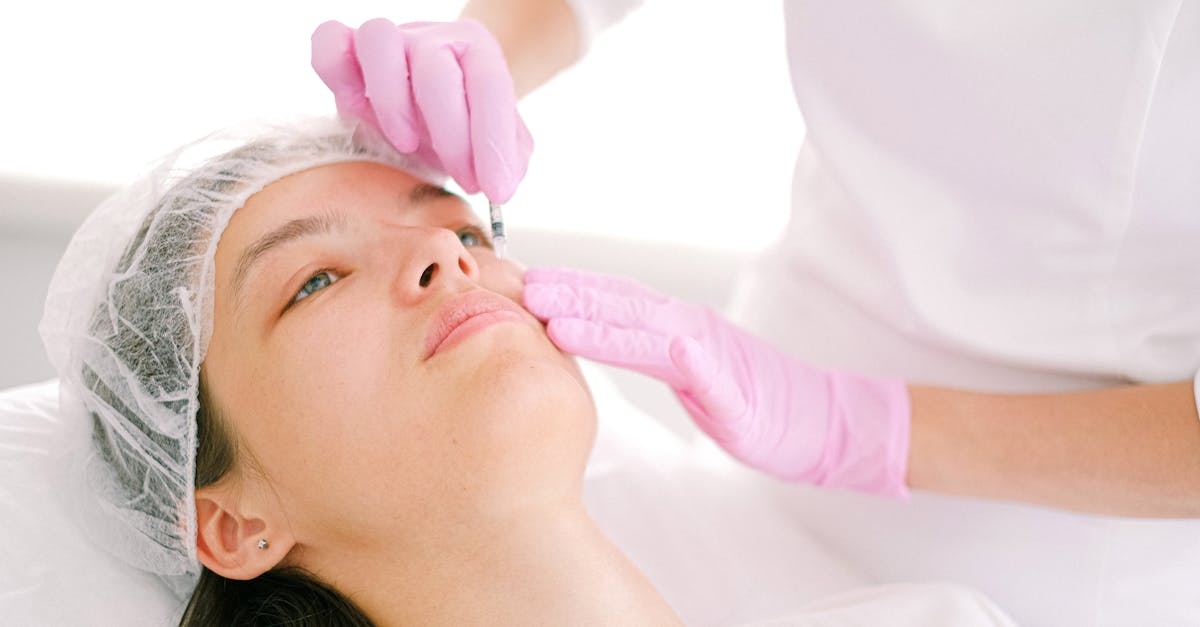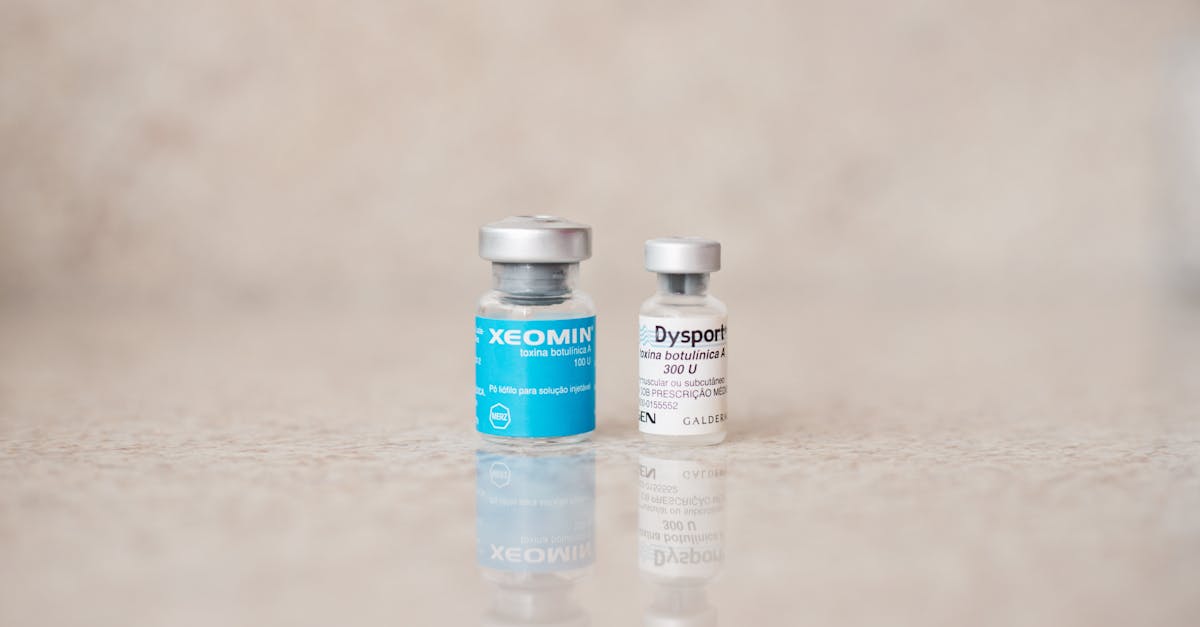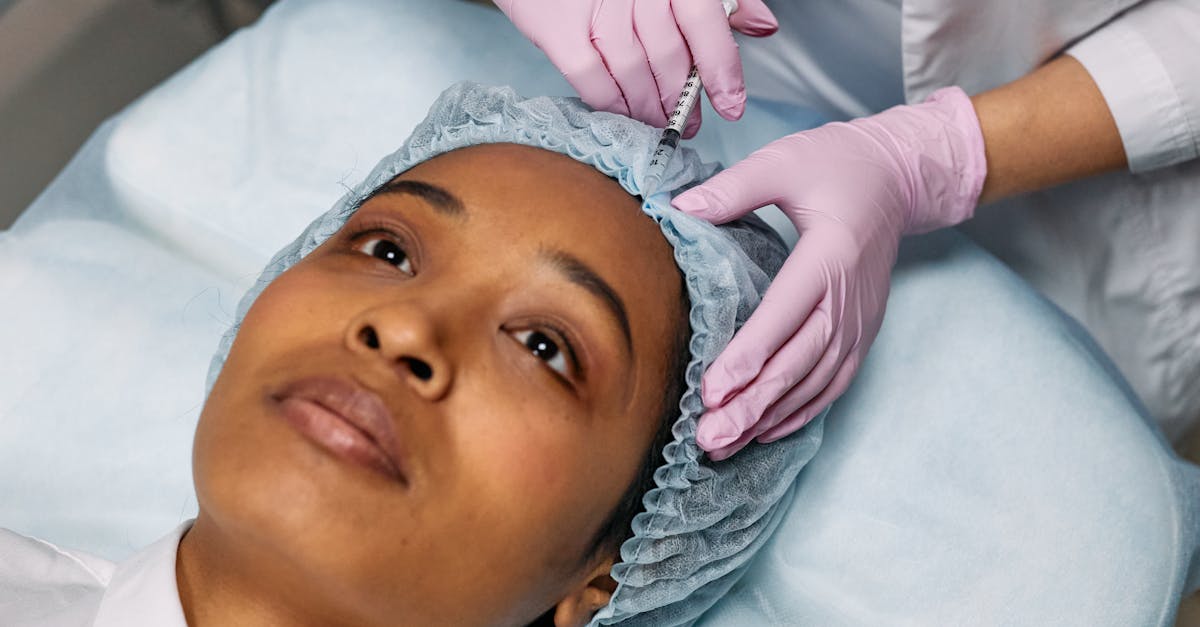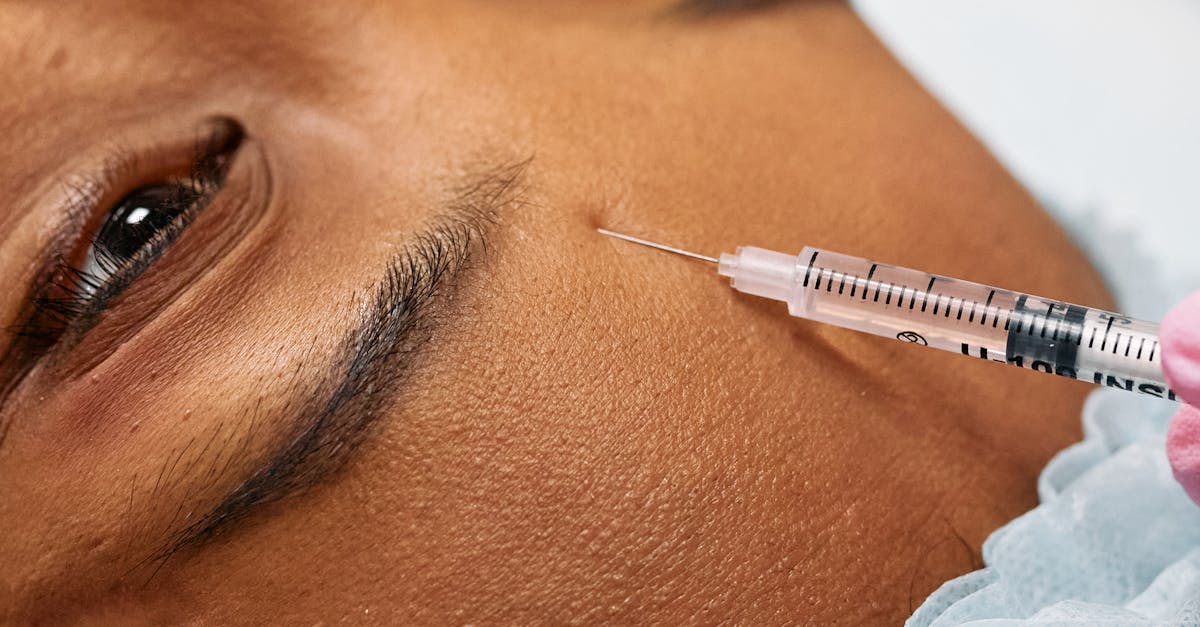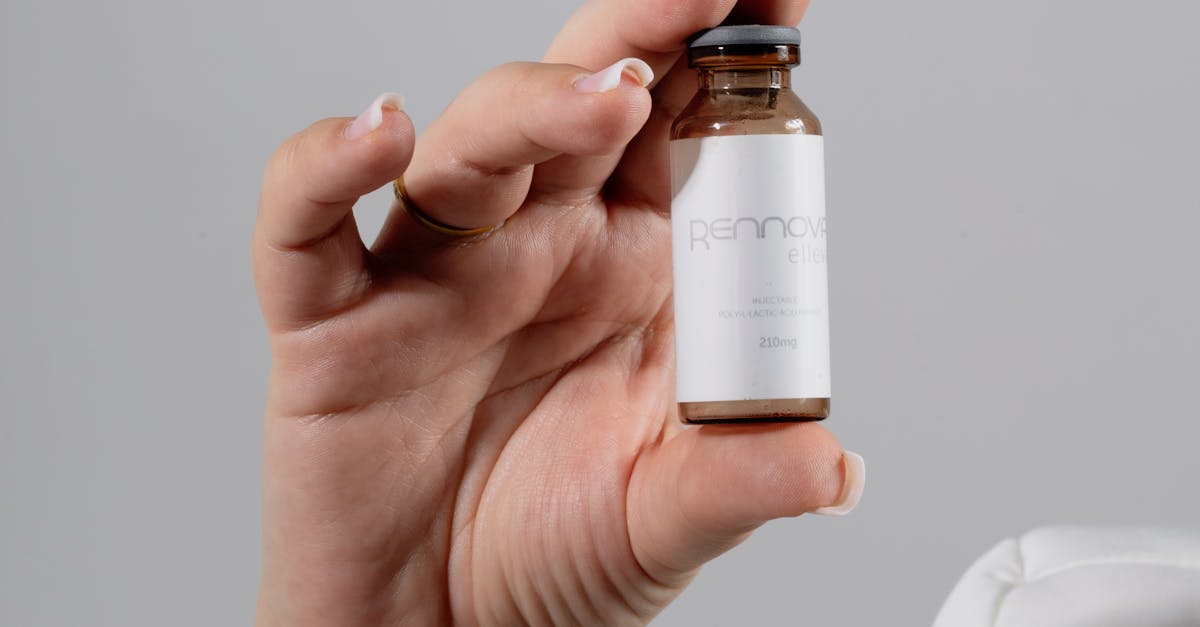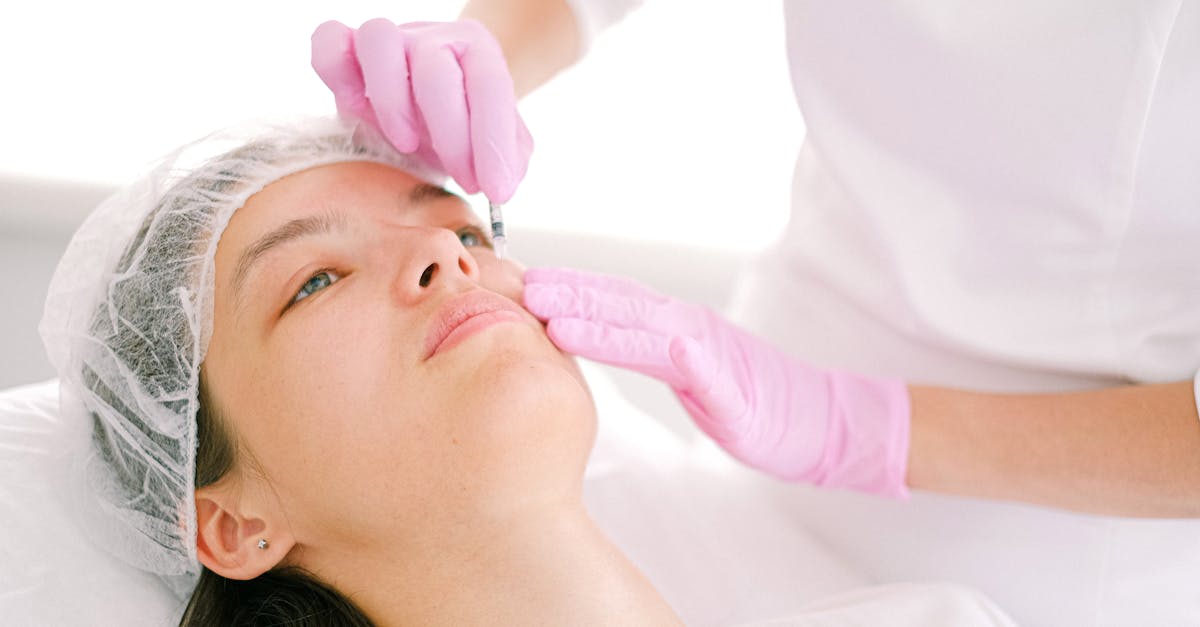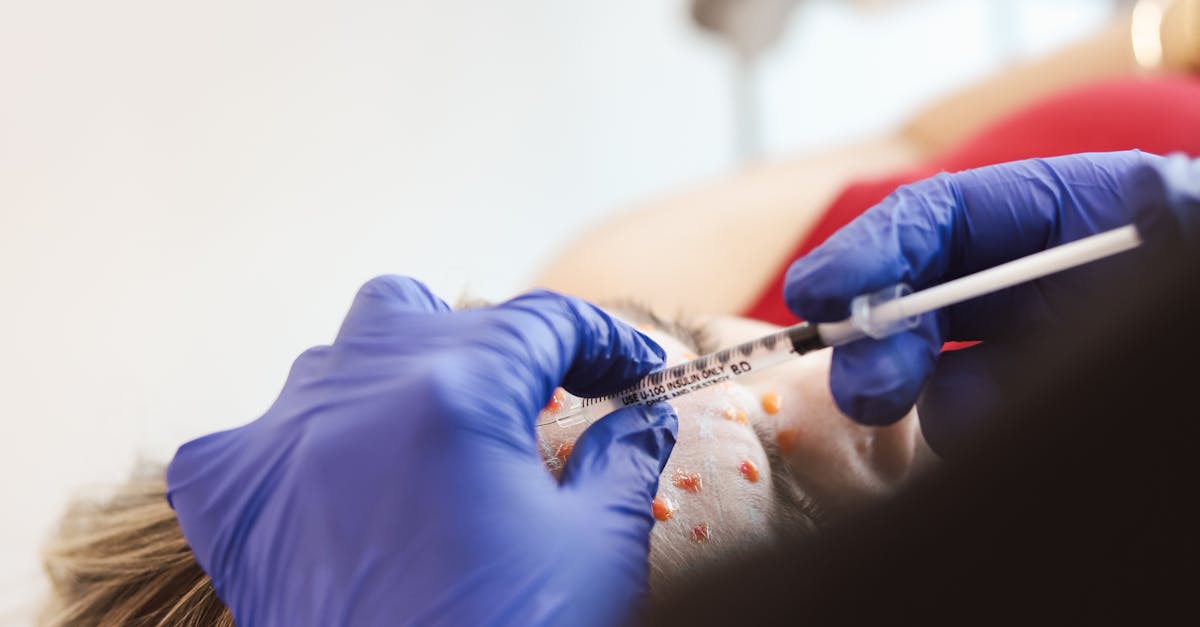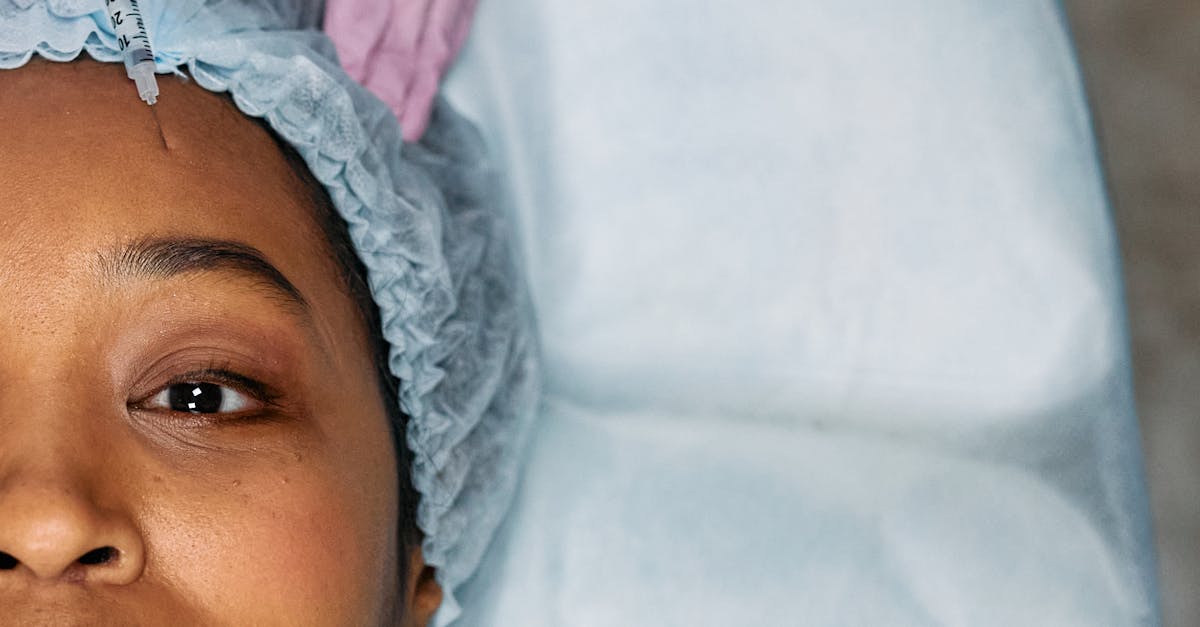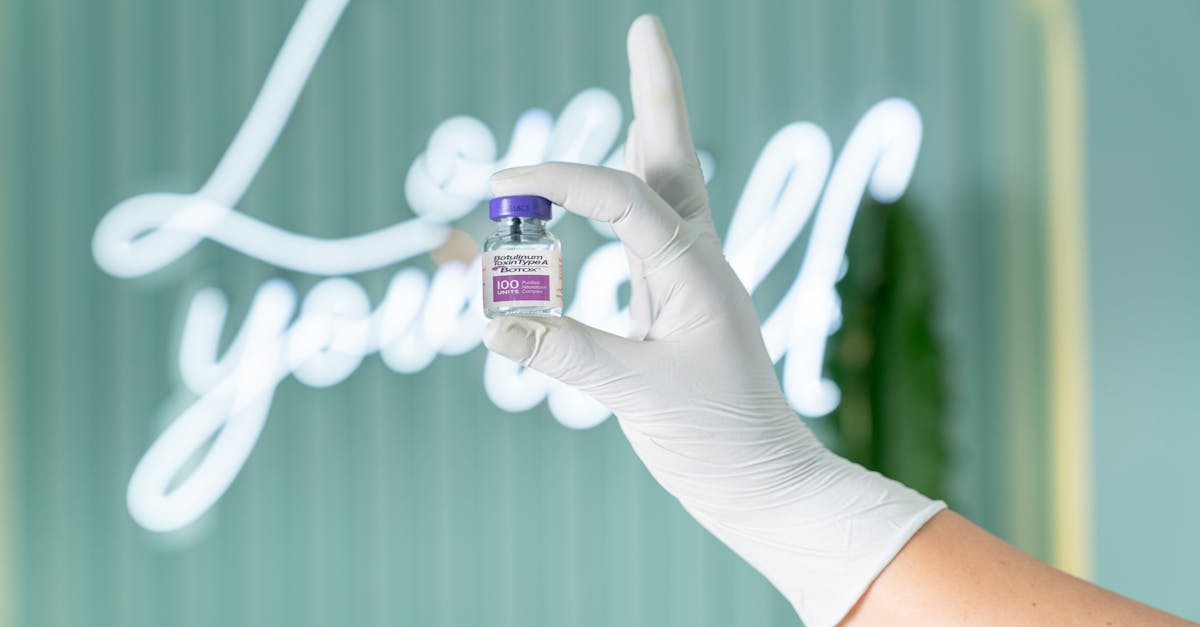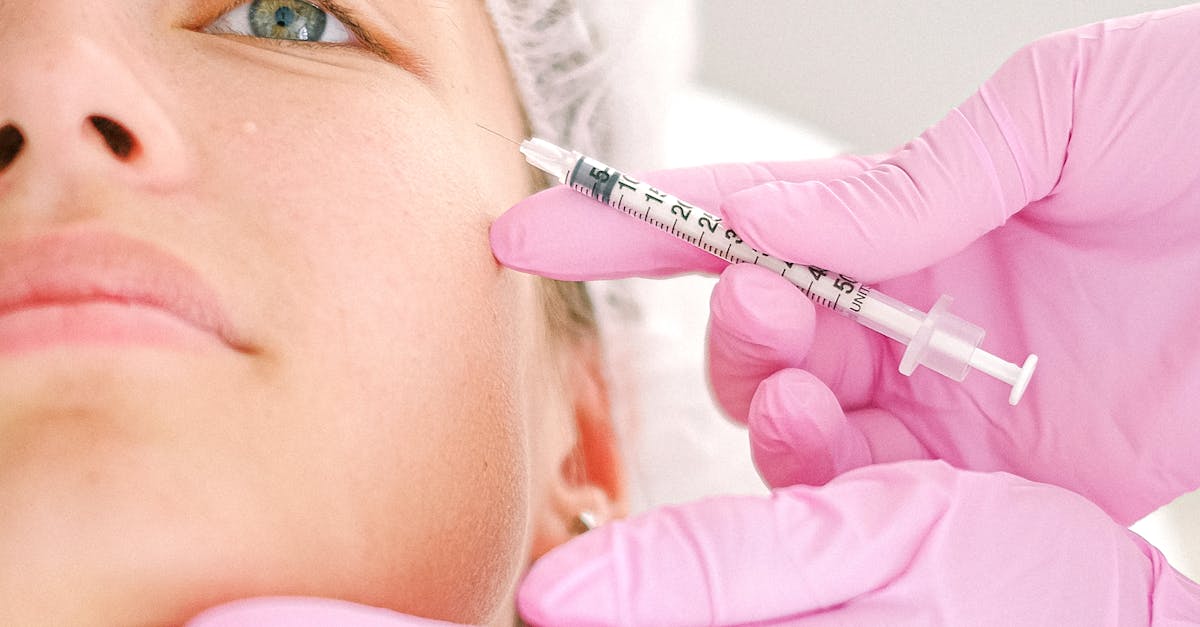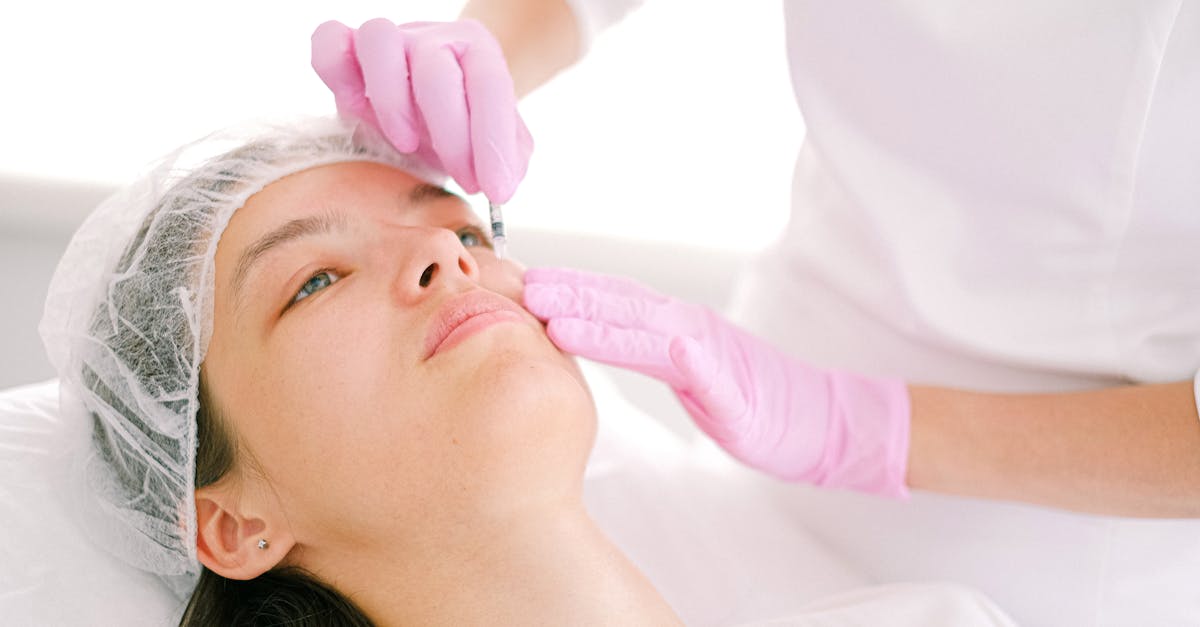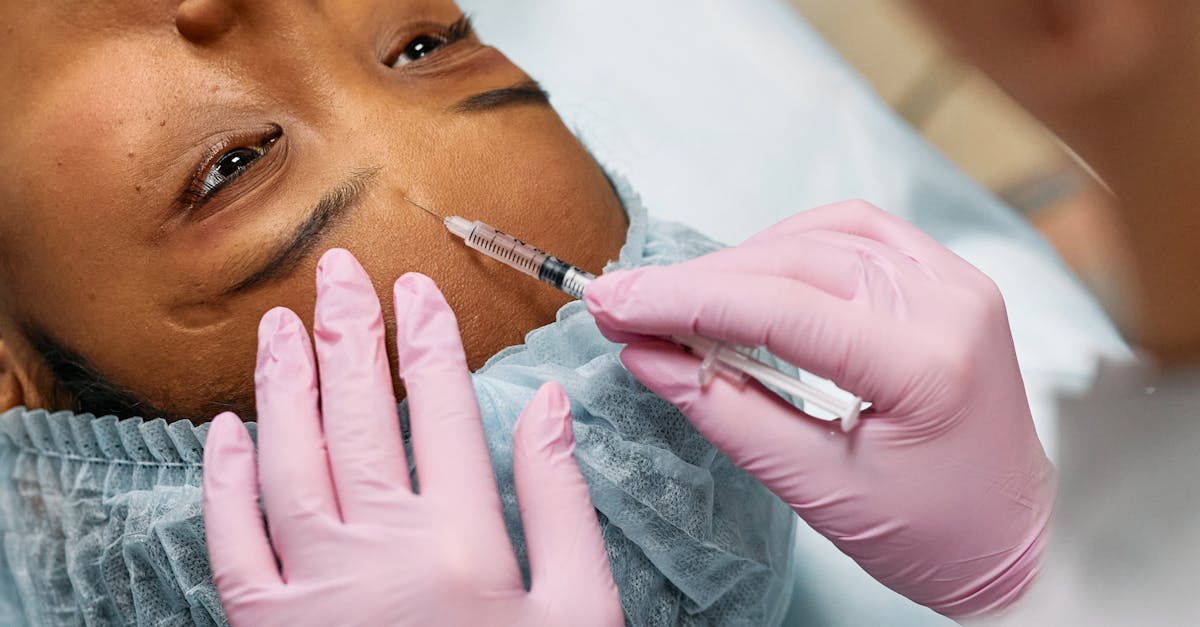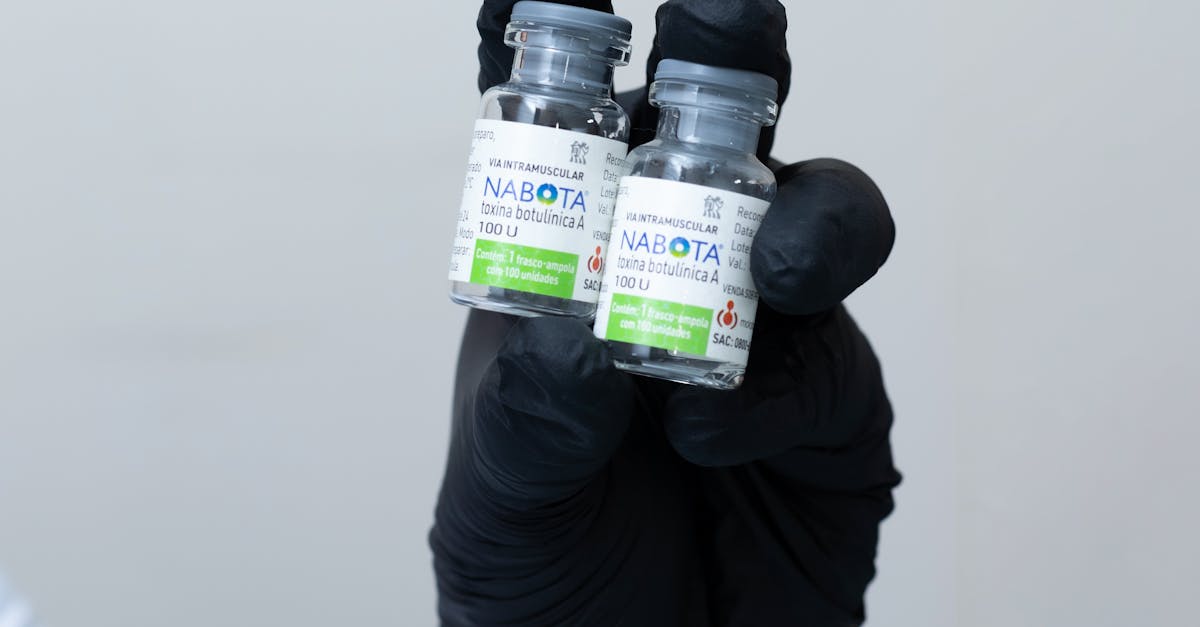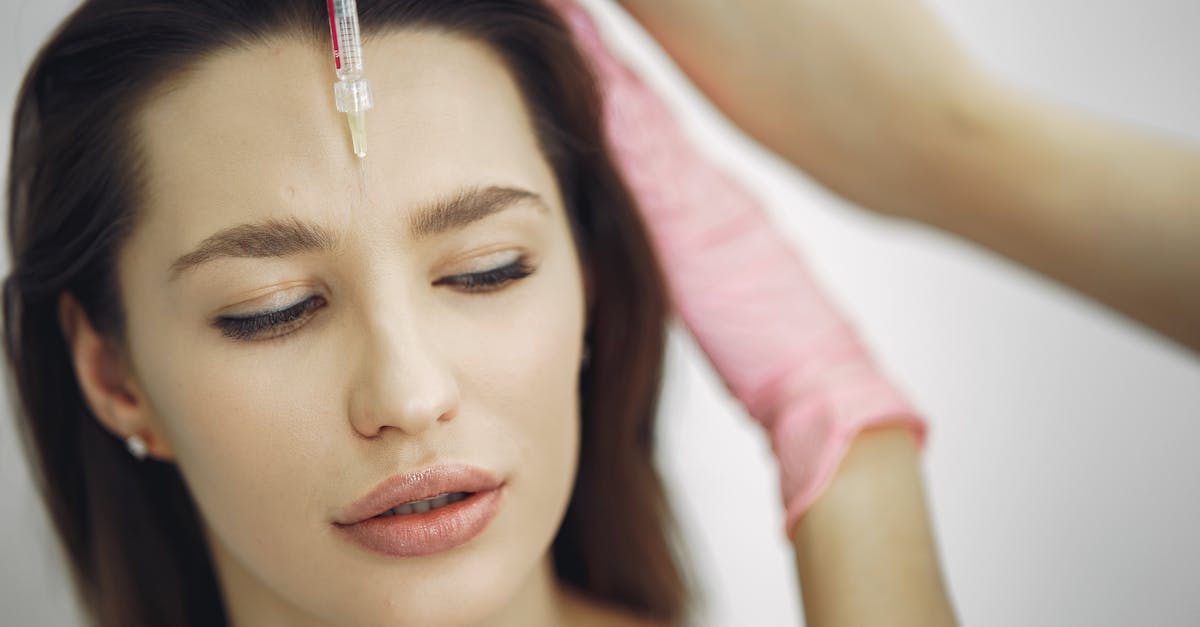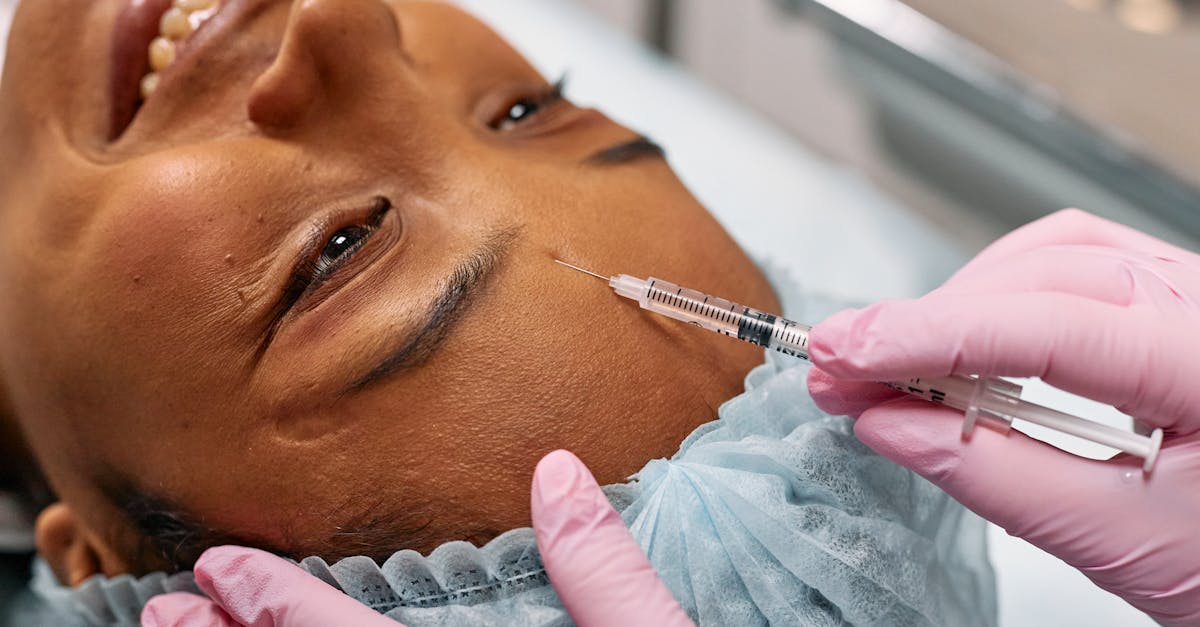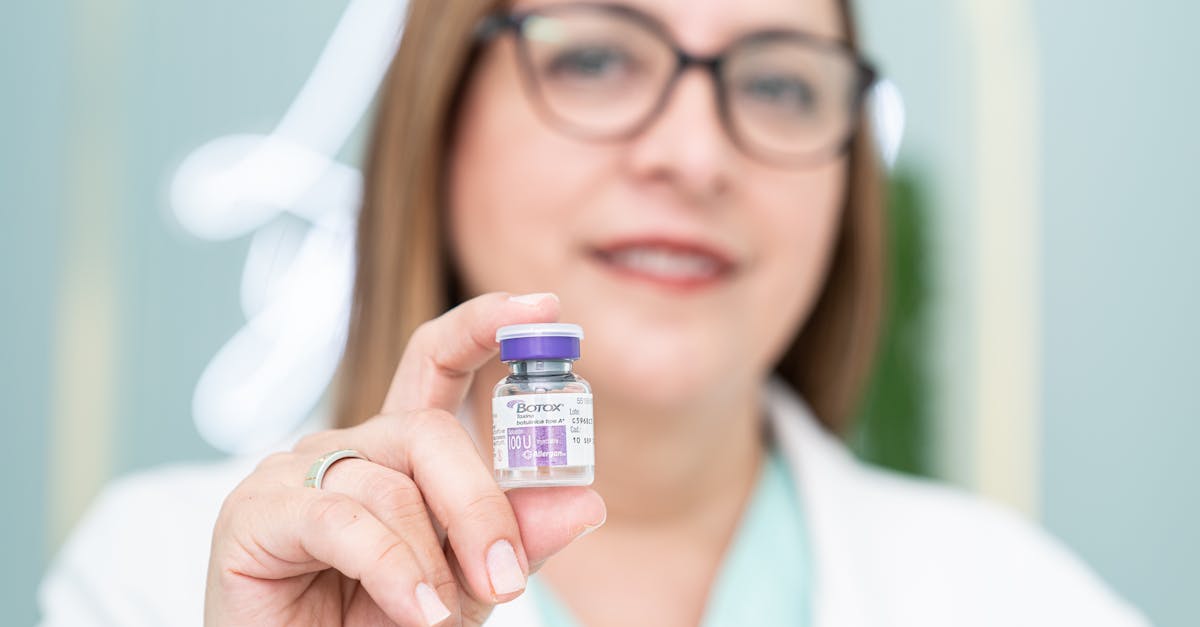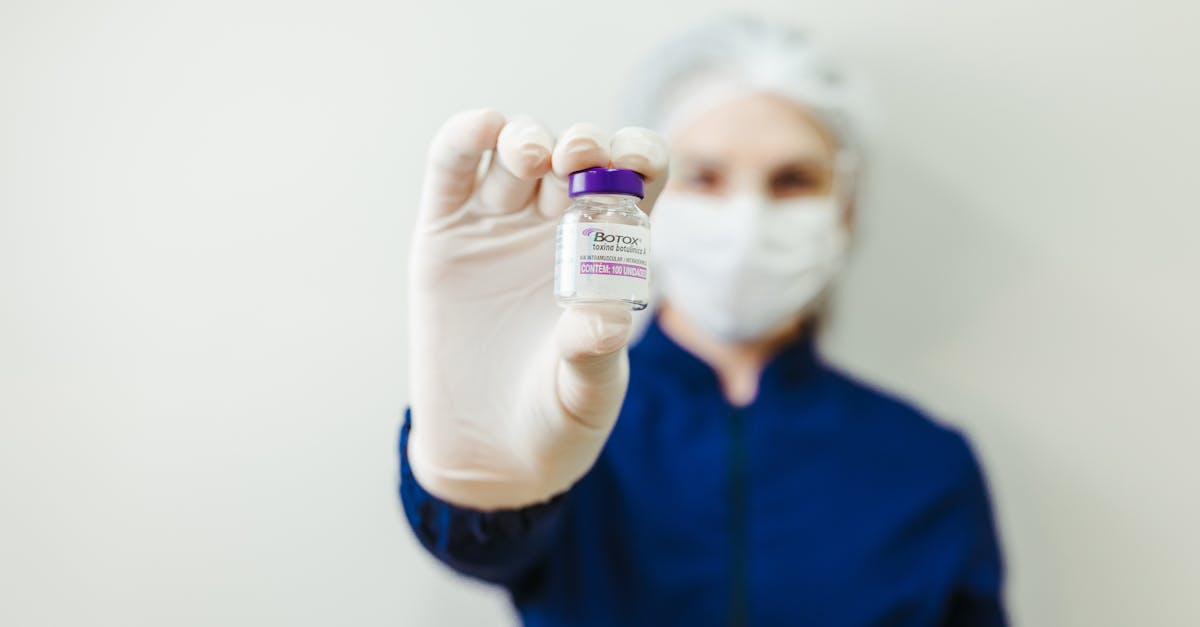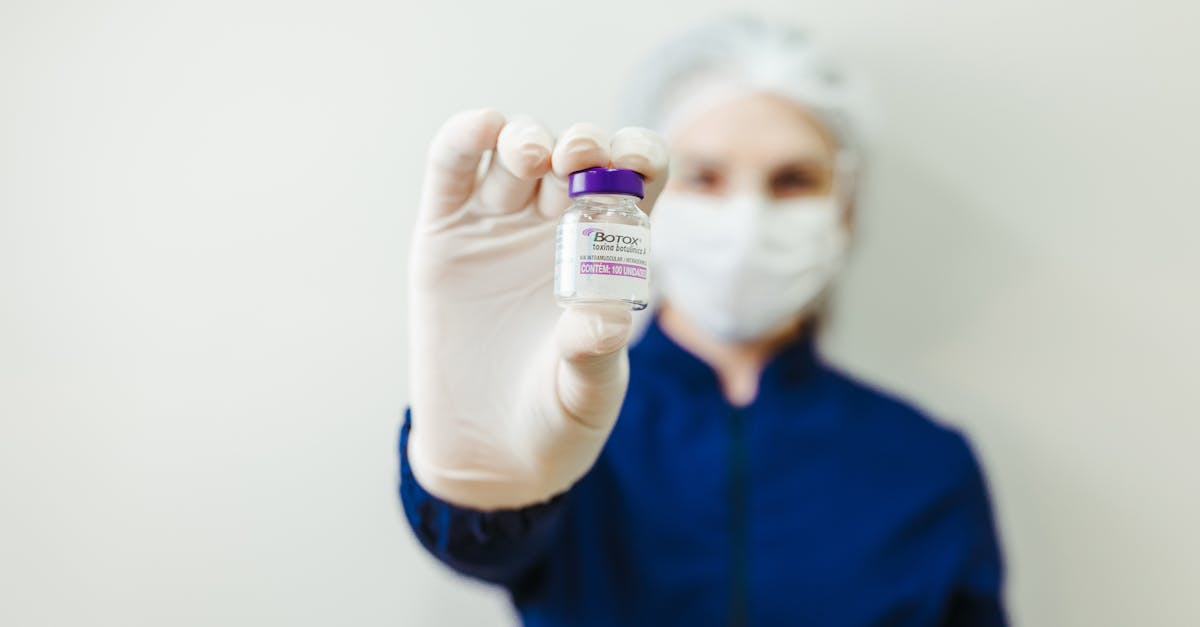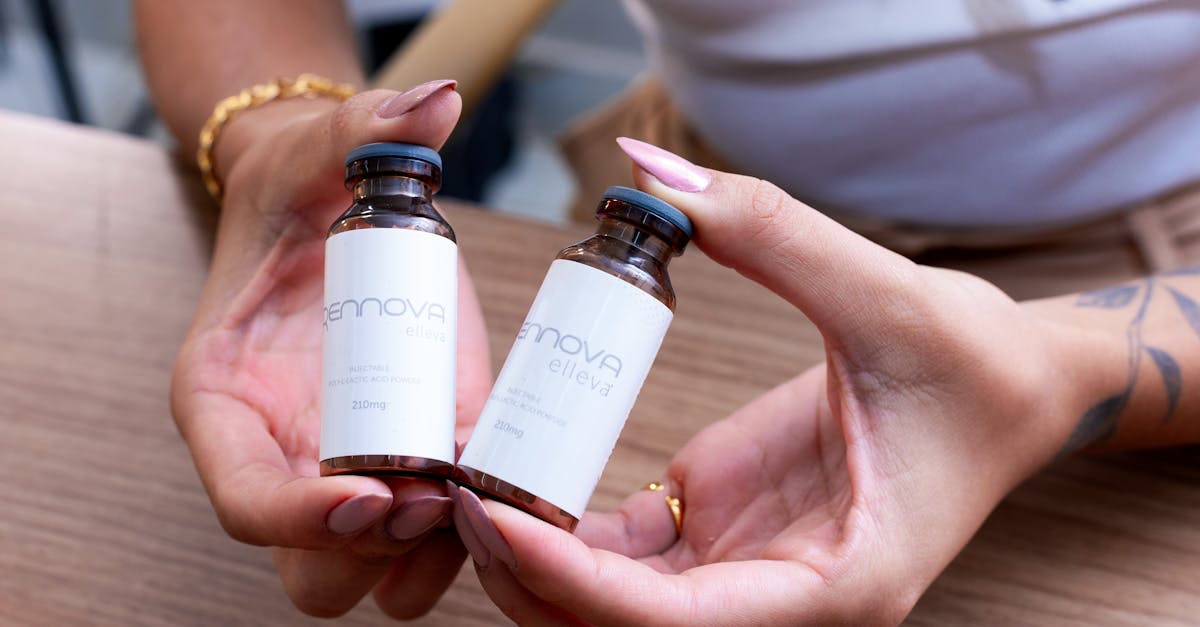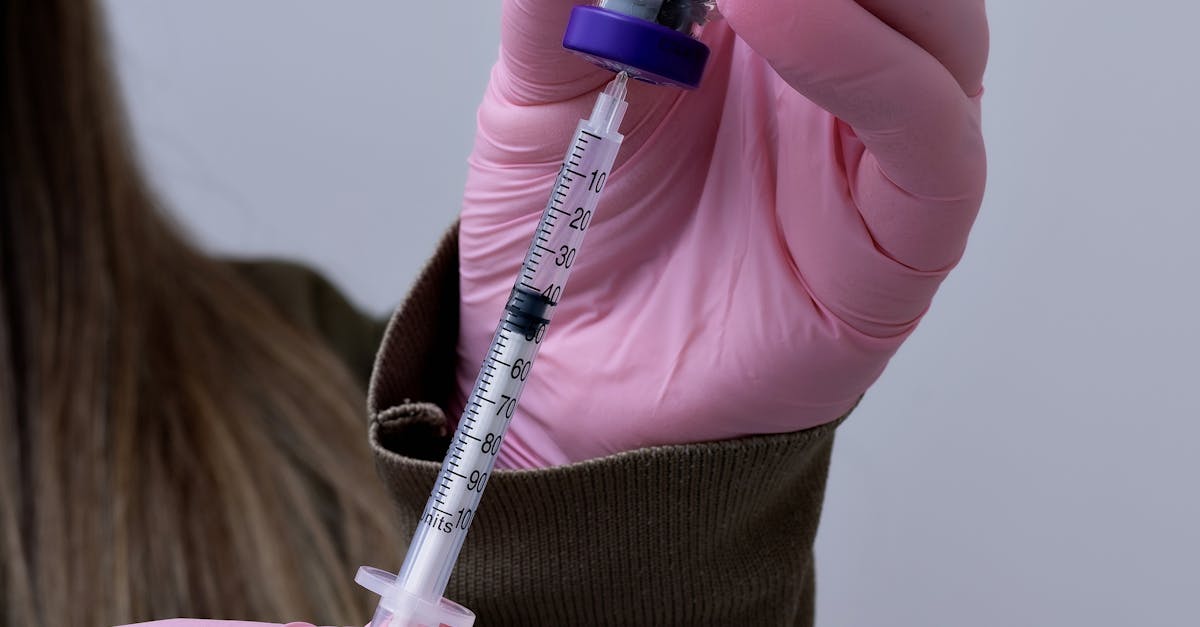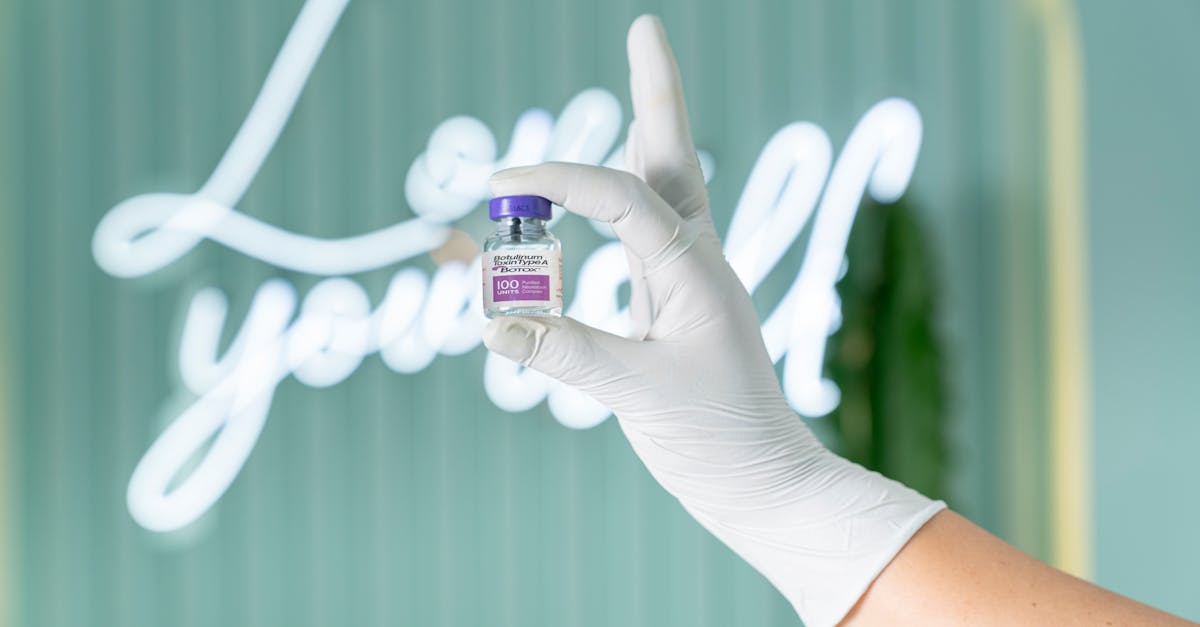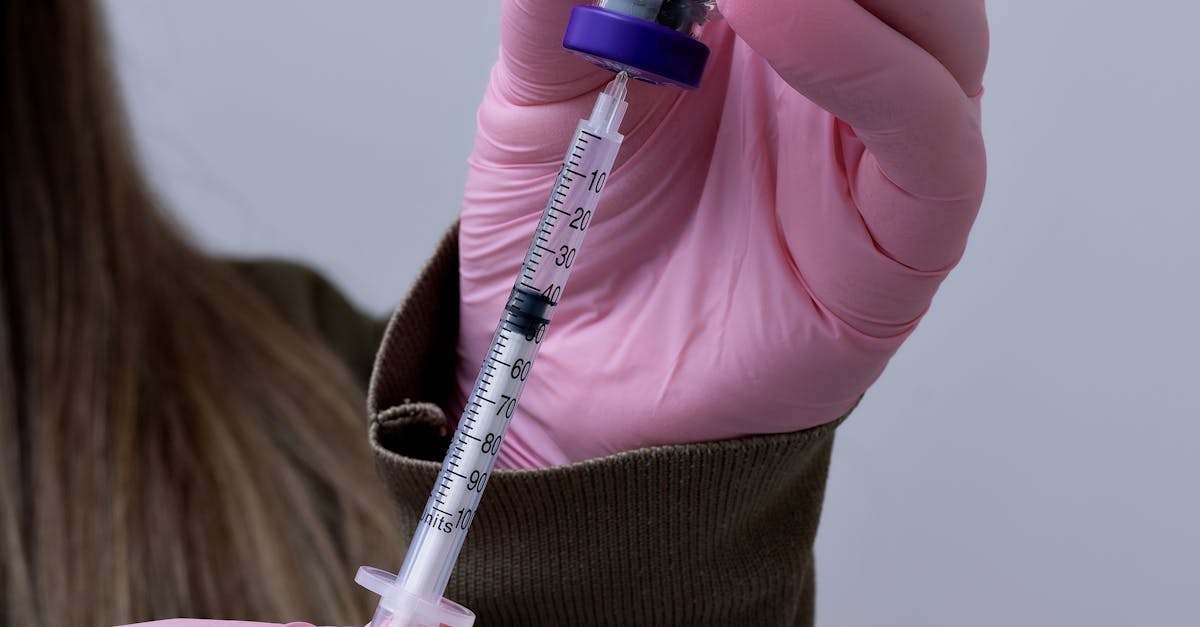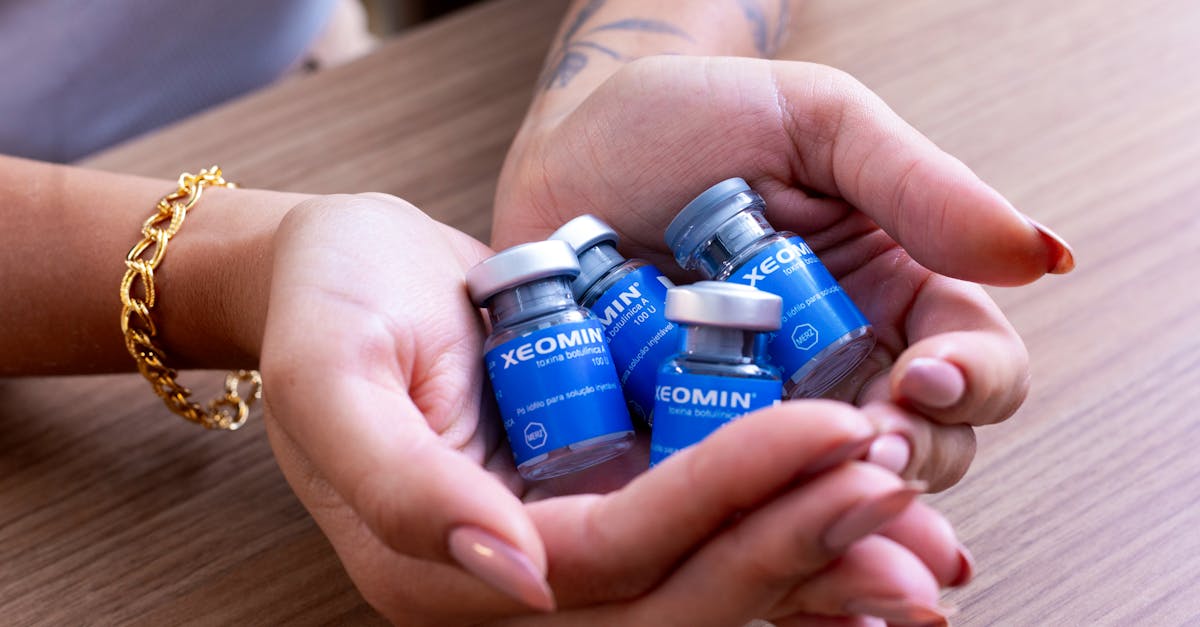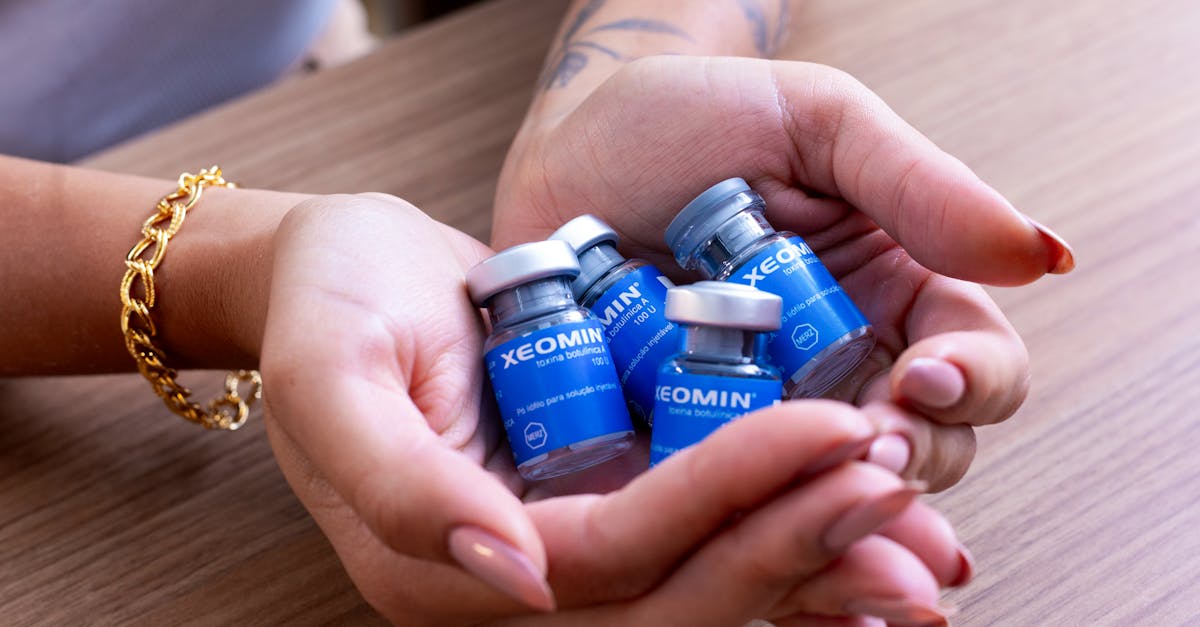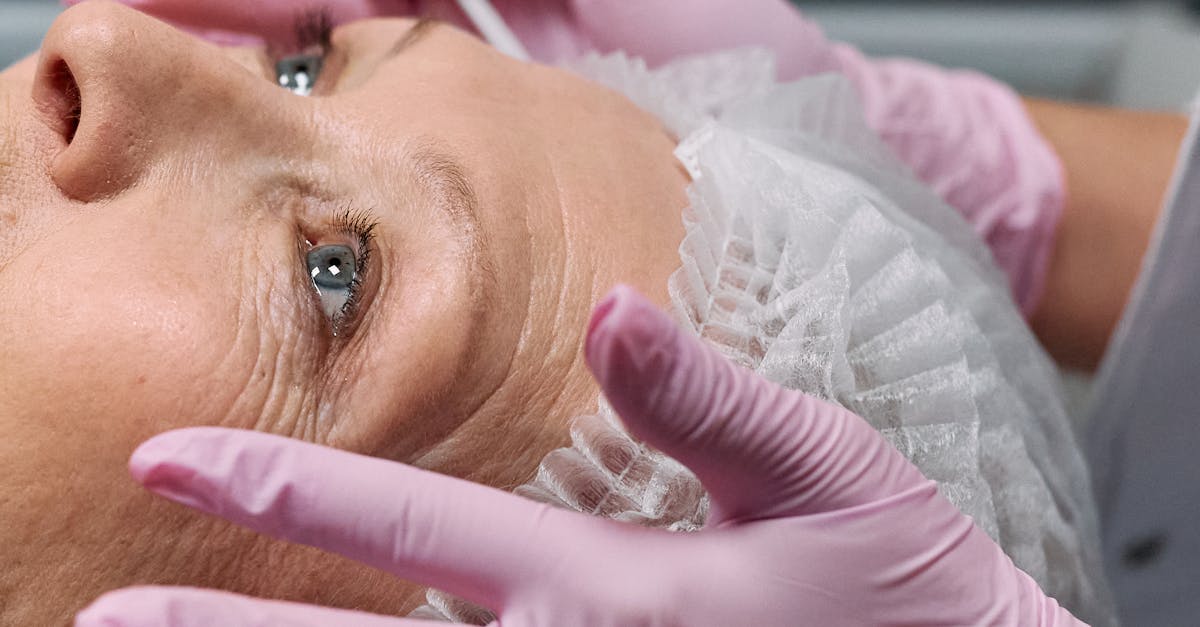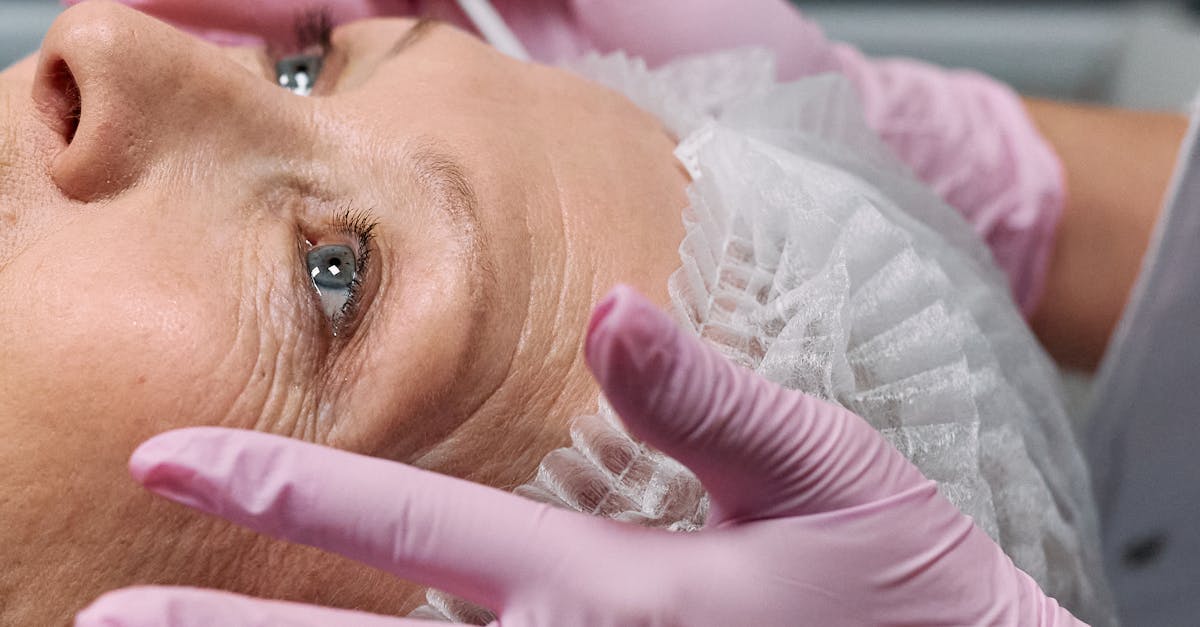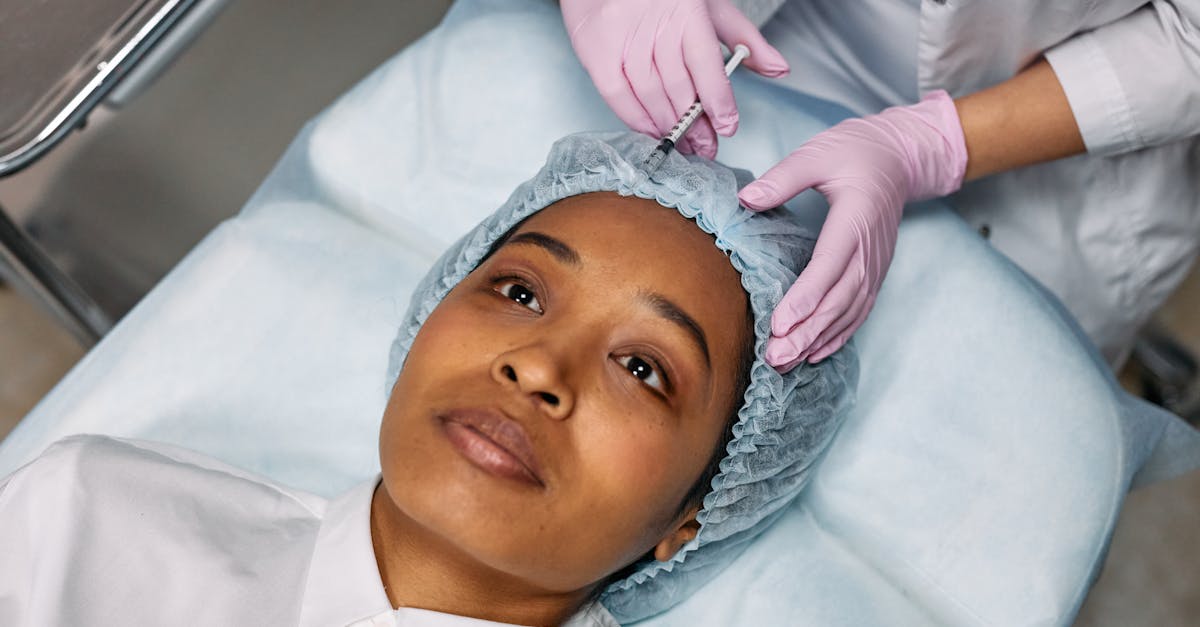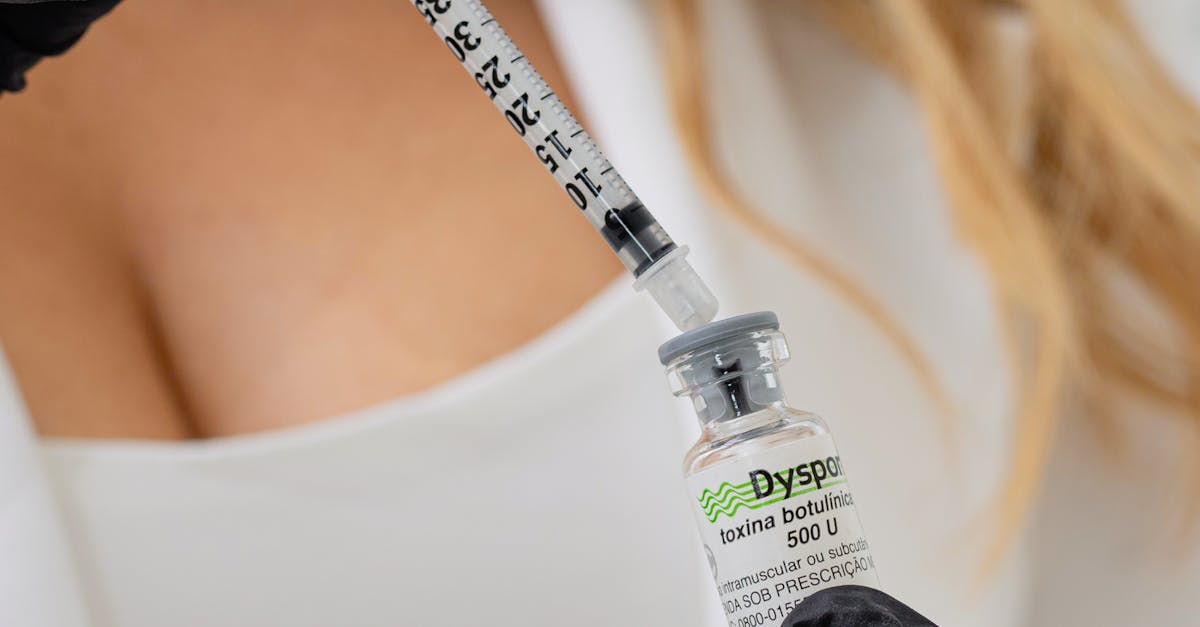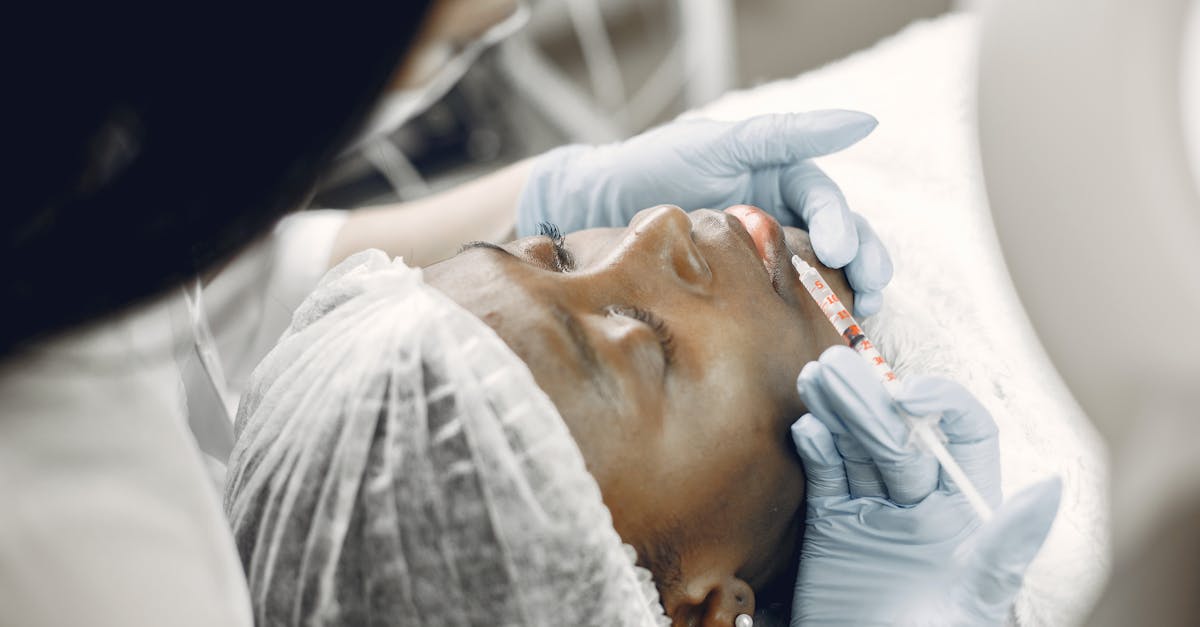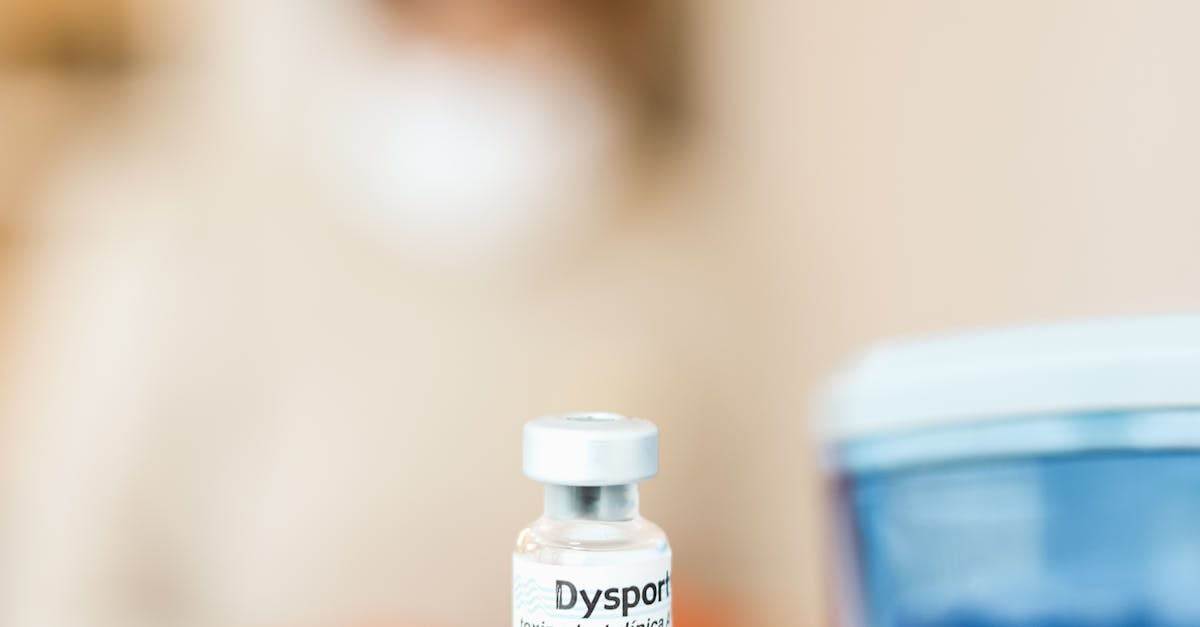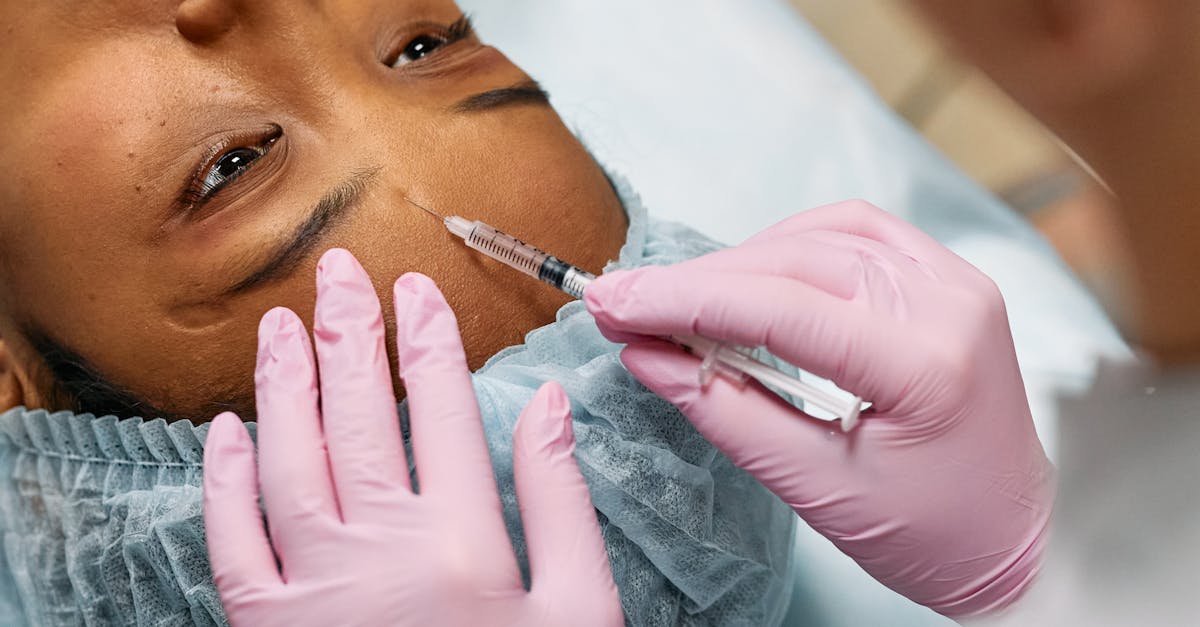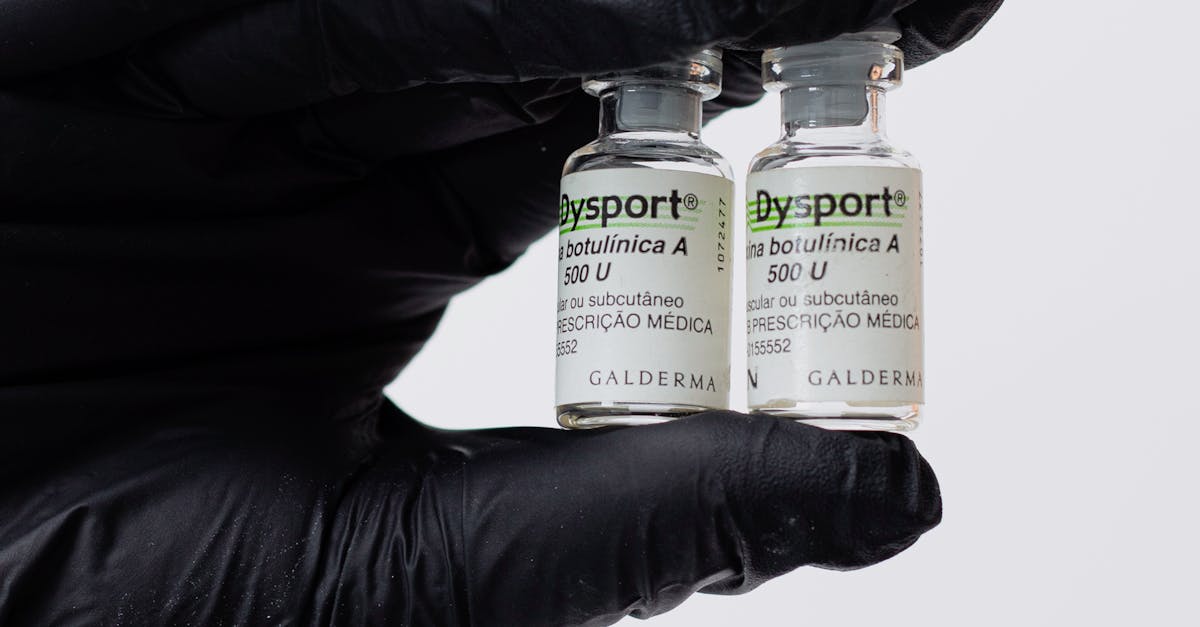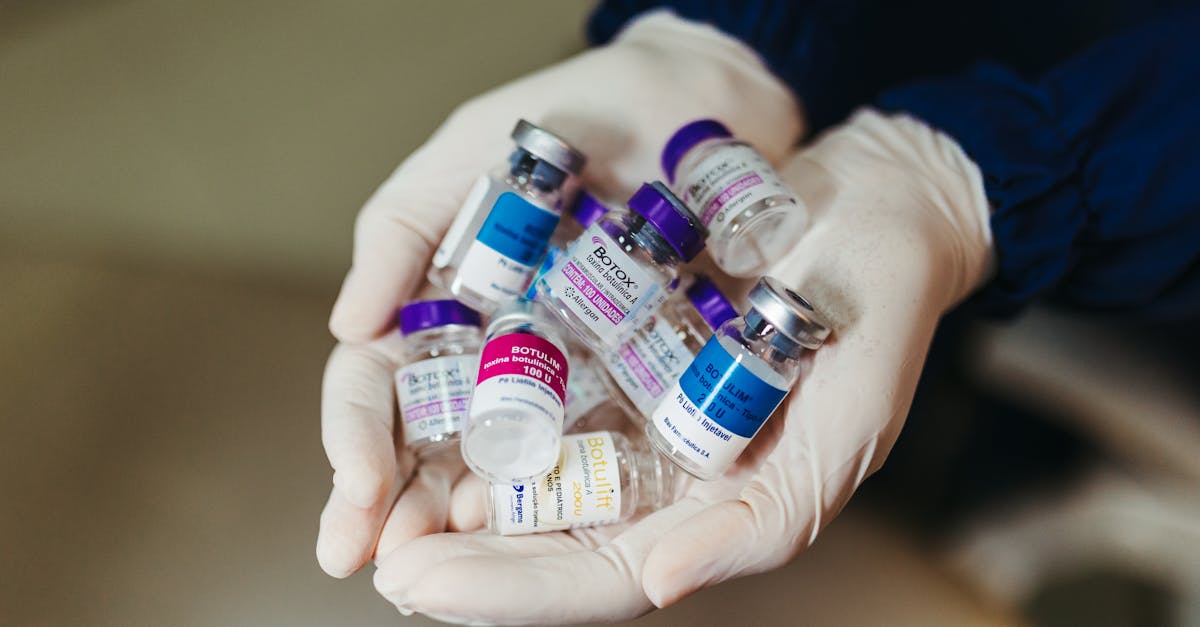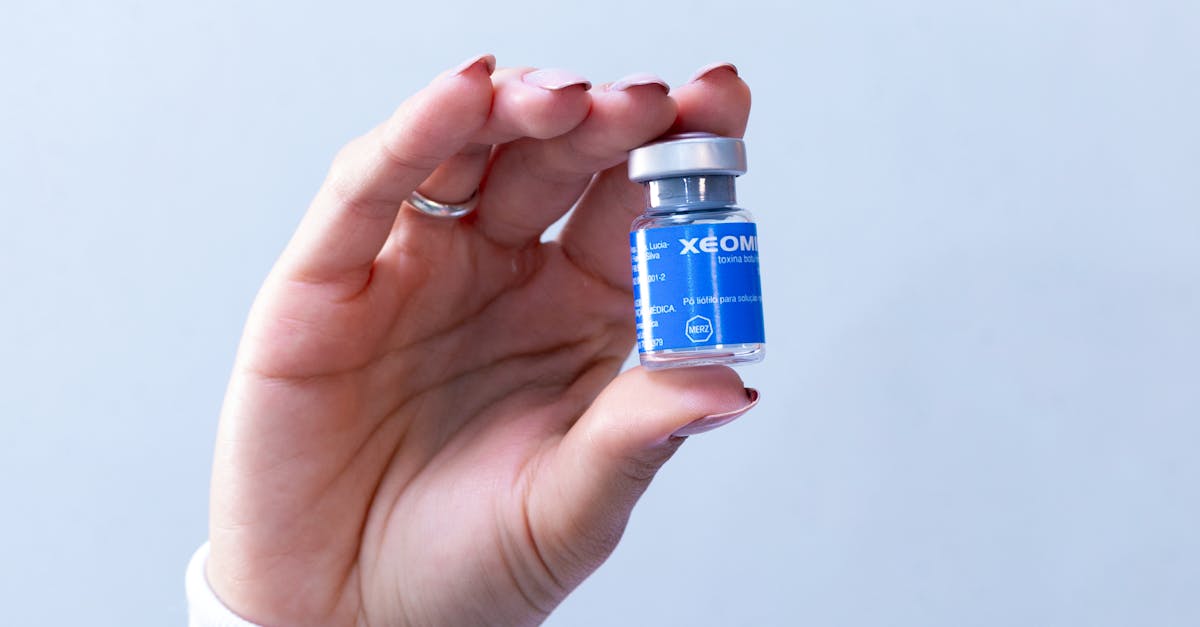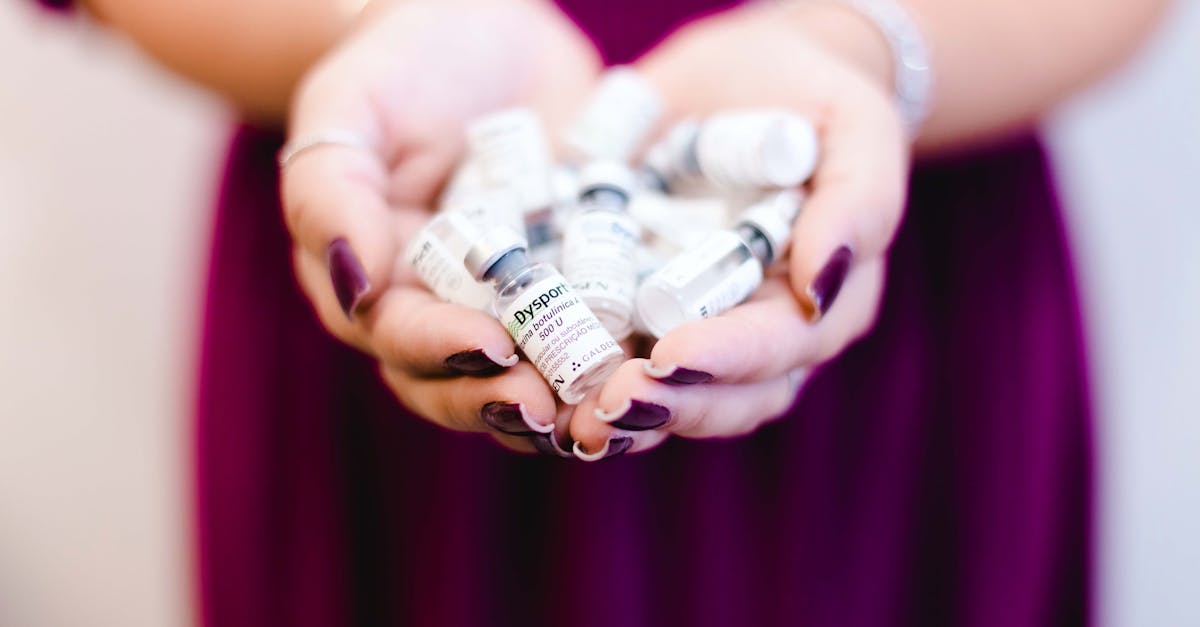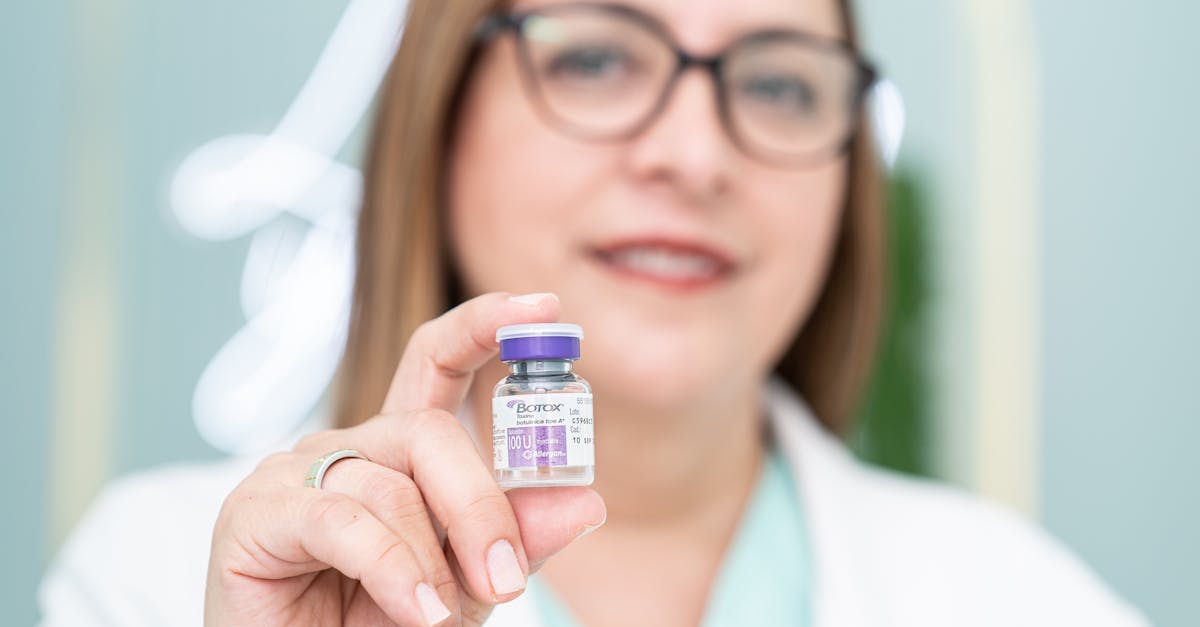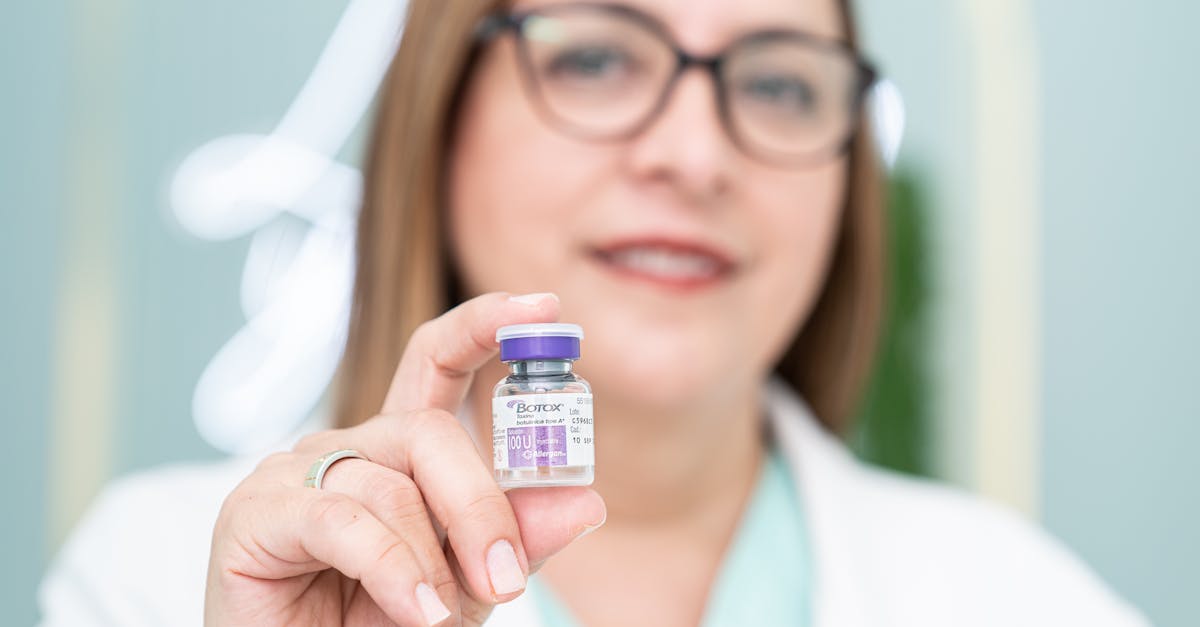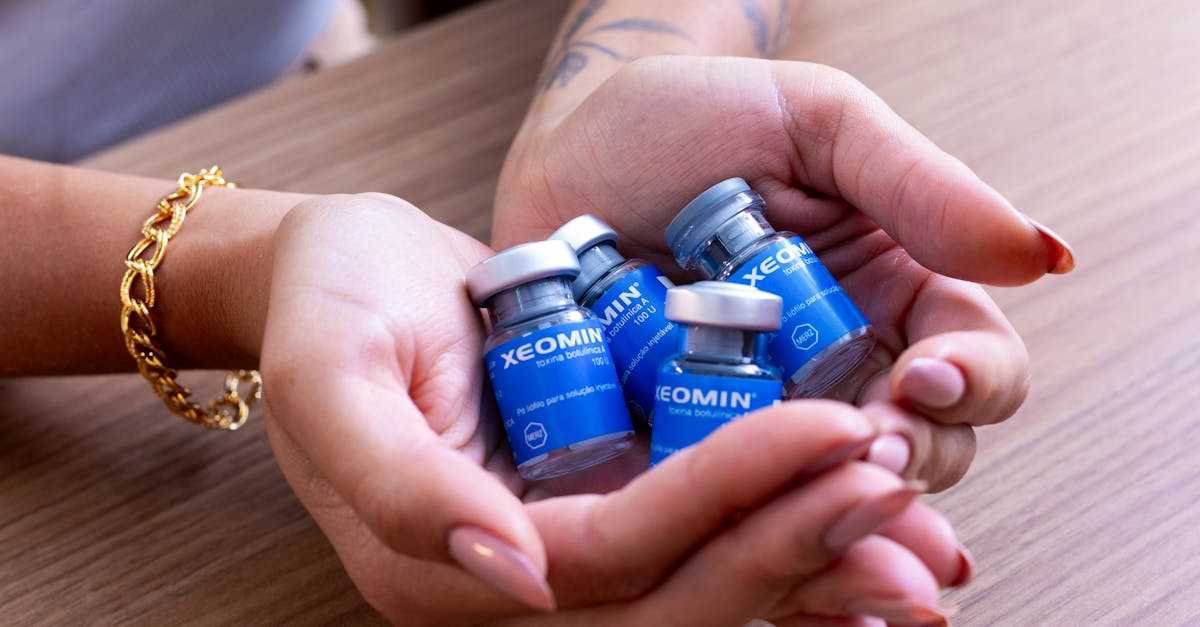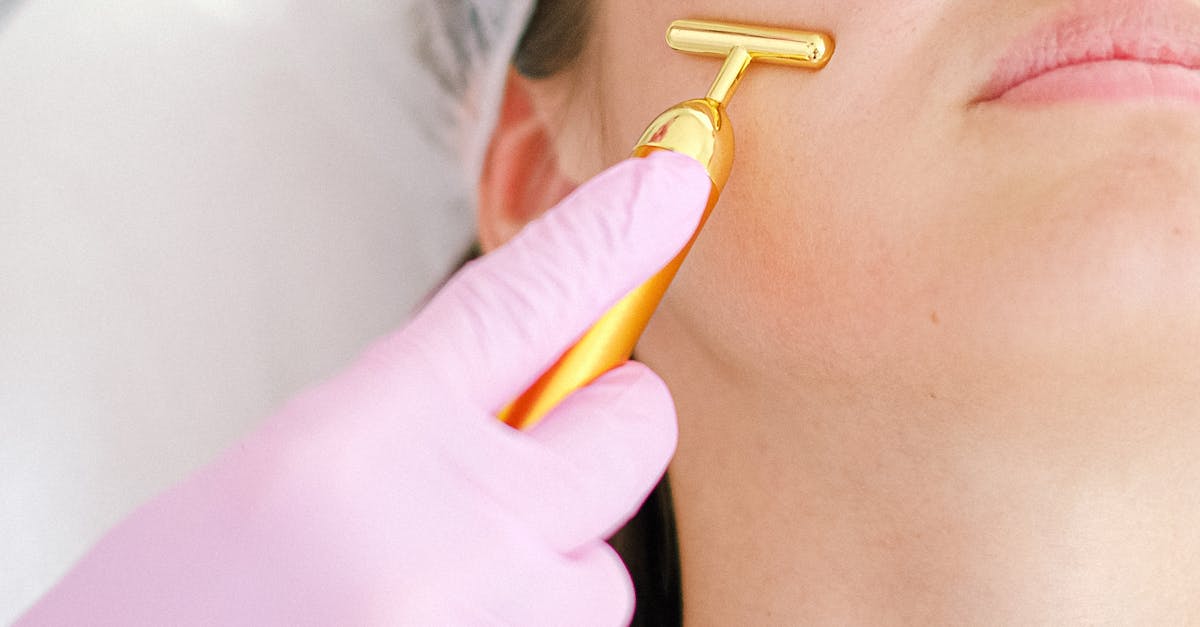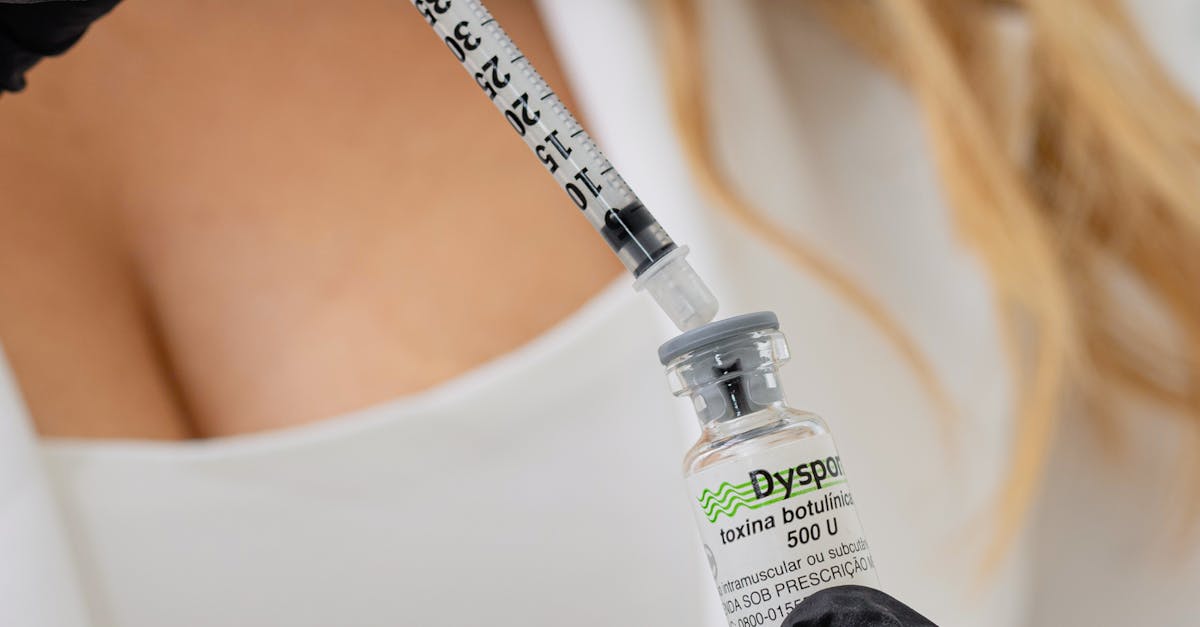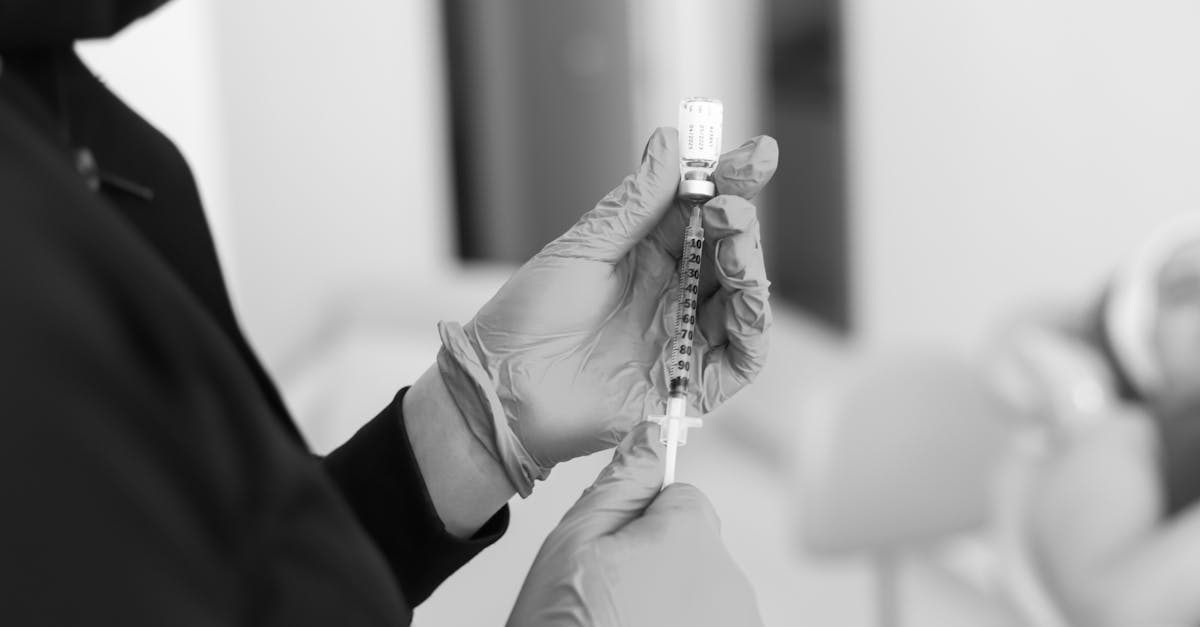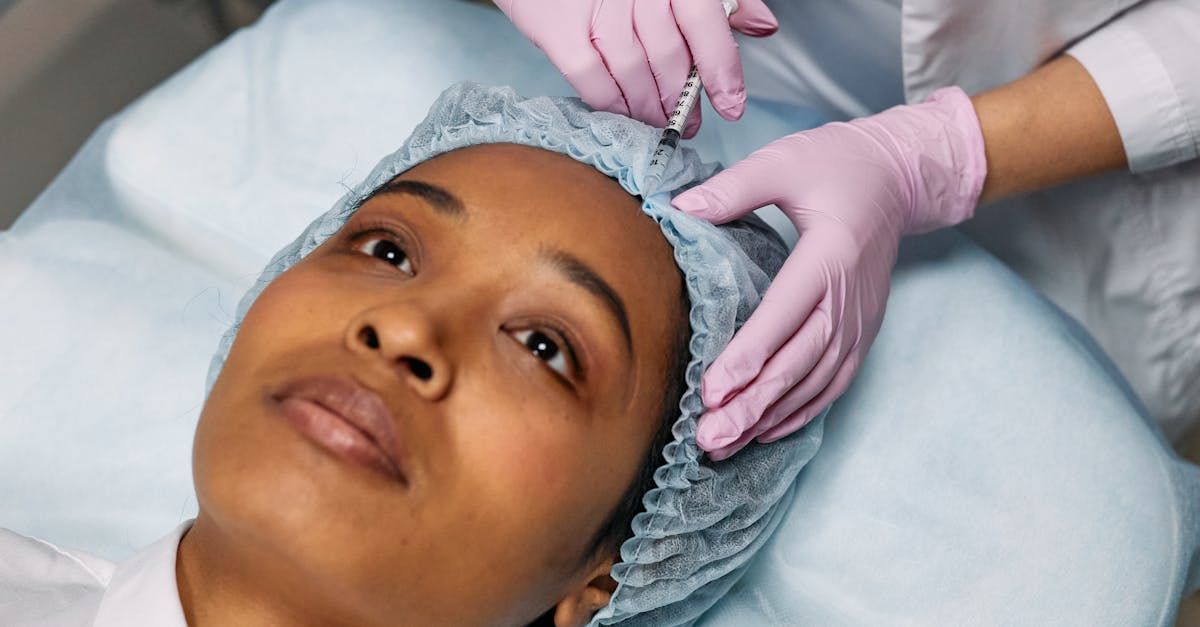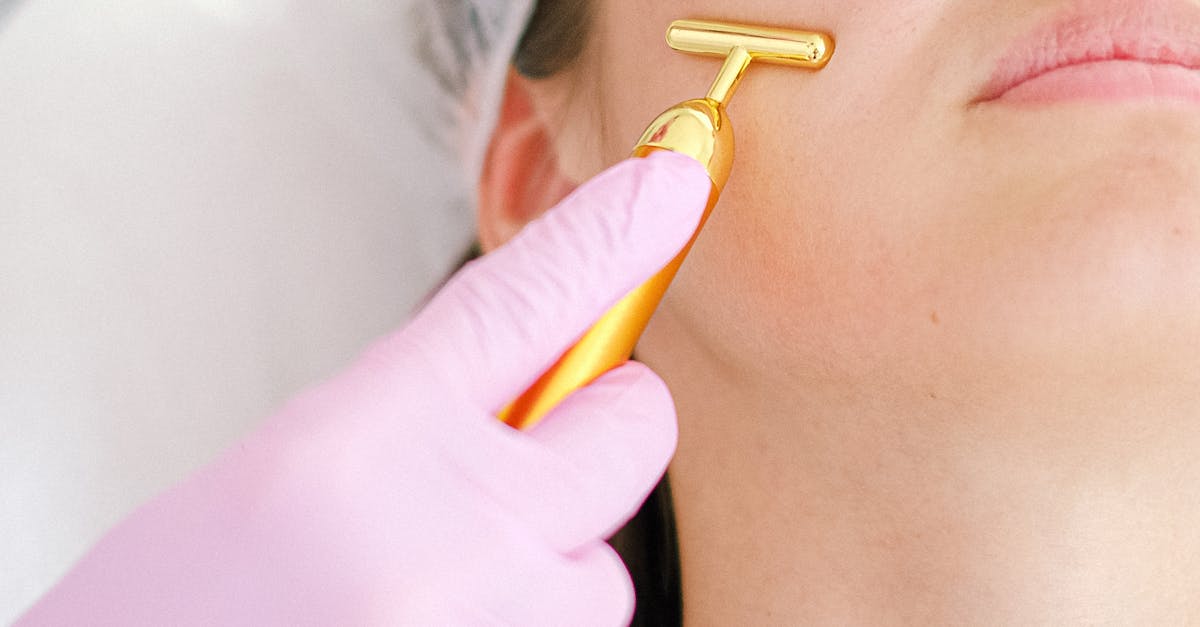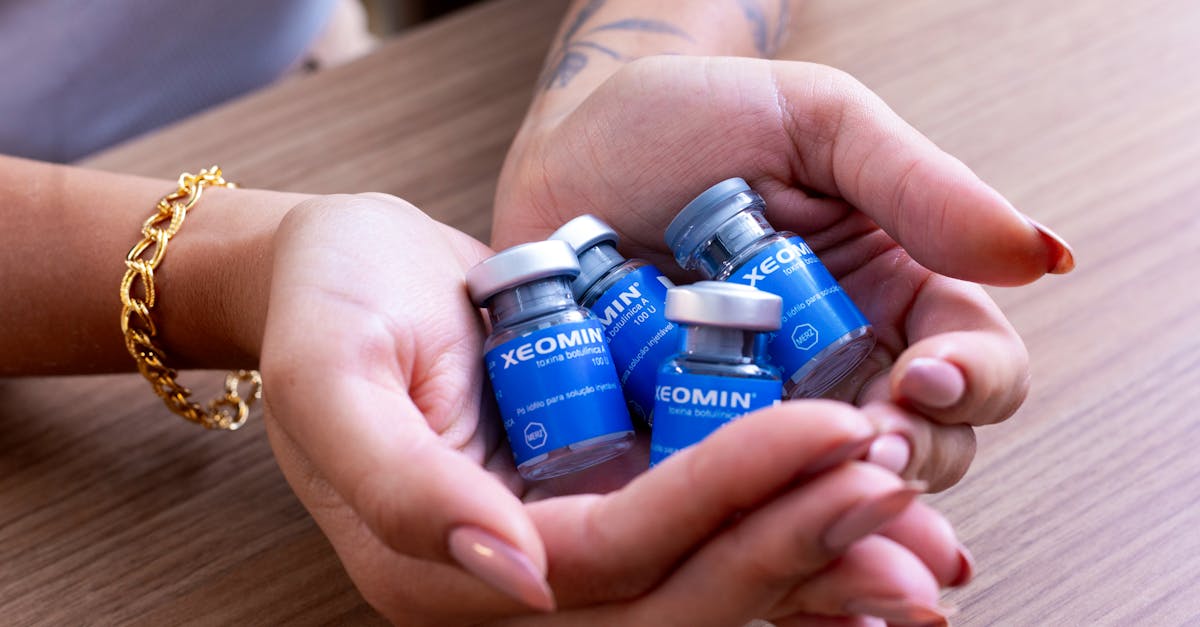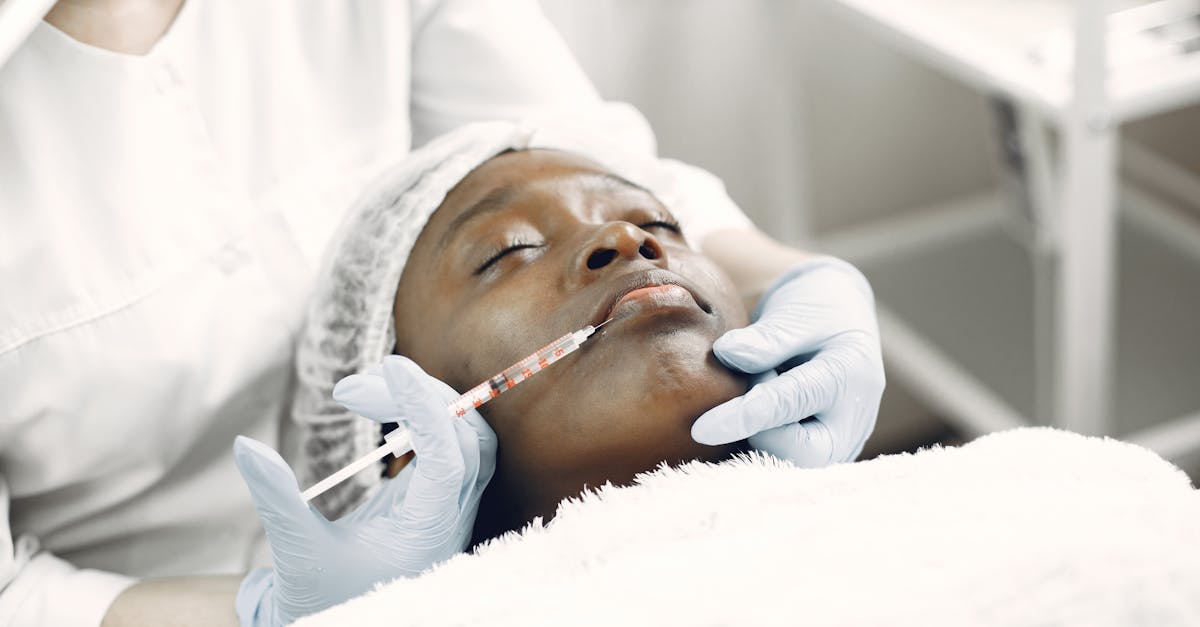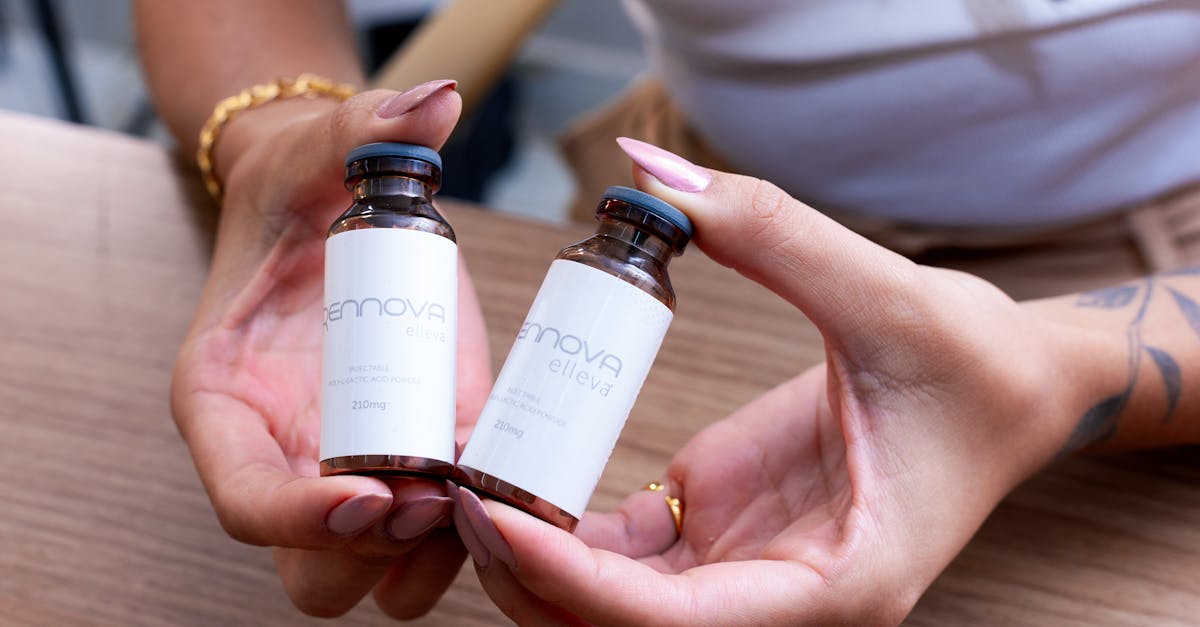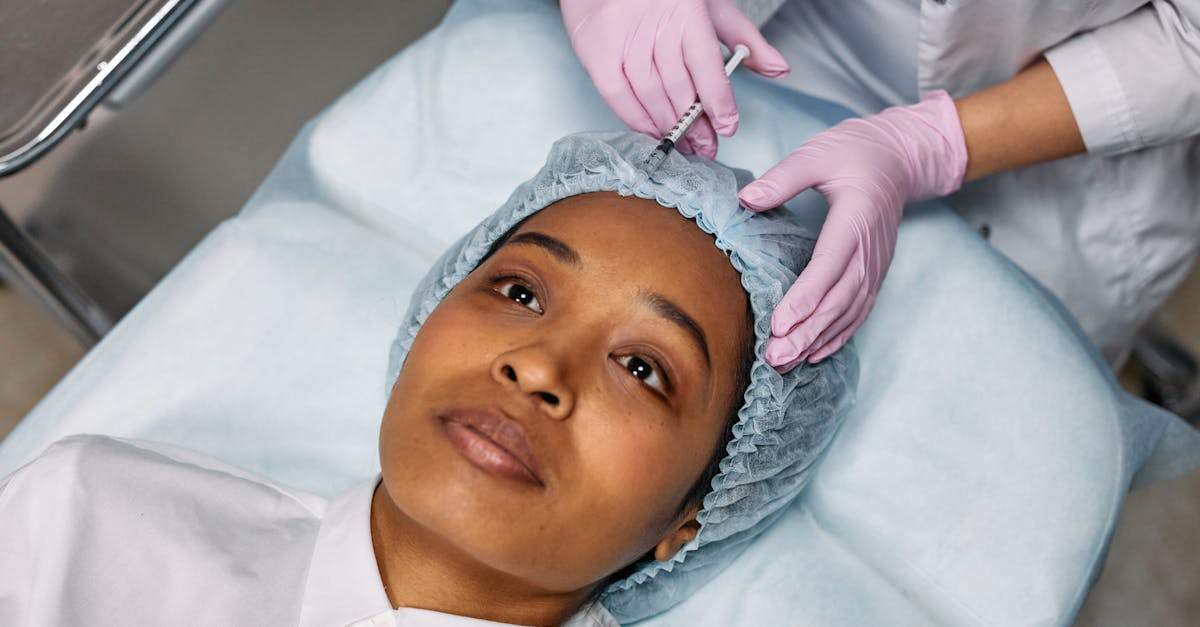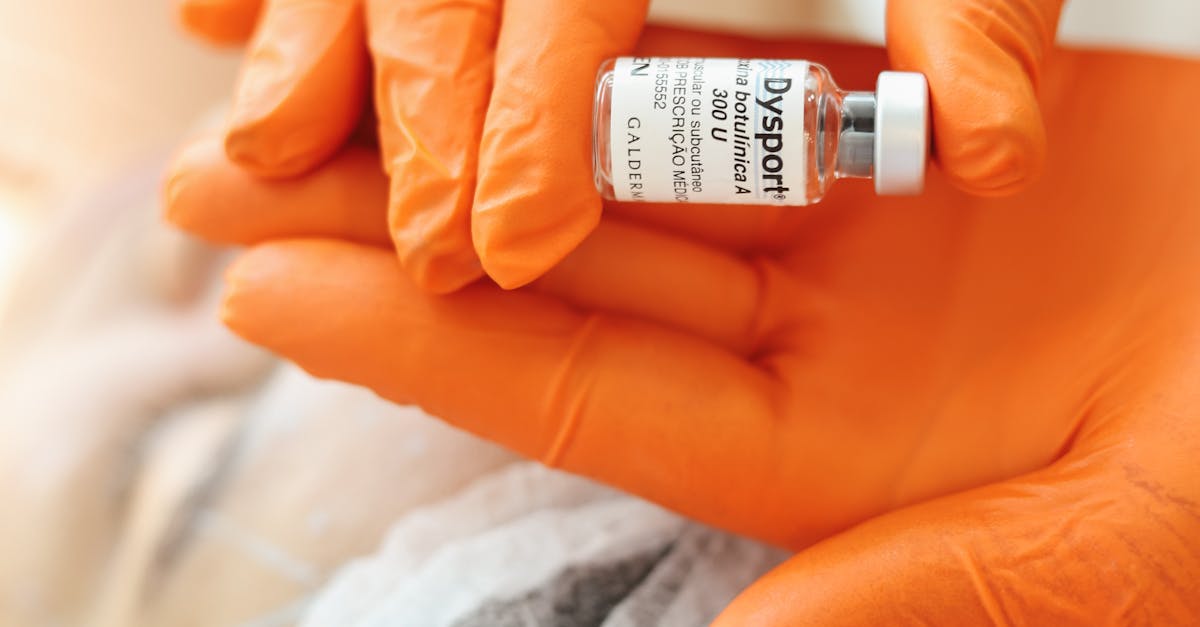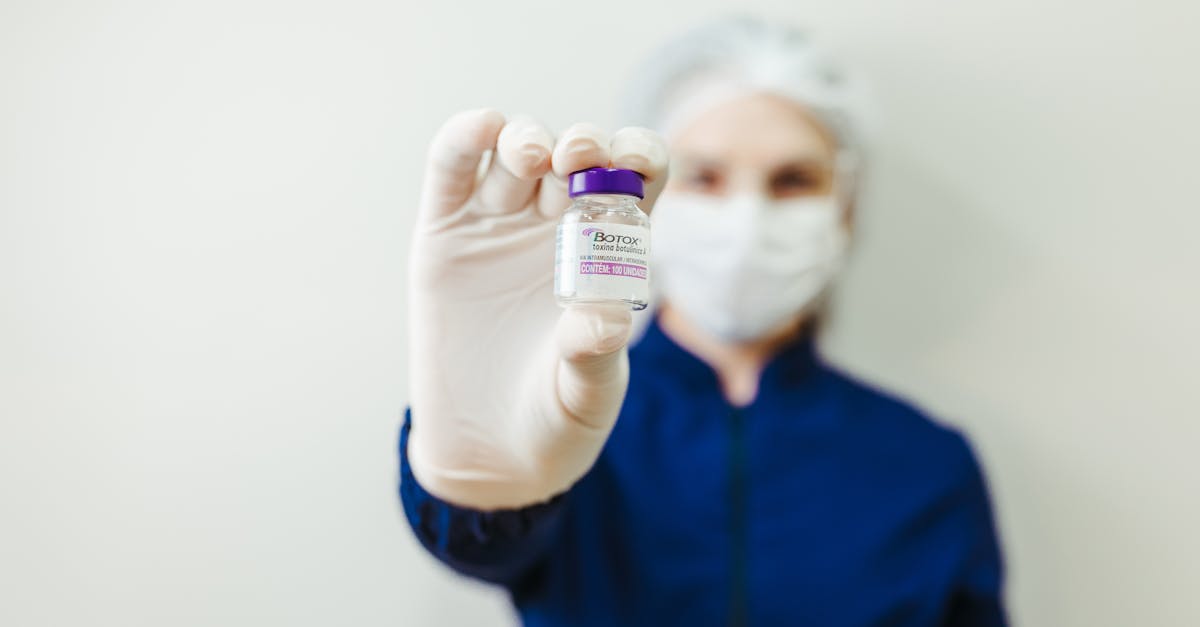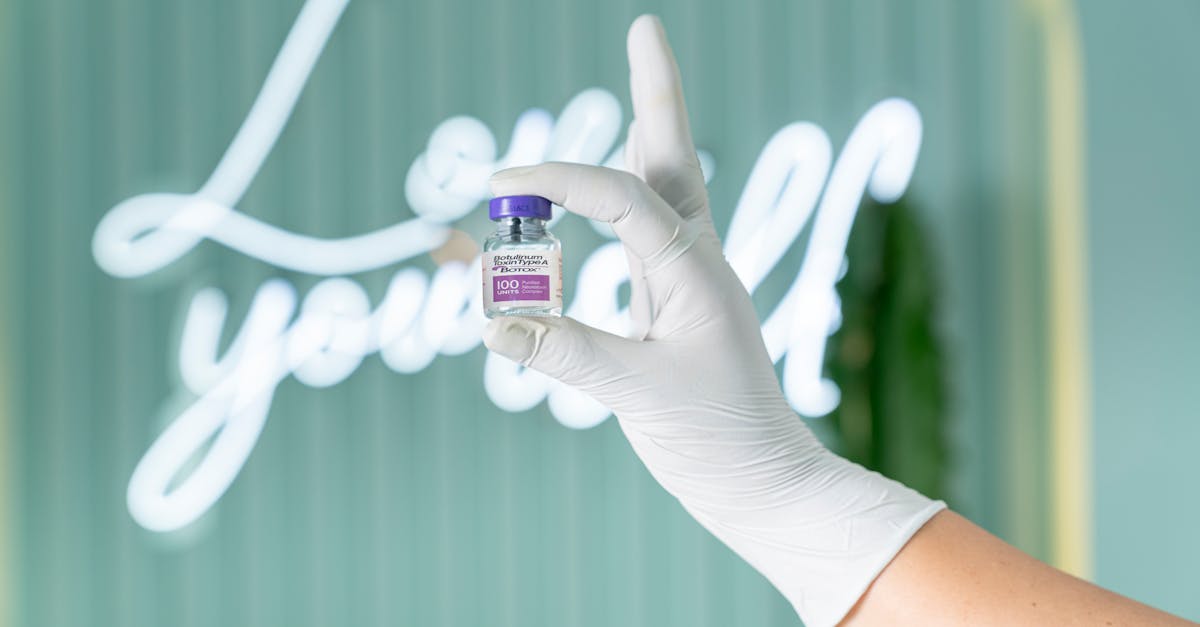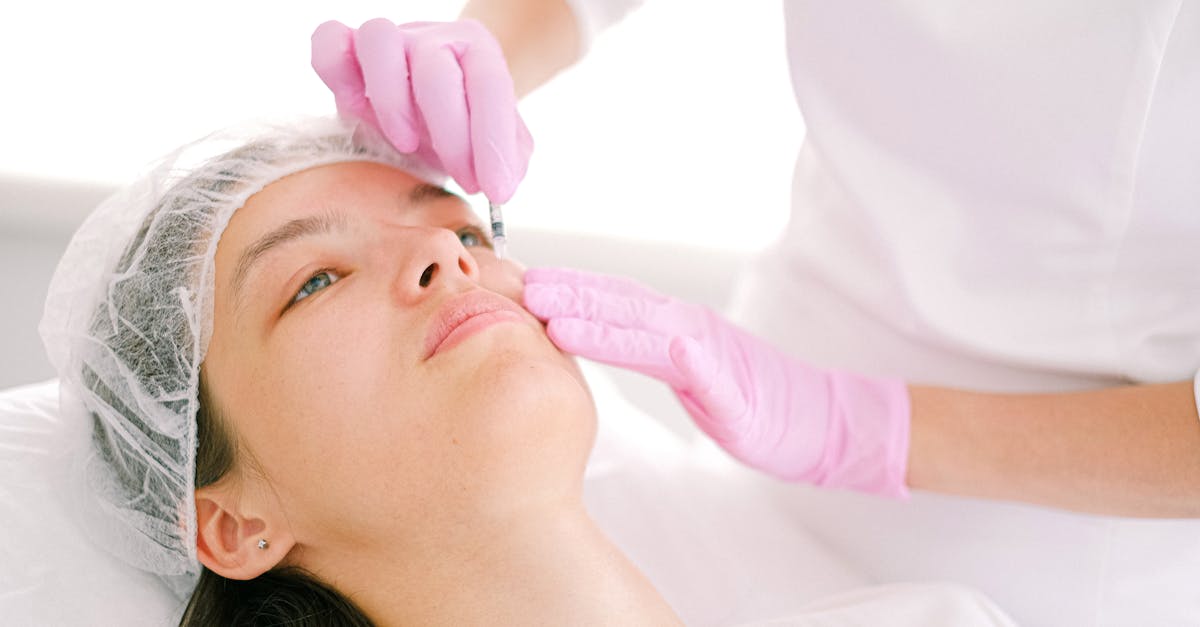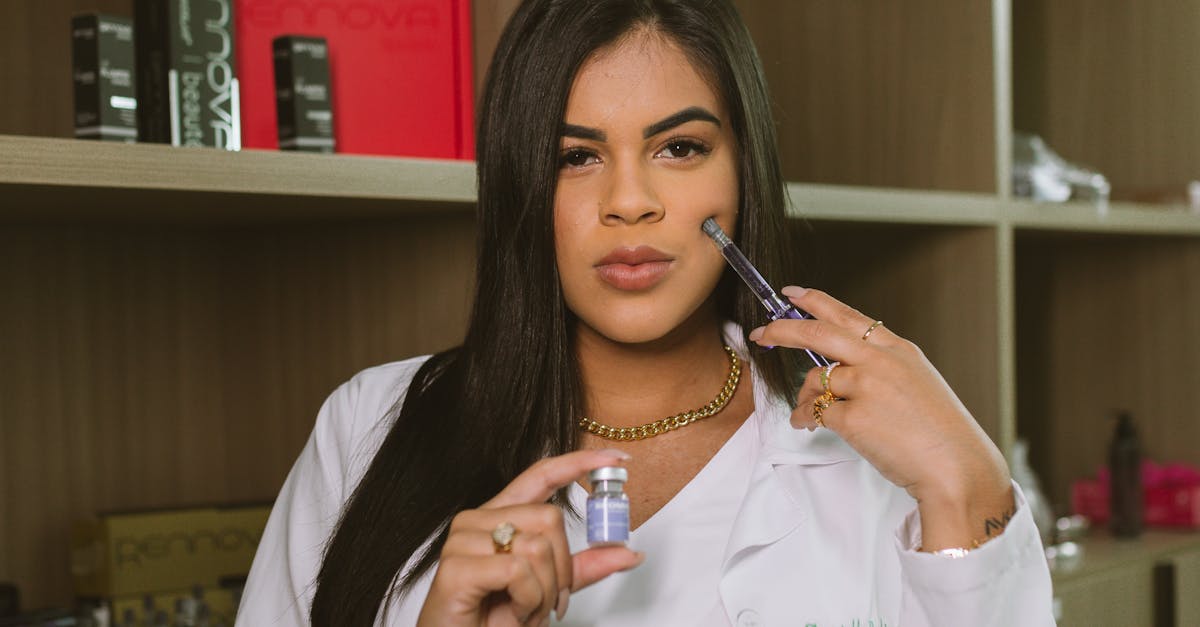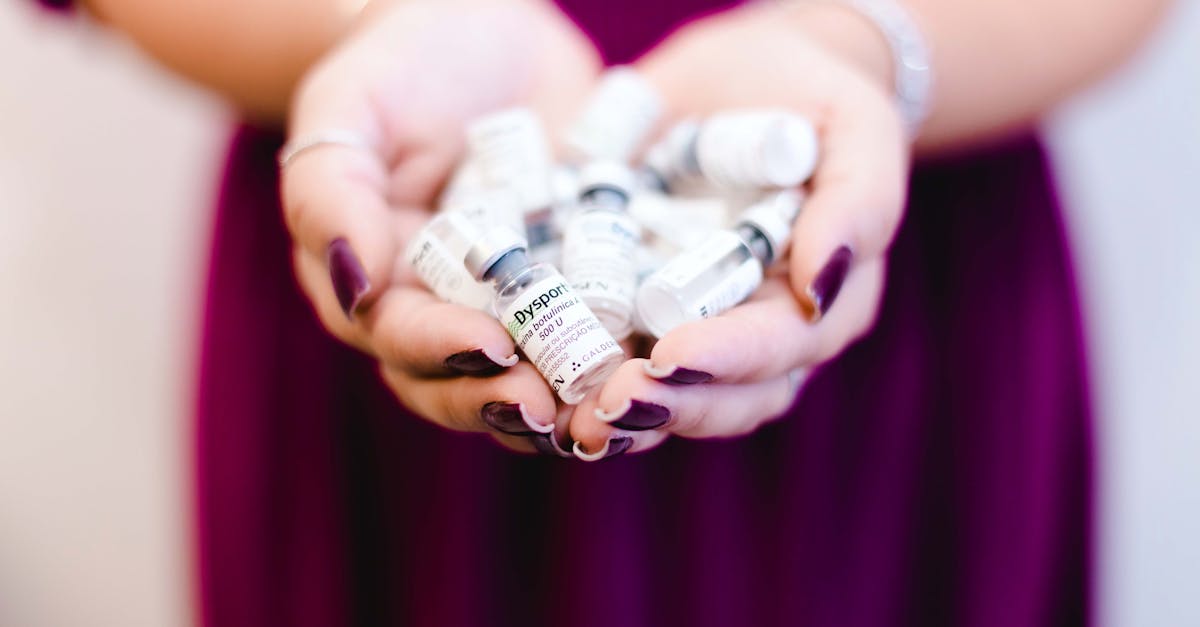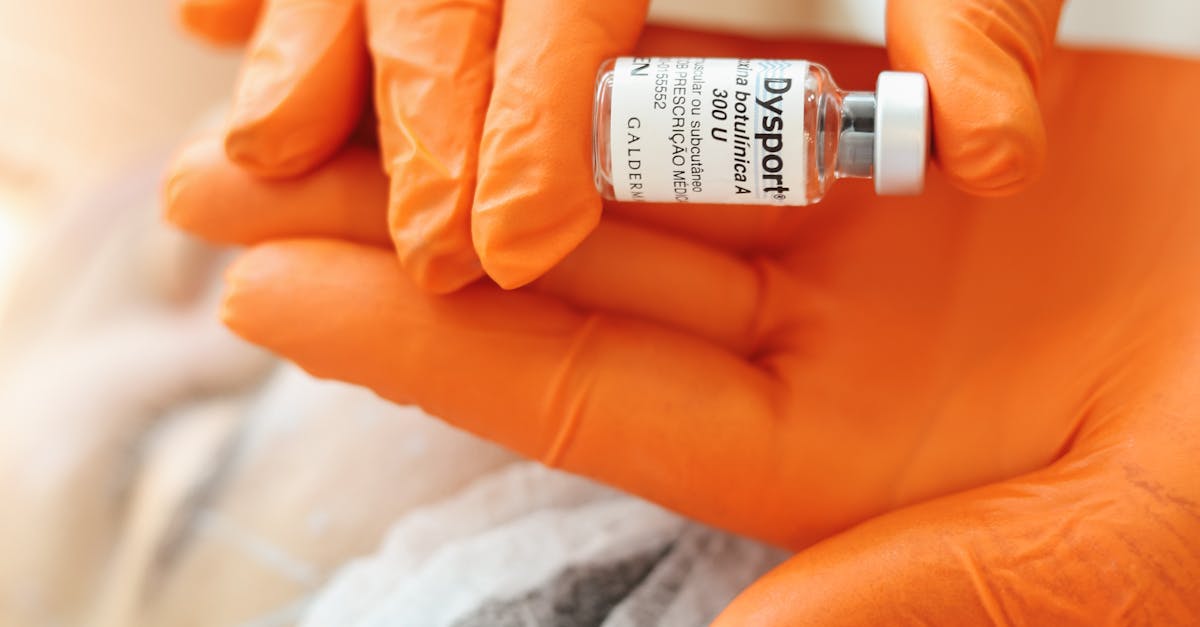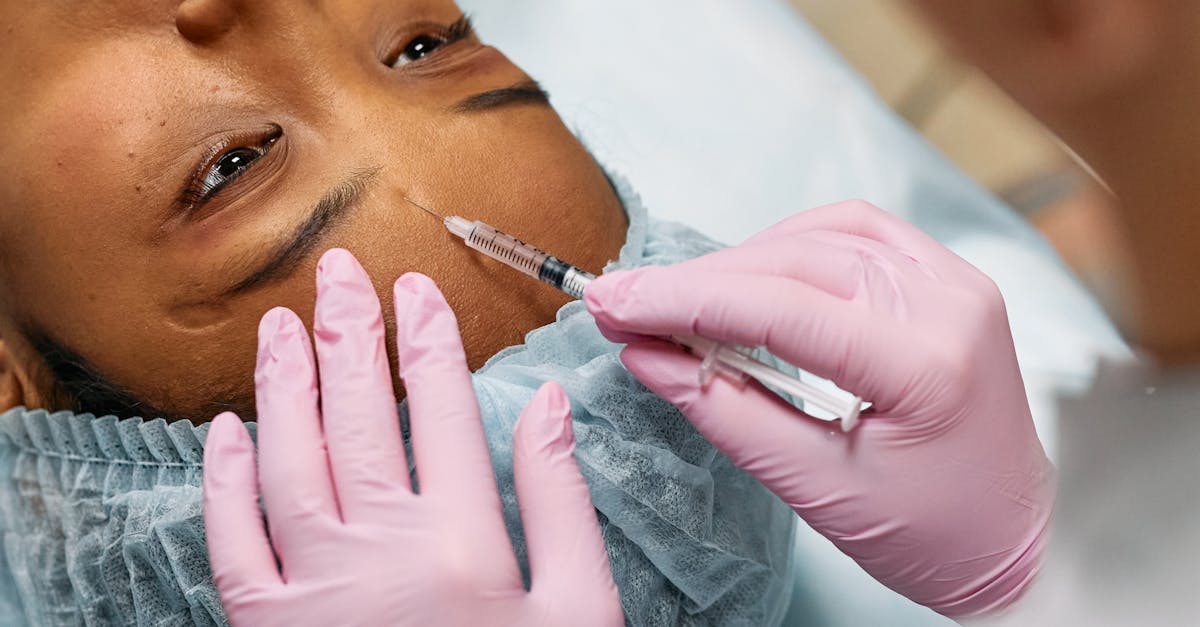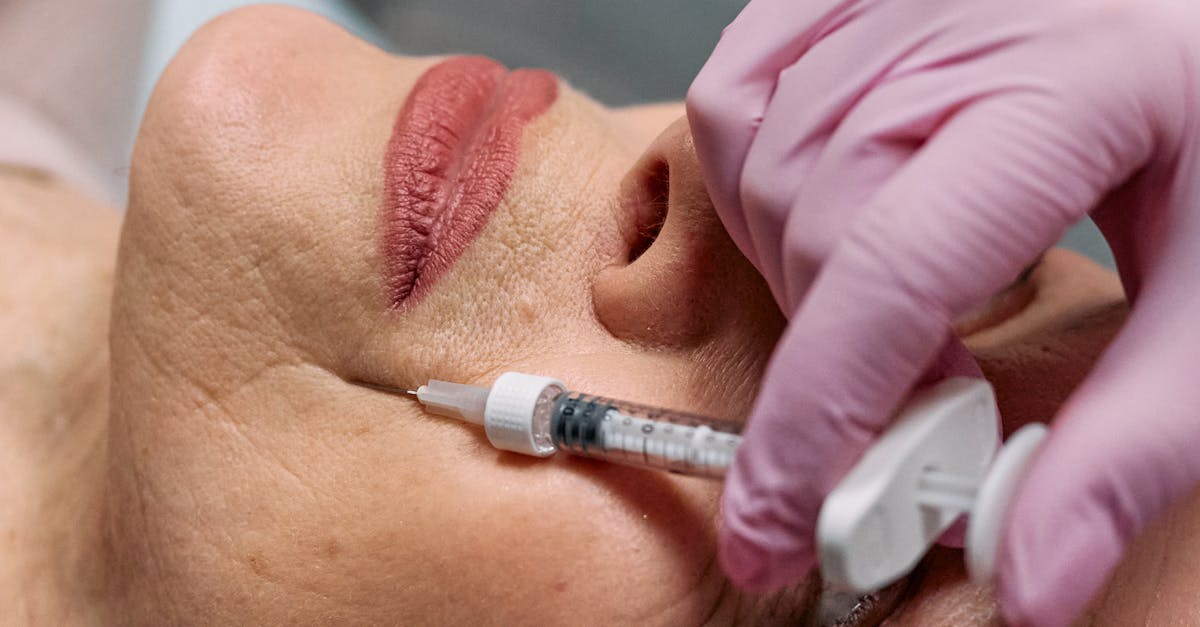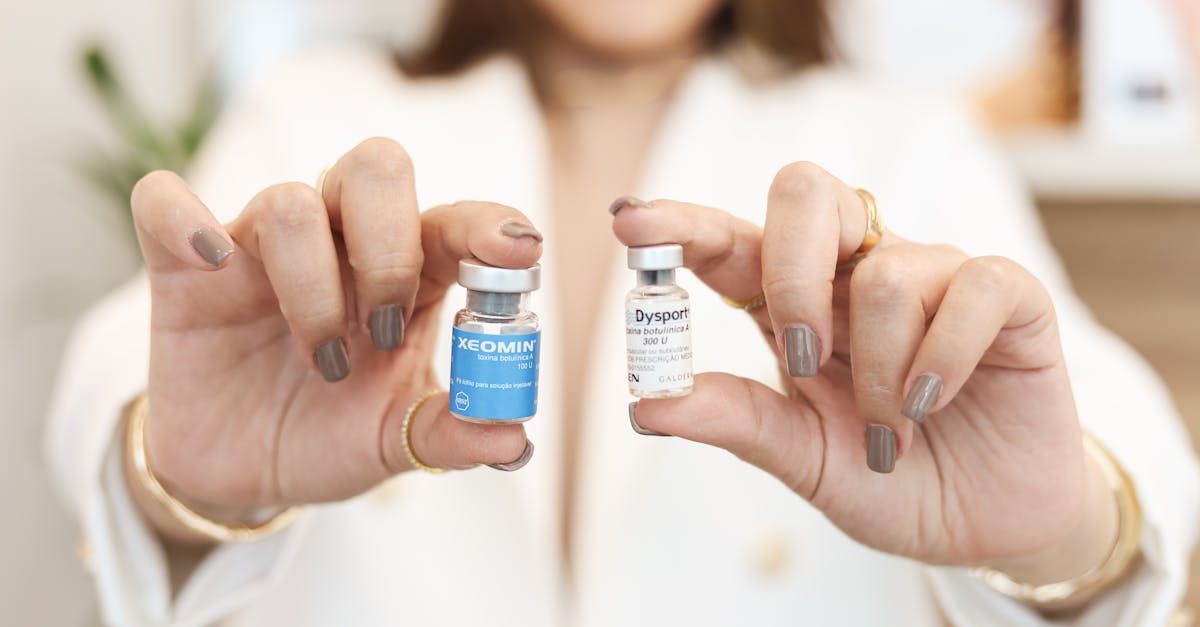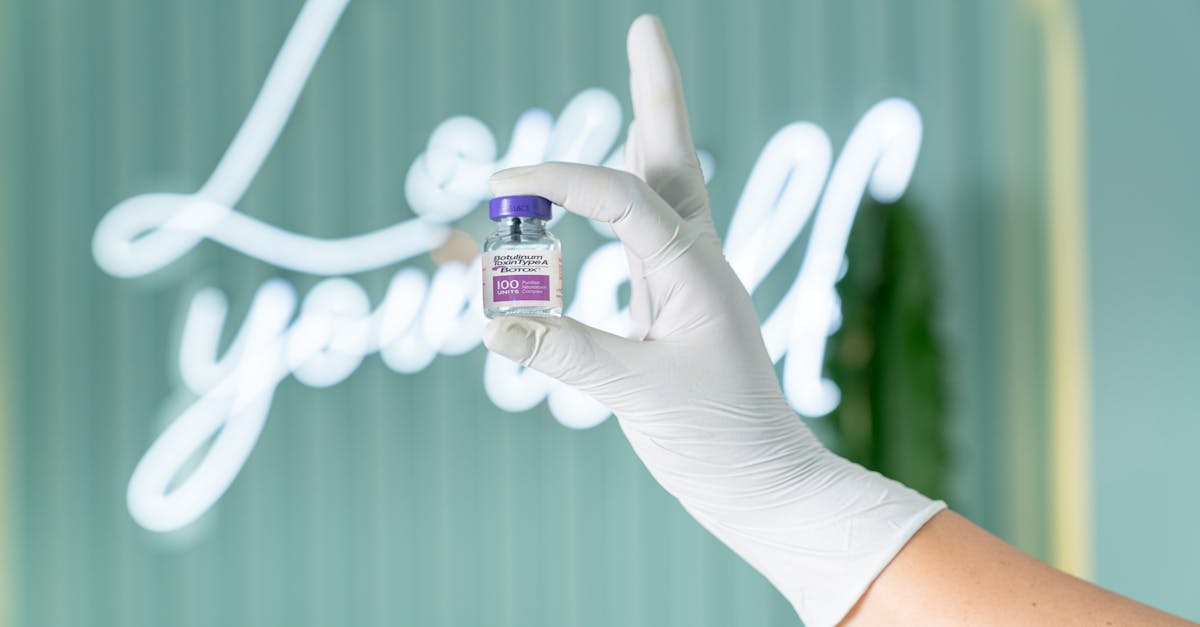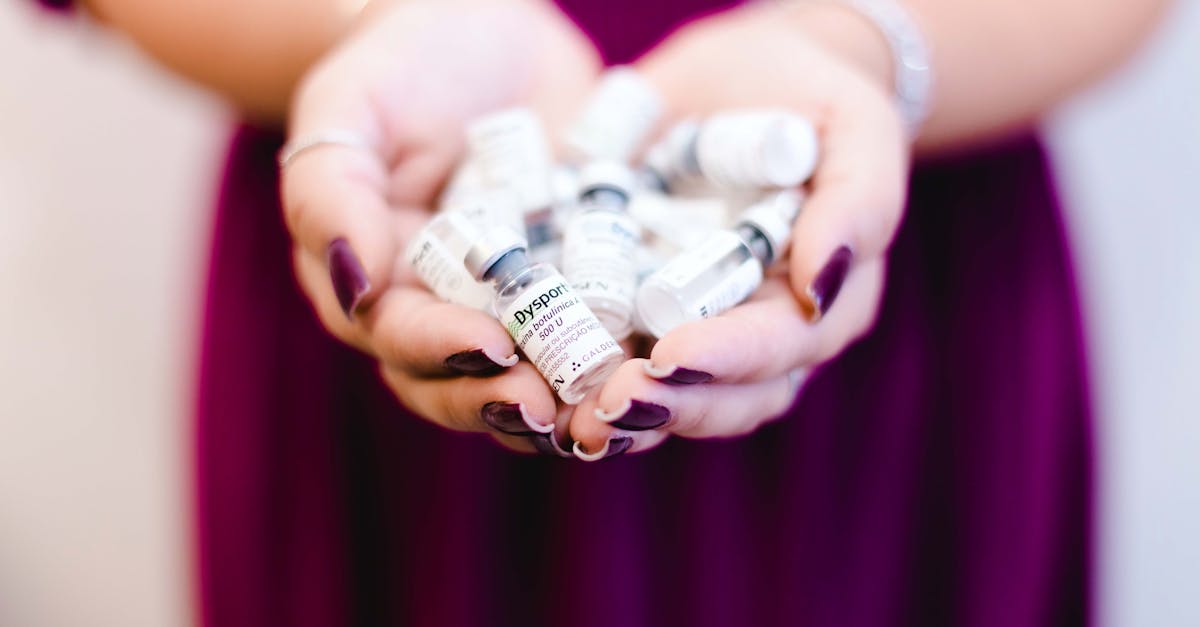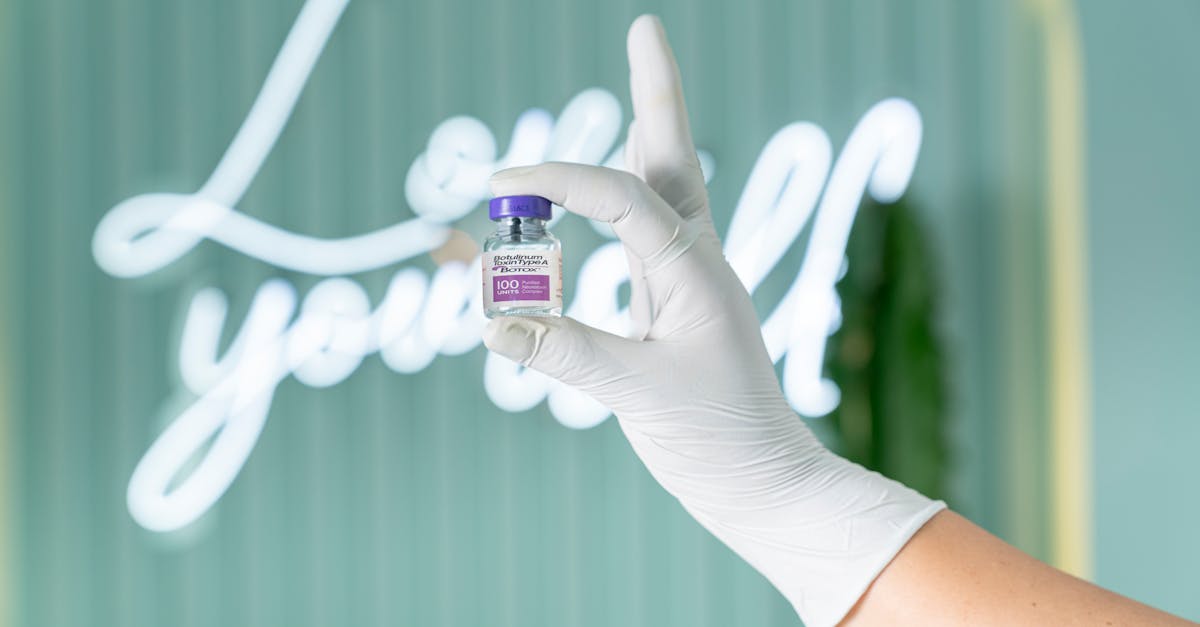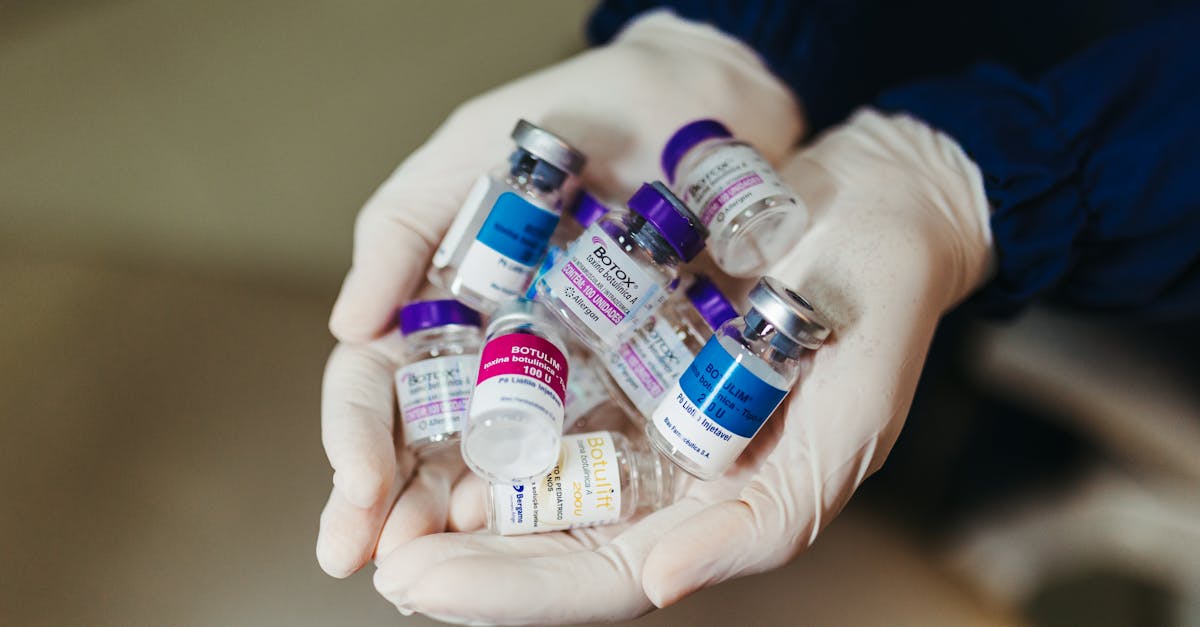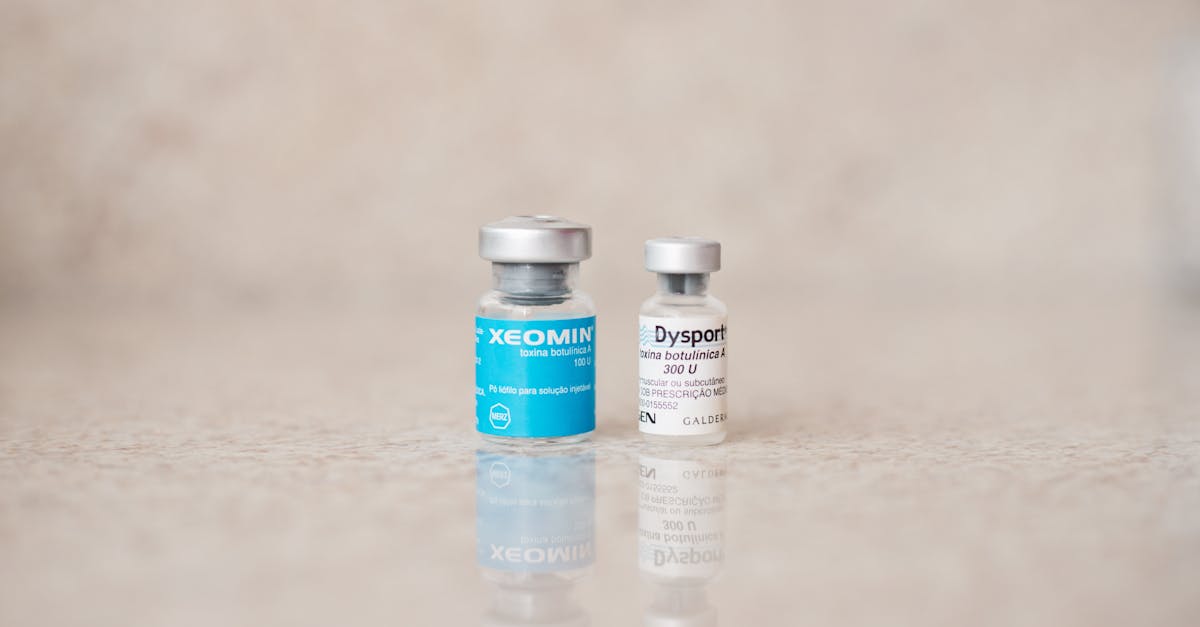Cookies Policy.
If you are an owner of an account on this website, you are completely responsible for maintaining the confidentiality of your private user details (username and password). You are responsible for all activities that occur under your account or password. We reserve all rights to terminate accounts, edit or remove content and cancel orders at their sole discretion. We reserve the right to update these terms at any time without prior notice. Please visit this page to see the updated terms.
Alcohol can dehydrate the skin and affect its overall health, which may impact your eligibility for Botox treatment. It's recommended to limit alcohol intake before the procedure.
Timing Your Follow-Up Appointment for Optimal Results
Understanding the Duration of Botox Procedures
Understanding Botox for Chin Dimples and Gummy Smiles
Botox for Brow Lift: Techniques and Results
.
Botox Southlake TX
Ultraviolet (UV) rays pose significant risks to the skin, contributing to premature aging and decreasing the effectiveness of cosmetic procedures like Botox. The skin's texture and elasticity can be impaired by sun exposure, leading to an increased appearance of wrinkles and fine lines. When the skin is frequently damaged by UV radiation, the effects of Botox may not last as long as they would in healthier skin conditions. This degradation of the skin's quality can make it evident that further treatments are necessary sooner than anticipated.
Evaluating the Cost-Effectiveness of Botox Over Time
Common Myths About Botox Longevity
Address:
OK !
The skin’s condition before undergoing Botox treatment plays a vital role in determining the procedure's effectiveness and overall results. Individuals with well-hydrated, elastic skin may experience smoother, longer-lasting outcomes compared to those with dry, damaged, or problematic skin. Various factors such as sun exposure, smoking, and underlying medical conditions can contribute to the skin's health. Addressing these issues prior to treatment can enhance the final appearance and may even facilitate a more comfortable experience.
Pre-existing skin issues, such as acne scars or rosacea, can complicate the effects of Botox. For some patients, these conditions may lead to uneven results or a less than satisfactory response to the treatment. Consulting with a qualified practitioner who can assess the skin's condition and recommend an appropriate treatment plan is essential. Tailoring the approach to each individual's unique skin issues ensures a higher likelihood of achieving the desired aesthetic goals.Effect of Pre-existing Skin Issues
The presence of pre-existing skin issues can significantly impact the effectiveness of Botox treatments. Conditions such as acne, eczema, or rosacea may alter the skin’s texture and responsiveness to the injections. In these instances, the skin may not react as expected, leading to uneven results. Furthermore, inflammation or irritation associated with these conditions can complicate post-treatment healing, making it crucial for patients to address underlying skin issues before undergoing Botox.
Consultation with a qualified practitioner is essential for those with existing skin concerns. An experienced injector will assess the skin's condition and may suggest treatments to improve overall skin health prior to Botox injections. This approach ensures that the skin is in the best possible state to achieve optimal results. Tailored treatment plans that address specific skin issues can lead to a more satisfactory outcome and enhance the longevity of the Botox effects.Proper aftercare is crucial for achieving the best results following a Botox treatment. Practicing good hygiene helps minimize the risk of infection. Avoiding intense workouts and strenuous activities for at least 24 hours allows the injected areas to settle effectively. Patients should also refrain from applying pressure to the treated areas, which can interfere with the distribution of the Botox.
Importance of Following Aftercare Guidelines for Botox
Recommended Activities to Promote Healing After Botox
Hydration Tips for Maximizing Botox Efficacy
The Do's and Don'ts of Post-Treatment Care After Botox
Success Stories: Transformations Through Botox How to Maintain Your Botox Results with Proper Aftercare Essential Steps for Post-Botox Care to Ensure OptimEligibility for Botox treatments may vary based on your medical history, including conditions such as neuromuscular disorders or allergies to any ingredients in the Botox formulation. It's essential to discu
Common Injection Techniques for Botox
ss your health history with your healthcare provider to determine if Botox is suitable for you.
Top ReadsAdvanced Botox Injection Techniques for Professionals
Patient Comfort During Botox Injections
Related Links
Safety Measures in Botox Injection Techniques
Skin Types and Their Impact on Botox Suitability
Common Myths About Botox Longevity
Comparing Different Injection Techniques for Botox
Comparing Longevity of Different Botox BrandsTips for Maintaining Results Between Treatments The Role of Anatomy in Botox Injection Techniques
The Role of Metabolism in Botox Effectiveness Understanding the Botox Injection Technique Timing Your Next Botox Appointment for Best Results Understanding the Risks and Benefits Discussed in Botox Consultations Signs That Your Botox Is Wearing Off The Importance of Choosing the Right Practitioner for Botox
The Importance of Monitoring Your Response to Botox
Home
Top Reads
Aftercare Tips for Your Botox Follow-Up Appointment
Common Myths About Botox Longevity
Factors Influencing Botox Longevity
Understanding the Duration of Botox Results
Tips for Maintaining Results Between Treatments
The Role of Metabolism in Botox Effectiveness Timing Your Next Botox Appointment for Best Results Signs That Your Botox Is Wearing Off Comparing Longevity of Different Botox Brands How to Extend the Life of Your Botox TreatmentDocumenting Your Botox Follow-Up Progress
How Follow-Up Appointments Enhance Botox Results
The Role of Follow-Up Appointments in Botox Maintenance
Timing Your Follow-Up Appoin
After Botox Treatment
Ideal Serums to Enhance Botox Results
When to Be Concerned About Botox Side Effects
Understanding Bruising and Swelling Post-Botox
Recommended Cleansers for Post-Botox Care
Skincare Ingredients to Avoid After Botox
Common Signs of Botox Complications to Watch For
Essential Oils Safe for Use After Botox Recommended Exfoliants for Botox Aftercare How to Choose the Right Eye Cream Post-Botox The Role of Retinol in Your Botox Aftercare Routine Hydrating Masks That Complement Botox TreatmentsTop Sunscreens Recommended for Botox Patients
tal role in the approval and regulation of Botox as a treatment option. Compliance with established guidelines and protocols is essential for practitioners in delivering Botox treatments. The FDA evaluates clinical trials and monitors adverse effects to maintain public safety.Best Moisturizers to Use After Botox Treatments
The Role of Preparation in Botox Procedure Duration
Allergic Reactions to Botox: Signs and Symptoms
Rare Side Effects of Botox: What You Need to Know
SitemapFactors Influencing Patient Eligibility for Botox Treatments
How to Manage Side Effects After Botox Treatment
Understanding Medical History for Botox Candidates
How Botox Can Help with Neck and Jawline Tightening
A Comparative Study of Botox and Face Yoga Effectiveness
Botox and Its Role in Non-Surgical Facial Contouring Contact Us!Comparing Botox with Homeopathic Treatments for Anti-Aging
Botox as a Treatment for Excessive Sweating How Botox Stacks Up Against Other Neuromodulators Exploring the Cosmetic Benefits of Botox for Younger Appearance Botox Versus Surgery: A Cost and Effectiveness Analysis The Impact of Botox on Skin Texture and Tone The Effectiveness of Botox Compared to Natural Remedies The Use of Botox for Migraines and Chronic Pain Relief Botox in Relation to Microneedling: A Comprehensive Comparison How Botox Can Improve Facial Symmetry Comparing Botox with Laser Treatment
Emotional Side Effects of Botox: What Patients Should Watch For
Temporary vs. Permanent Side Effects of Botox
cy
The Connection Between Botox and Headaches: Side Effects Explored
The Do's and Don'ts of Post-Treatment Care After Botox
The Impact of Botox on Facial Expression: Side Effects Explained
Understanding the Results of Botox Treatments
The Role of Botox in Reducing WrinklesSuccess Stories: Transformations Through Botox
Allergic Reactions to Botox: Signs and Symptoms
Essential Steps for Post-Botox Care to Ensure Optimal Results
How to Manage Side Effects After Botox Treatment
Botox Southlake TX
The Use of Botox for Migraines and Chronic Pain Relief
What to Expect After Your Botox Injection
How Botox Can Improve Facial Symmetry
Realistic Expectations for Botox Enhancements Understanding the Common Side Effects of Botox Injections
Factors Influencing Botox Outcomes How Botox Can Help with Neck and Jawline Tightening Common Side Effects and Reactions Post-Botox Botox and Its Role in Non-Surgical Facial Contouring Comparing Immediate vs. Long-Term Botox Results Botox as a Treatment for Excessive Sweating Evaluating the Success Rate of Botox Procedures Exploring the Cosmetic Benefits of Botox for Younger Appearance Typical Outcomes of Botox for Wrinkle Reduction The Impact of Botox on Skin Texture and Tonee weeks leading up to the Botox appointment. Exfoliating agents or intense facials may irritate the skin, making it more sensitive and susceptible to bruising. Gentle care in this pre-treatment phase allows your skin to be in its best condition, enhancing the efficacy of the procedure. Sticking to a balanced diet rich in vitamins and antioxidants can further promote skin health, preparing it for the upcoming treatment.FAQS
How does alcohol consumption affect my eligibility for Botox treatment?Physical Activity and Botox
Regular physical activity plays a significant role in overall skin health, which can influence the effectiveness of Botox treatments. Exercise increases blood circulation, delivering vital nutrients to the skin. Enhanced blood flow promotes cellular repair and regeneration, resulting in a healthier complexion. Individuals who maintain a consistent exercise regimen may experience firmer skin and improved elasticity, contributing positively to the results of Botox.On the other hand, intense physical activity can lead to temporary changes in the skin's condition due to factors like heat and sweating. These changes may elevate the likelihood of post-treatment complications. It's important to consider mild to moderate exercise as optimal before and after receiving Botox injections to ensure the best possible outcomes while minimizing risks associated with excessive sweating or swelling.The Relationship Between Exercise and Skin ToneRegular exercise contributes significantly to overall skin health. Increased blood circulation delivers essential nutrients and oxygen to the skin, promoting a vibrant and healthy appearance. Activity also helps to remove toxins through perspiration, which may enhance skin texture. Consistent physical activity can improve the body’s ability to repair itself and maintain collagen levels, factors essential for youthful skin.Moreover, maintaining a consistent exercise routine can lead to more balanced hormone levels, reducing the occurrence of stress-induced skin issues. This hormonal balance may help prevent conditions like acne and promote an even skin tone. As a result, individuals who engage in regular exercise often exhibit improved skin qualities, making them more suitable candidates for cosmetic treatments such as Botox.Can sun exposure influence the results of my Botox injections?
Yes, excessive sun exposure can damage the skin and alter its appearance, potentially affecting the outcome of Botox. It's important to protect your skin from the sun before treatment.
Should I avoid physical activity before getting Botox?How can I prepare my skin for Botox treatment?Common Misconceptions About Botox Candidates
To prepare your skin for Botox, maintain a healthy skincare routine, stay hydrated, and avoid sun exposure and alcohol consumption in the days leading up to your appointment.
Is it necessary to disclose my lifestyle habits to my Botox provider?Yes, it's important to discuss your lifestyle habits, including alcohol consumption, sun exposure, and exercise, with your Botox provider to ensure the best possible results and eligibility for treatment. Related LinksHow Pregnancy and Nursing Affect Botox EligibilityComparing Longevity of Different Botox Brands
The Role of Follow-Up Appointments in Botox Maintenance
Signs You Need an Earlier Follow-Up Appointment After Botox
How to Identify Unusual Reactions After Botox How to Extend the Life of Your Botox Treatment
Email: Factors Influencing Botox Longevity Understanding the Duration of Botox Results Phone: Aftercare Tips for Your Botox Follow-Up Appointment Documenting Your Botox Follow-Up Progress Address: How Follow-Up Appointments Enhance Botox Results
Questions to Ask During Your Botox Follow-Up
What to Expect During Your Botox Follow-Up Visit
Hydrating Masks That Complement Botox Treatments
Recommended Cleansers for Post-Botox Care
Skincare Ingredients to Avoid After Botox
The Role of Sun Protection in Post-Botox Maintenance
Importance of Following Aftercare Guidelines for Botox
Recommended Activities to Promote Healing After Botox
Ideal Serums to Enhance Botox Results
Top Sunscreens Recommended for Botox Patients Best Moisturizers to Use After Botox Treatments Top Mistakes to Avoid in Your Botox Aftercare Routine Skincare Routine Adjustments After Receiving BotoxAvoiding Common Mistakes in Botox Aftercare
Hydration Tips for Maximizing Botox Efficacy
The Do's and Don'ts of Post-Treatment Care After Botox
How to Maintain Your Botox Results with Proper Aftercare
Essential Steps for Post-Botox Care to Ensure Optimal Results
Realistic Expectations for Botoxost-Botox Maintenance Comparing Duration: Botox vs. Other Cosmetic Treatments
SitemapThe Role of Preparation in Botox Procedure Duration Efficient Botox Sessions: Minimizing Treatment Duration Factors Influencing the Duration of Botox Injections How Long Does a Botox Treatment Take? Contact Us!Exploring Botox for Overall Facial Rejuvenation
Botox for Hyperhidrosis: Managing Excessive Sweating
The Use of Botox in Neck and Jawline Contouring
Step-by-Step Guide to Botox Injections
Botox in the Lip Area: Enhancing Aesthetics Safely
Treating Crow's Feet with Botox: A Comprehensive Guide
Patient Comfort During Botox Injections
Safety Measures in Botox Injection Techniques
Importance of Following Aftercare Guidelines for Botox Botox for Forehead Lines: What to Expect
Popular Areas for Botox Treatment Innovations in Botox Injection Techniques Avoiding Common Mistakes in Botox Injection Techniques Common Injection Techniques for Botox Advanced Botox Injection Techniques for Professionals
Comparing Different Injection Techniques for Botox
The Role of Anatomy in Botox Injection Techniques
Understanding the Importance of Consultation in Botox Treatments
Understanding the Botox Injection Technique
The Importance of Choosing the Right Practitioner for Botox
The Role of Medical History in Botox Consultations
Key Questions to Ask During Your Botox Consultation
Recommended Activities to Promote Healing After BotoxTips for a Successful Botox Assessment
How to Prepare for Your Botox Consultation What to Expect During Your Botox Assessment
Recommendations for First-Time Botox Patients
How Pregnancy and Nursing Affect Botox Eligibility
How Botox Stacks Up Against Other Neuromodulators
The Role of Lifestyle in Botox Treatment Eligibility
Botox Versus Surgery: A Cost and Effectiveness Analysis
The Effectiveness of Botox Compared to Natural Remedies
The Impact of Repeated Botox Injections Over Time
Botox in Relation to Microneedling: A Comprehensive Comparison
Botox and Chemical Peels: Which is Right for You?
How Long-term Botox Use Affects Skin Elasticity
Long-term Safety Profile of Botox: What Studies Show
Hydration Tips for Maximizing Botox EfficacyAssessing the Effects of Botox on Facial Symmetry Long-term
Botox vs Dermal Fillers: Key Differences and Benefits The Psychological Implications of Extended Botox Use Long-term Botox Treatments: What Patients Should Know Investigating the Relationship Between Botox and Aging Potential Neurological Risks Associated with Long-term Botox Use
Evaluating the Risk of Dependency on Botox Treatments
Understanding the Long-term Effects of Botox on Facial Muscles
Examining the Long-Term Side Effects of Repeated Botox Use
Emotional Side Effects of Botox: What Patients Should Watch For
This website uses cookies to ensure you get the best experience on our website.
Cookies Policy
OK !
Connect with us!
How Botox Can Help with Neck and Jawline Tightening
Botox Southlake TX
Factors Influencing Botox Longevity
Lifestyle Choices
Conversely, unhealthy habits can shorten the duration of Botox's effects. Smoking is known to accelerate skin aging, resulting in wrinkles and sagging that can counteract the benefits of Botox. Additionally, sporadic sleep patterns can affect skin rejuvenation processes, hindering the overall efficacy of treatments. Individuals should consider these factors as part of a holistic approach to skincare to maximize the results of Botox.
Maintaining sun protection is crucial for anyone undergoing Botox injections. Wearing sunscreen with a high SPF, along with protective clothing, can help shield the skin from harmful rays. This practice not only preserves the appearance of the skin but also enhances the lasting effects of Botox by preventing the formation of new lines and wrinkles. An effective skincare routine that incorporates sun protection can contribute to more favorable outcomes post-treatment.
The Effects of UV Rays on Skin and BotoxHow Botox Can Improve Facial SymmetryHow Diet, Exercise, and Habits Play a Role
A balanced diet rich in antioxidants can significantly enhance the effectiveness and duration of Botox treatments. Nutrients like vitamins C and E, along with omega-3 fatty acids, help promote skin health and reduce inflammation. Eating whole foods such as fruits, vegetables, nuts, and fish provides the essential elements for maintaining elasticity and hydration of the skin. Hydration also plays a crucial role; sufficient water intake supports skin tautness and appears to prolong the cosmetic effects of Botox. Regular physical activity contributes to overall skin health by improving circulation and promoting the delivery of nutrients to skin cells. Exercise encourages the removal of toxins, which is beneficial for maintaining a youthful appearance. Additionally, habits such as smoking or excessive alcohol consumption can adversely impact both skin condition and the longevity of Botox effects. Prioritizing a healthy lifestyle not only supports the body but also contributes to the effectiveness of cosmetic treatments. Sun Exposure Prolonged exposure to the sun can significantly affect the longevity of Botox results. UV rays accelerate the aging process of the skin, leading to premature wrinkles and fine lines. As skin elasticity diminishes, the effects of Botox may not last as long. Regular sun exposure can also result in skin damage that may interfere with how the body responds to the treatment.
Furthermore, UV exposure can trigger inflammatory responses that may influence the absorption and distribution of Botox in treated areas. Over time, excessive sun exposure can accelerate collagen breakdown, which is crucial for maintaining a youthful appearance. Effective sun protection measures, such as broad-spectrum sunscreen and protective clothing, can play a vital role in extending both the longevity of Botox treatments and the overall health of the skin. Maintaining a consistent skincare routine that prioritizes sun safety can enhance the benefits of Botox and prolong its effects.
FAQS
How often should I get Botox for optimal results?
Can my diet affect the longevity of Botox results?
Yes, habits like smoking or excessive alcohol consumption can negatively affect skin health and potentially
shorten the duration of Botox results. Maintaining a healthy lifestyle can help prolong its effects.The Role of Botox in Reducing Wrinkles and Fine LinesYes, a balanced diet rich in antioxidants can help support skin health, which may enhance the longevity of Botox effects. Foods high in vitamins A, C, and E are particularly beneficial.
Does exercise impact how long Botox lasts? Regular exercise can improve overall skin tone and circulation, which may contribute to better results. However, excessive sweating immediately after treatment may affect the diffusion of Botox, so it's advisable to avoid intense workouts for a short period post-treatment. How does sun exposure influence Botox longevity? Excessive sun exposure can accelerate skin aging and may diminish the effects of Botox. Protecting your skin with sunscreen can help maintain the results for a longer period. Are there any habits that can shorten the effectiveness of Botox?
Related Links
How to Extend the Life of Your Botox Treatment
Understanding the Duration of Botox Results
- Factors Influencing Botox Longevity
- Home
- Top Reads
- Evaluating the Cost-Effectiveness of Botox Over Time Understanding the Duration of Botox Results
- Common Myths About Botox Longevity Aftercare Tips for Your Botox Follow-Up Appointment
- Tips for Maintaining Results Between Treatments Documenting Your Botox Follow-Up Progress
- The Role of Metabolism in Botox Effectiveness How Follow-Up Appointments Enhance Botox Results
- Timing Your Next Botox Appointment for Best Results The Role of Follow-Up Appointments in Botox Maintenance
- Signs That Your Botox Is Wearing Off Signs You Need an Earlier Follow-Up Appointment After Botox
- Comparing Longevity of Different Botox Brands Timing Your Follow-Up Appointment for Op
- Essential Oils Safe for Use After Botox
- How to Communicate Concerns About Botox Complications to Your Provider Recommended Exfoliants for Botox Aftercare
- Signs Your Botox Treatment May Have Gone Wrong How to Choose the Right Eye Cream Post-Botox
- Distinguishing Between Normal and Complicated Reactions The Role of Retinol in Your Botox Aftercare Routine
- The Importance of Monitoring Your Response to Botox Hydrating Masks That Complement Botox Treatments
- Factors Influencing Botox Outcomes
- Skincare Routine Adjustments After Receiving Botox Common Side Effects and Reactions Post-Botox
- The Role of Sun Protection in Post-Botox Maintenance Comparing Immediate vs. Long-Term Botox Results
- Importance of Following Aftercare Guidelines for Botox Evaluating the Success Rate of Botox Procedures
- Recommended Activities to Promote Healing After Botox Typical
- Post-Treatment Timing: When to Expect Results from Botox
- Realistic Expectations for Botox Enhancements What to Expect During the Botox Procedure Time
- Factors Influencing Botox Outcomes Comparing Duration: Botox vs. Other Cosmetic Treatments
- Common Side Effects and Reactions Post-Botox The Role of Preparation in Botox Procedure Duration
- Comparing Immediate vs. Long-Term Botox Results Efficient Botox Sessions: Minimizing Treatment Duration
- Common Concerns Addressed in Botox Consultations
- Common Injection Techniques for Botox Evaluating Suitability for Botox: The Assessment Process
- Advanced Botox Injection Techniques for Professionals How to Prepare for Your Botox Consultation
- Patient Comfort During Botox Injections What to Expect During Your Botox Assessment
- Safety Measures in Botox Injection Techniques The Role of Medical History in Boto
- Skin Types and Their Impact on Botox Suitability What to Expect During Your Botox Assessment
- The Role of Medical History in Botox Consultations Factors Influencing Patient Eligibility for Botox Treatments
- Key Questions to Ask During Your Botox Consultation Understanding Medical History for Botox Candidates
- Understanding the Importance of Consultation in Botox Treatments The Pros and Cons of Botox Versus Injectable Treatments
- Recommendations for First-Time Botox Patients A Comparative Study of Botox and Face Yoga Effectiveness
- How Pregnancy and Nursing Affect Botox Eligibility Comparing Botox with Homeopathic Treatments for Anti-Aging
- The Role of Lifestyle in Botox Treatment Eligibility How Botox Stacks Up Against Other Neuromodulators
- Common Misconceptions About Botox Candidates Botox Versus Surgery: A Cost and Effectiveness Analysis
- Assessing Psychological Readiness for Botox Patients The Effectiveness of Botox Compared to Natural Remedies
- Evaluation of Allergies Before Botox Procedures Botox in Relation to Microneedling: A Comprehensive Comparison
- Age Considerations for Botox Administration Comparing Botox with Laser Treatments for Wrinkl
- The Impact of Repeated Botox InjectComparing Botox with Laser Treatments for Wrinkle Reduction ions Over Time
- Botox and Chemical Peels: Which is Right for You? Evaluating the Risk of Dependency on Botox Treatments
- Assessing the Effects of Botox on Facial Symmetry Long-term Understanding the Long-term Effects of Botox on Facial Muscles
- Botox vs Dermal Fillers: Key Differences and Benefits Examining the Long-Term Side Effects of Repeated Botox Use
- The Psychological Implications of Extended Botox Use Botox and Bruising: Causes and Prevention Tips
- Long-term Botox Treatments: What Patients Should Know Emotional Side Effects of Botox: What Patients Should Watch For
- Investigating the Relationship Between Botox and Aging Temporary vs. Permanent Side Effects of Botox
- Potential Neurological Risks Associated with Long-term Botox Use The Connection Between Botox and Headaches: Side Effects Explored
- How Long-term Botox Use Affects Skin Elasticity The Impact of Botox on Facial Expression: Side Effects Explained
- Long-term Safety Profile of Botox: What Studies Show Allergic Reactions to Botox: Signs and Symptoms
- The Role of Botox in Reducing Wrinkles and Fine LiHow to Manage Side Effects After Botox Treatment nes
- Understanding the Common Side Effects of Botox Injections Enhancing Self-Confidence Through Botox Treatments
- How Botox Can Help with Neck and Jawline Tightening Understanding the Aesthetic Benefits of Botox
- Botox and Its Role in Non-Surgical Facial Contouring
- Botox as a Treatment for Excessive Sweating
- Exploring the Cosmetic Benefits of Botox for Younger Appearance
- The Impact of Botox on Skin Texture and Tone
- The Use of Botox for Migraines and Chronic Pain Relief
- How Botox Can Improve Facial Symmetry
- The Role of Botox in Reducing Wrinkles and Fine Lines
- Enhancing Self-Confidence Through Botox Treatments
- Understanding the Aesthetic Benefits of Botox
